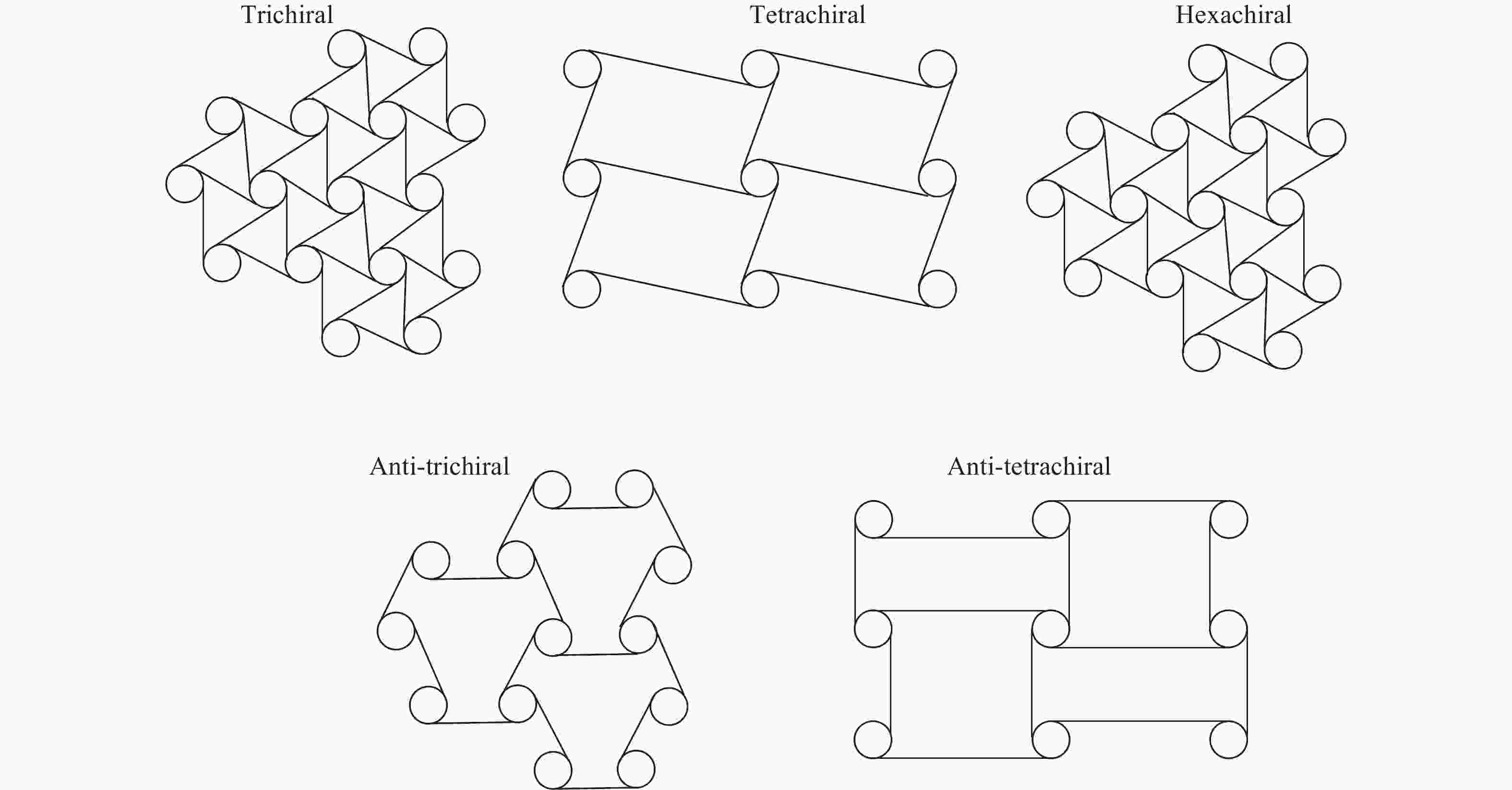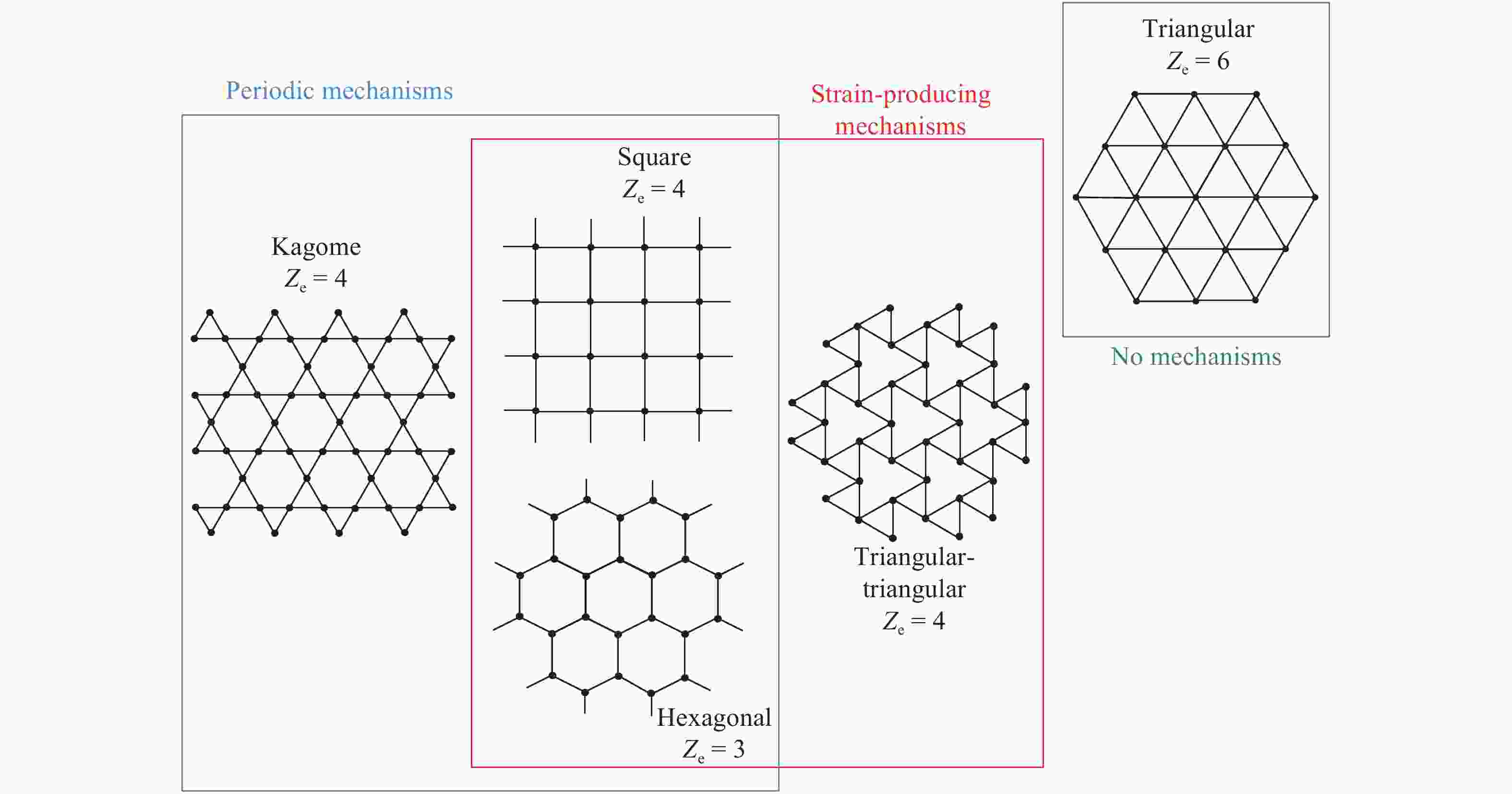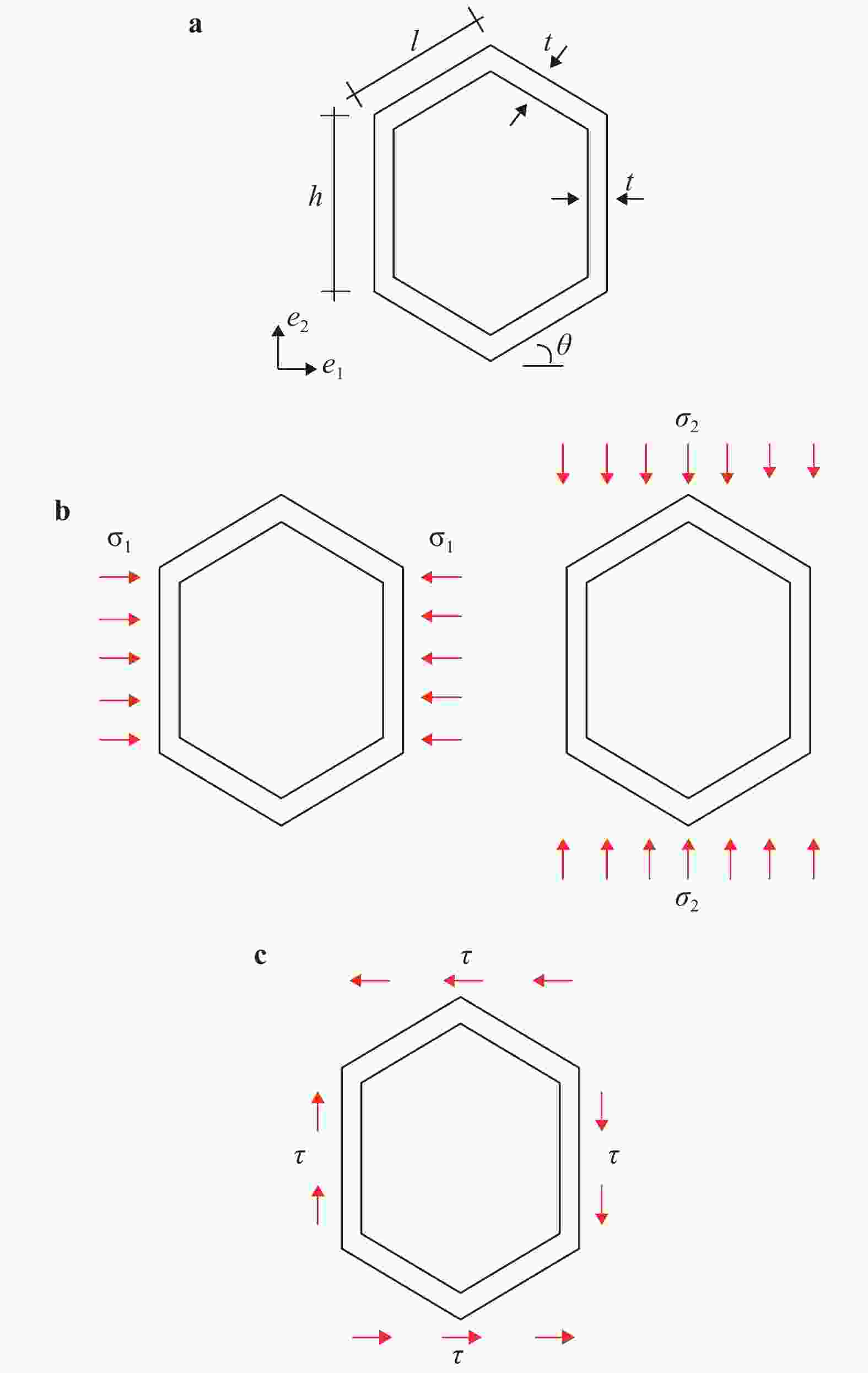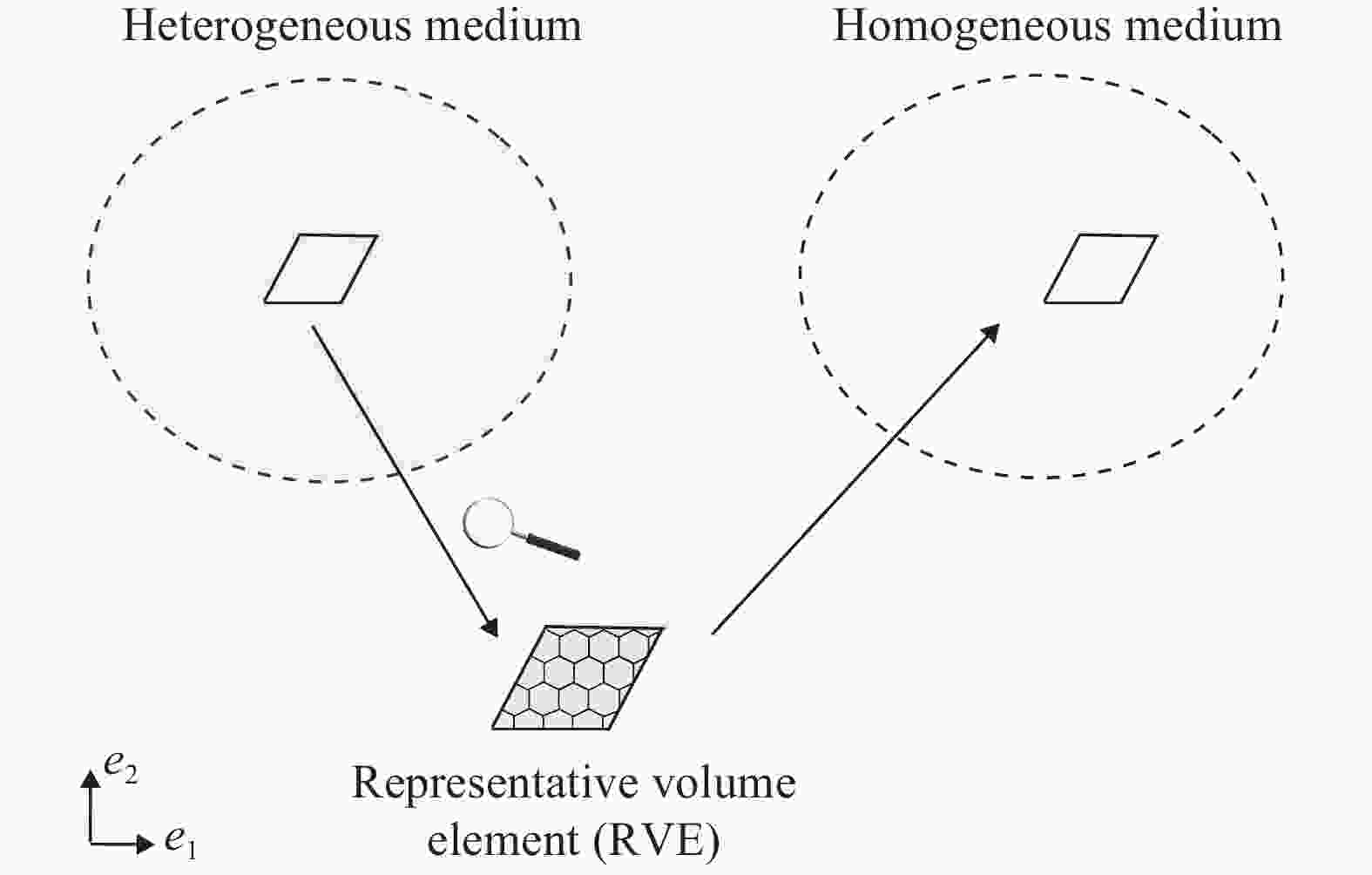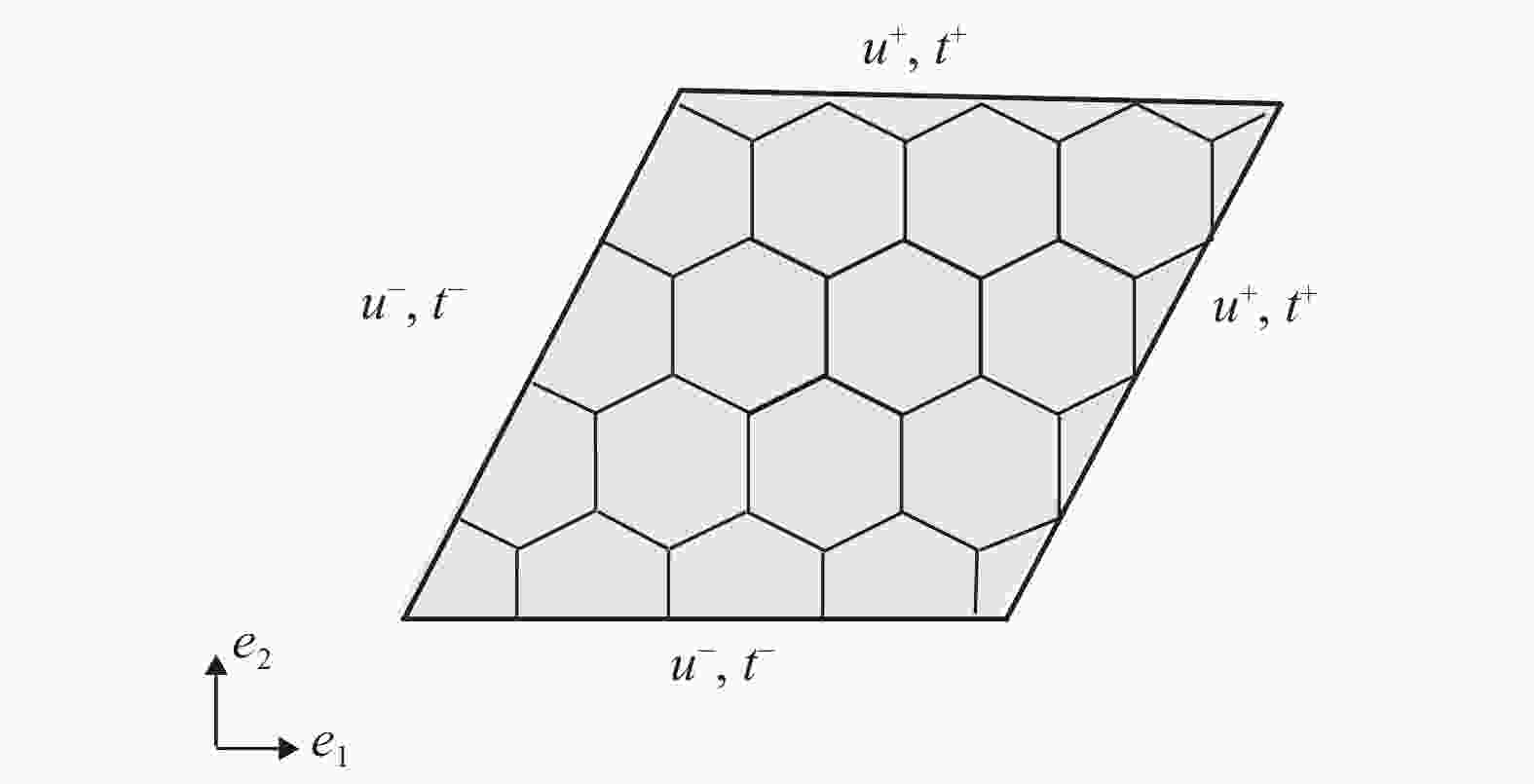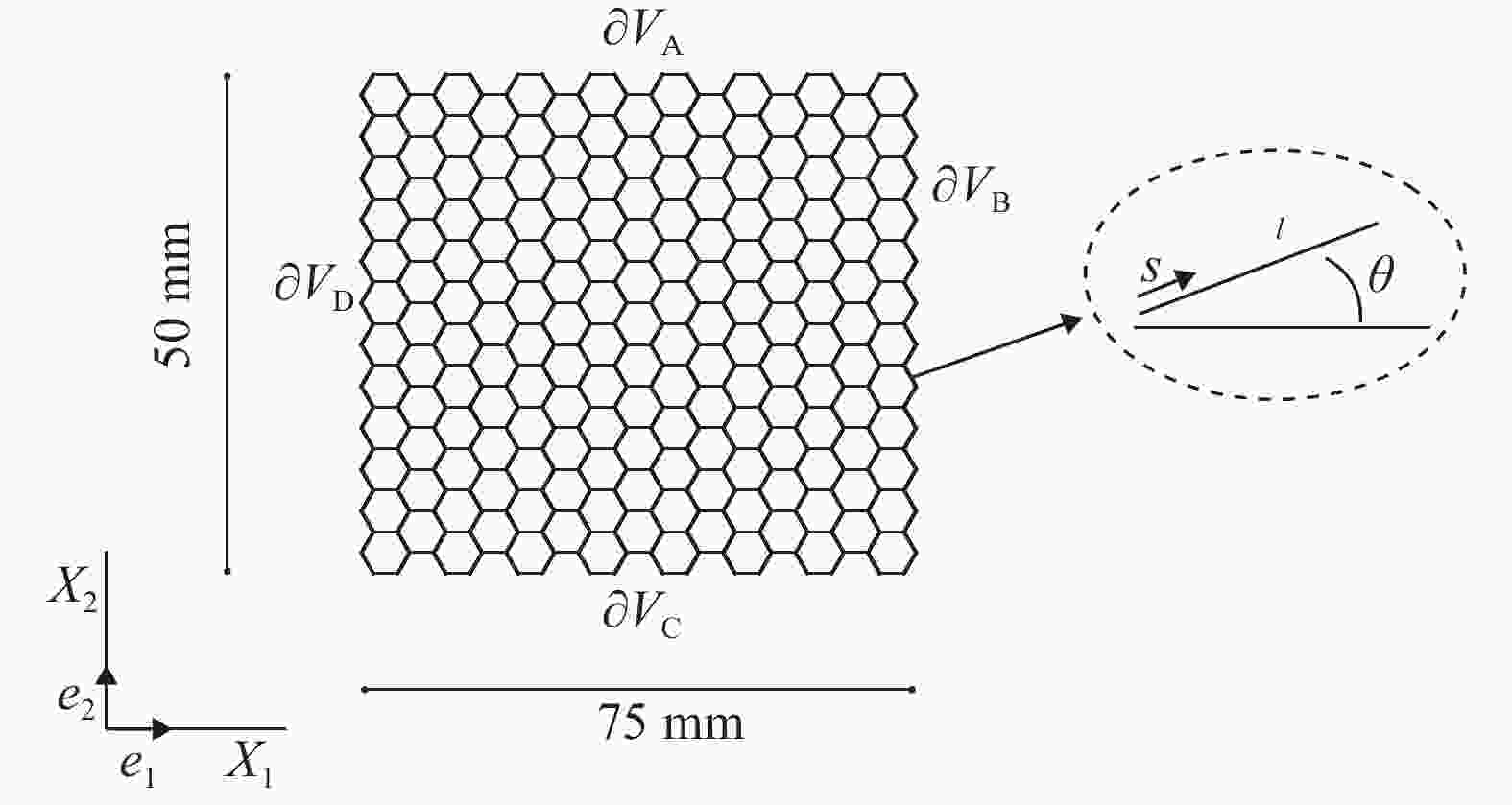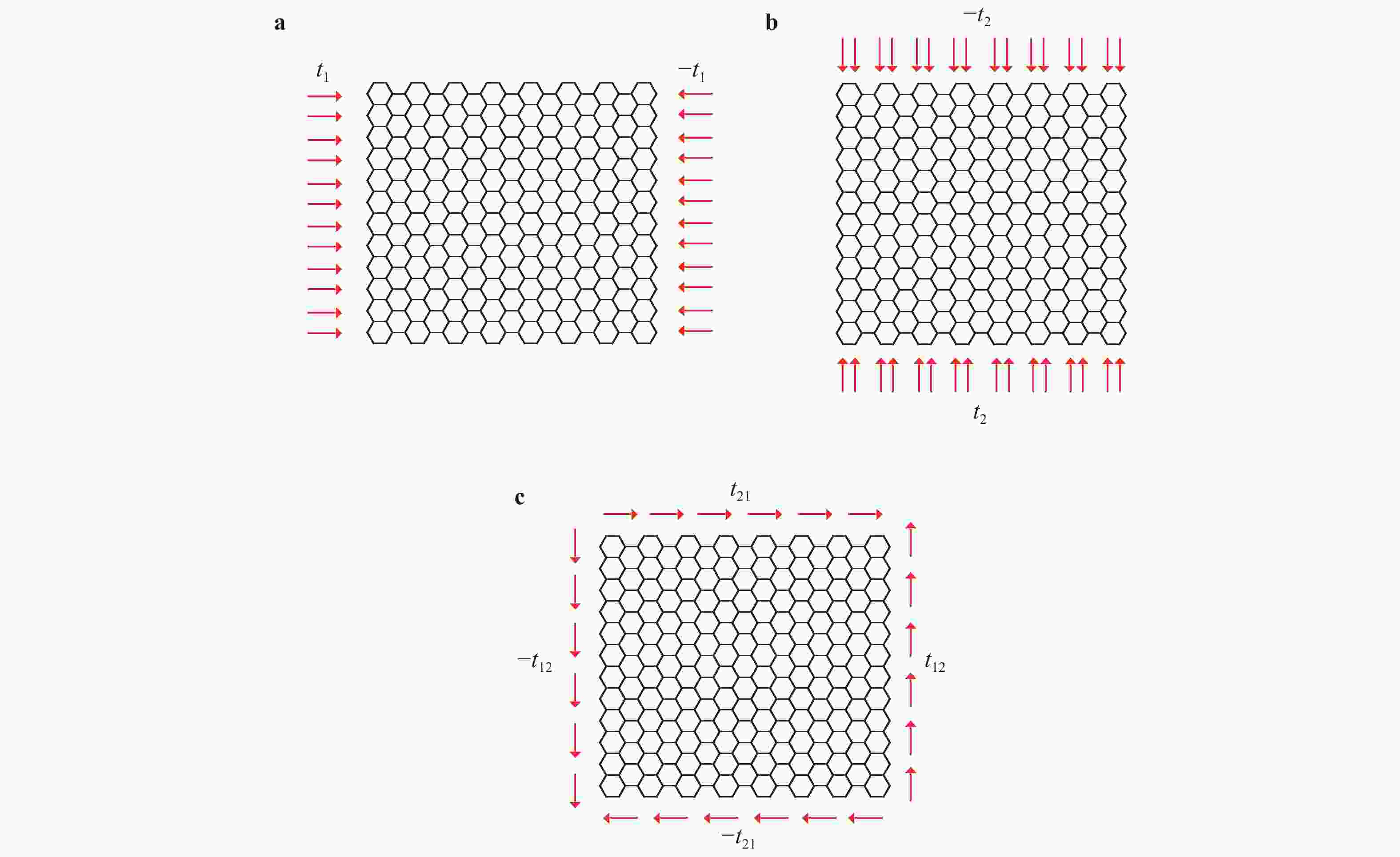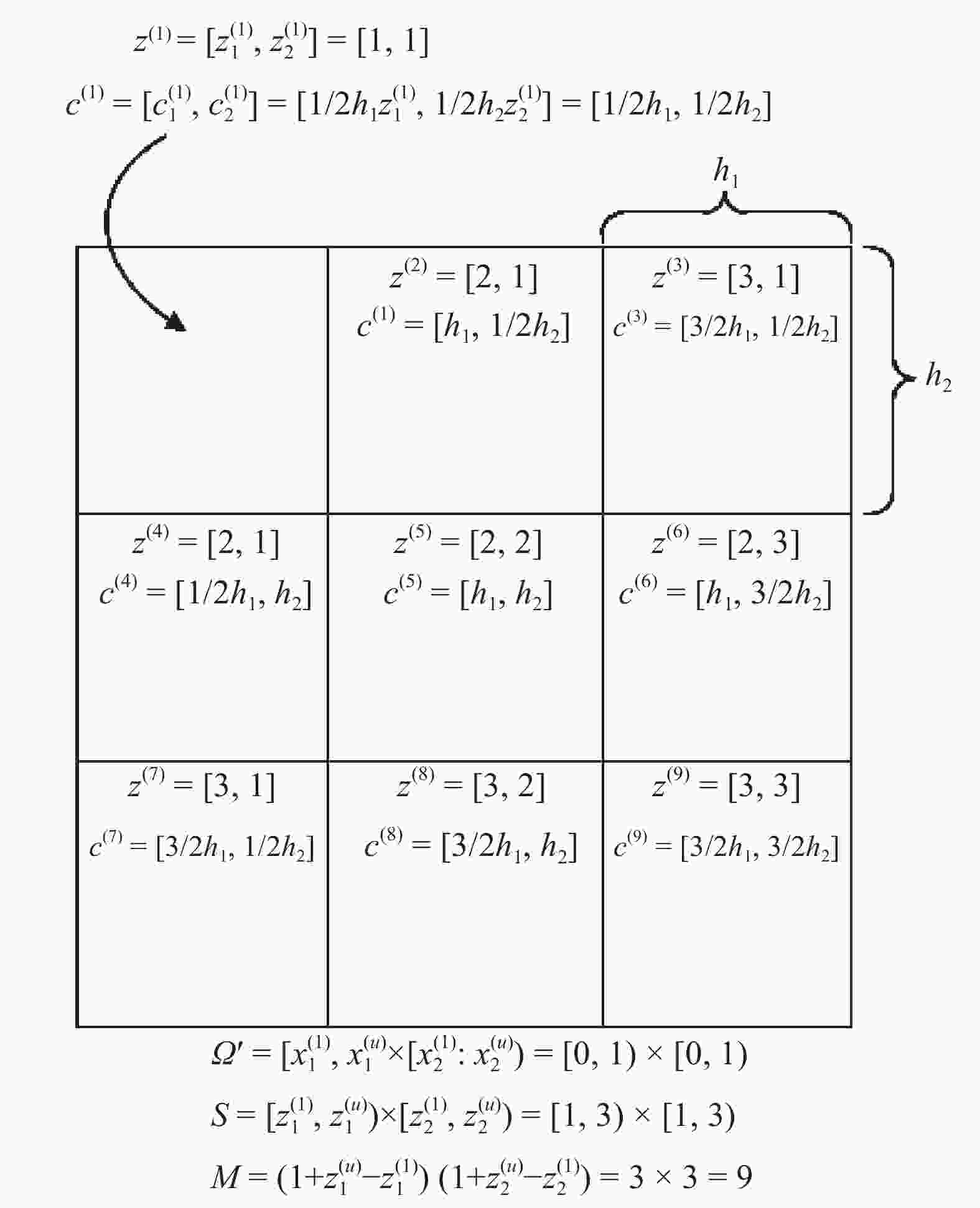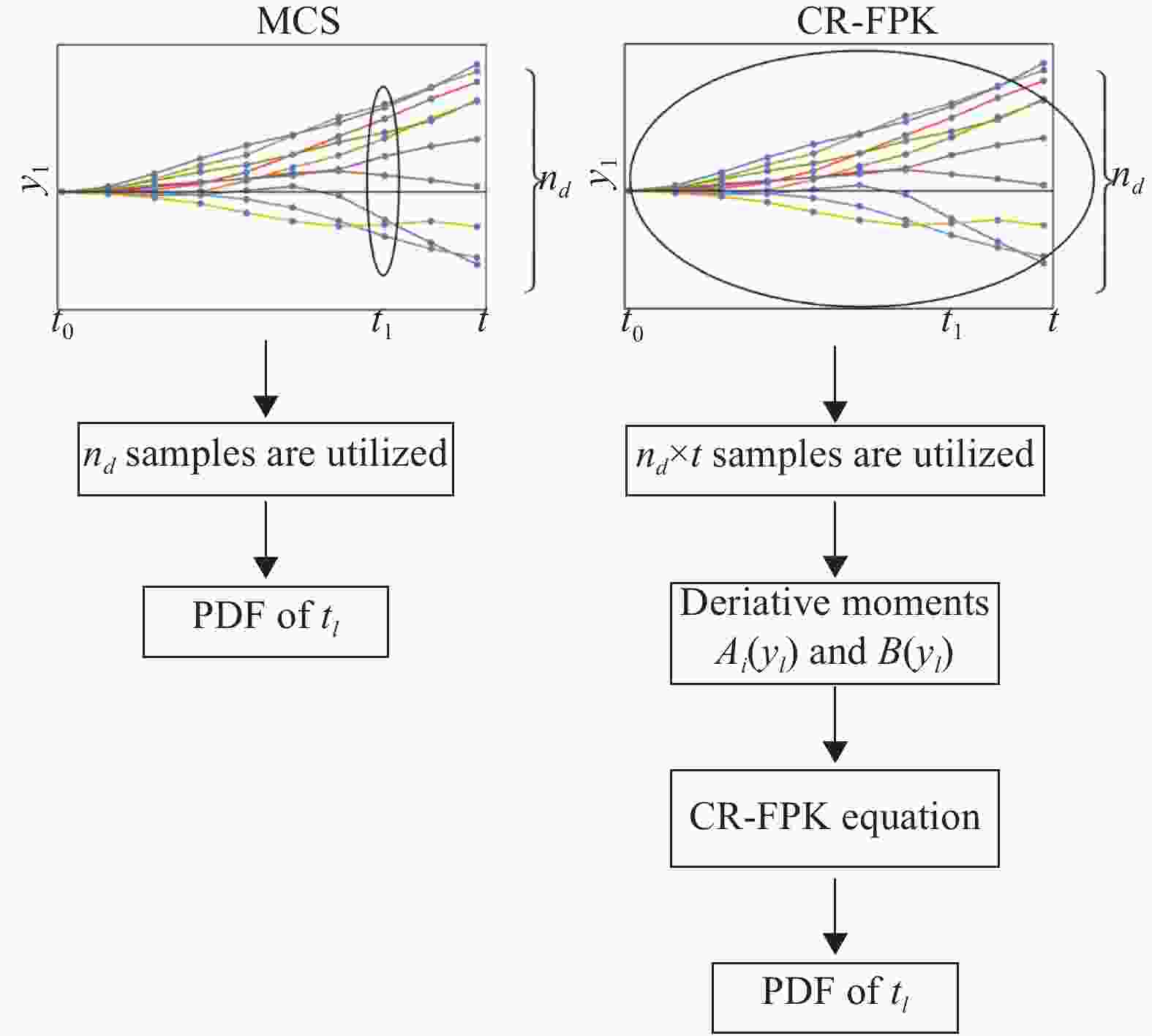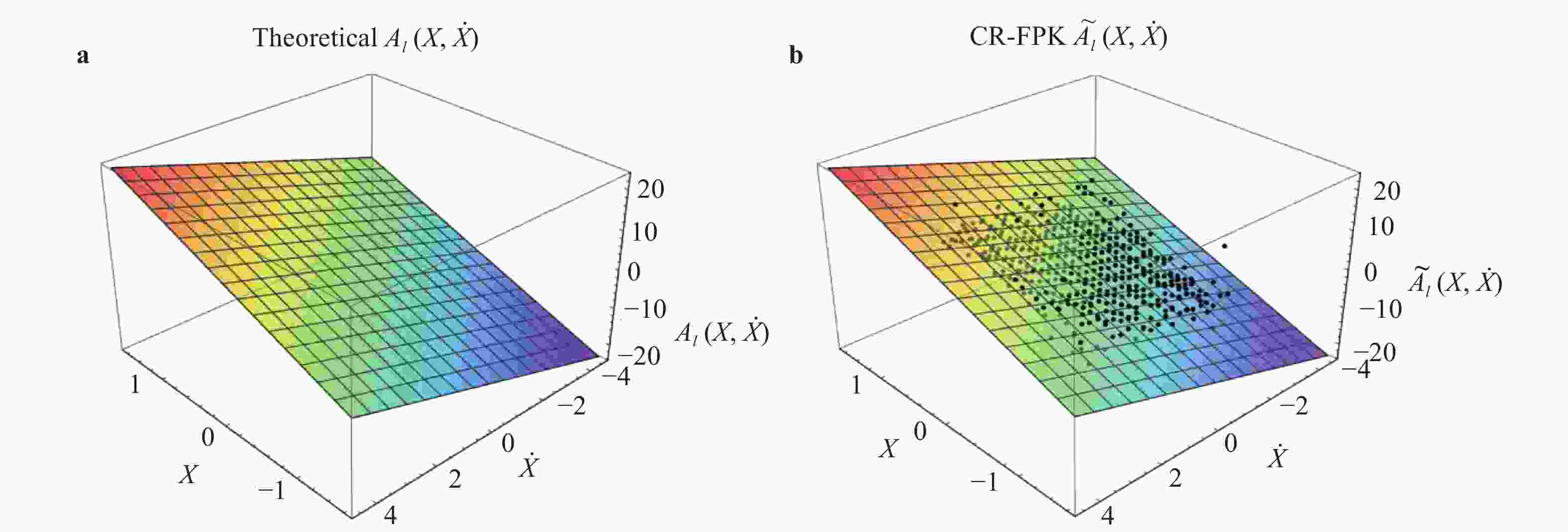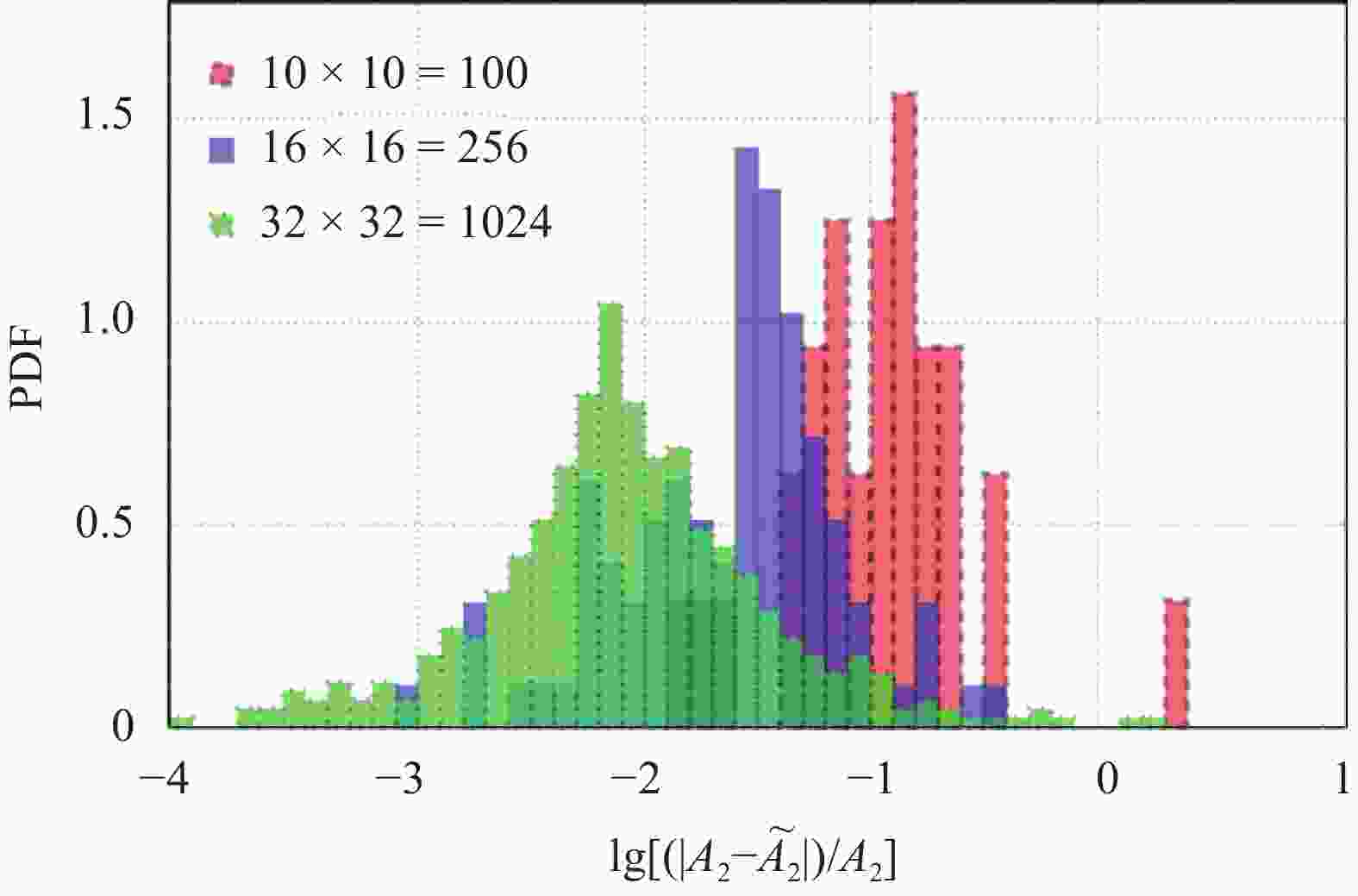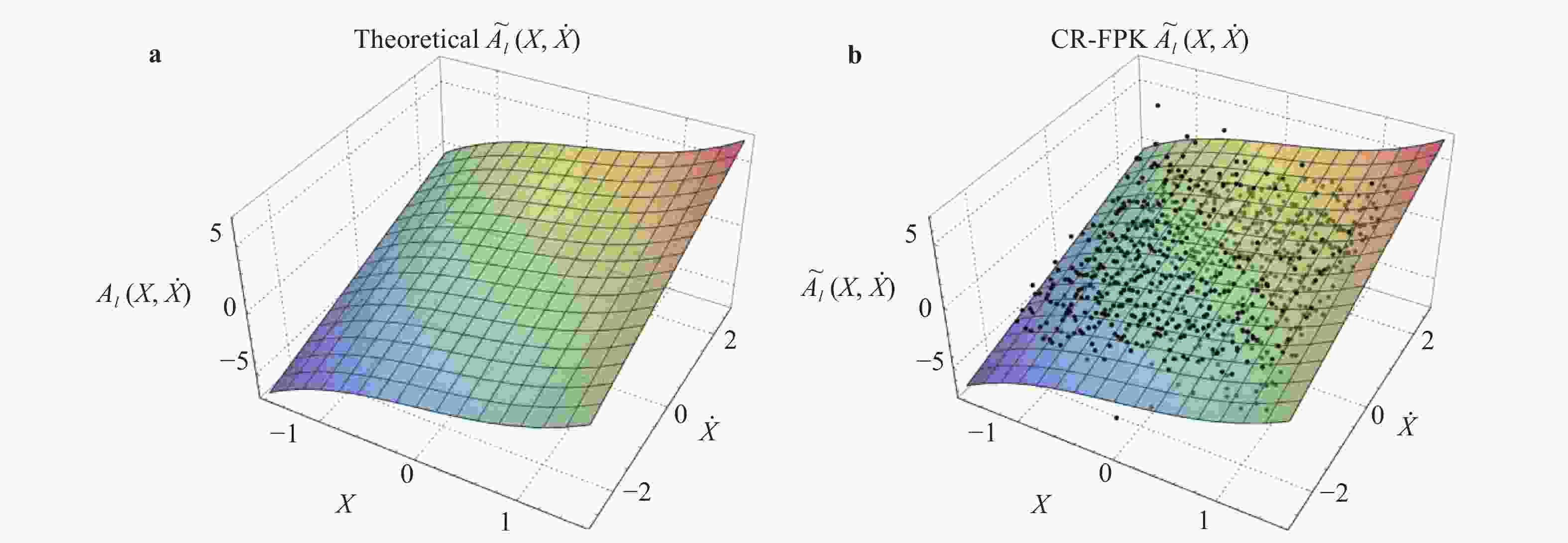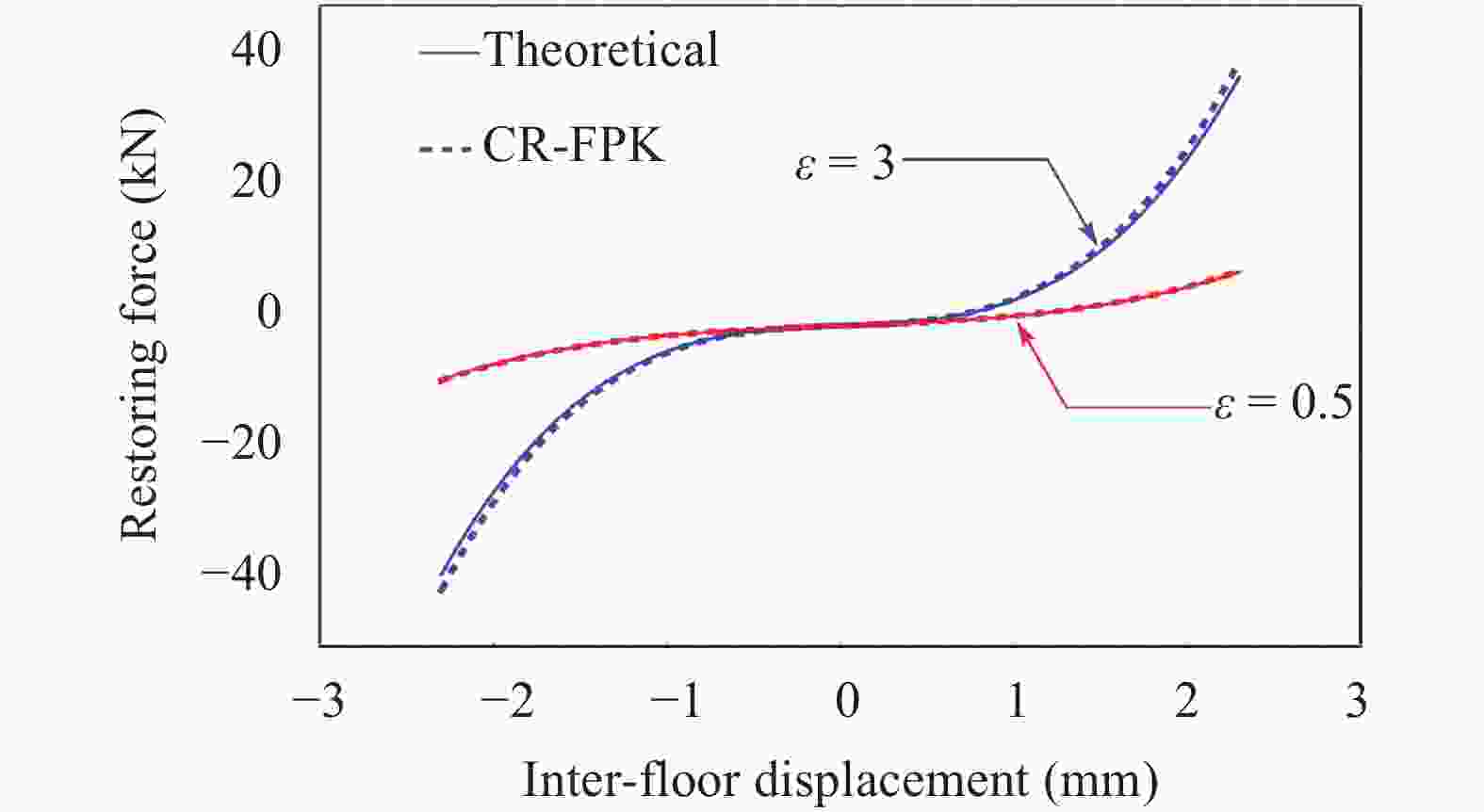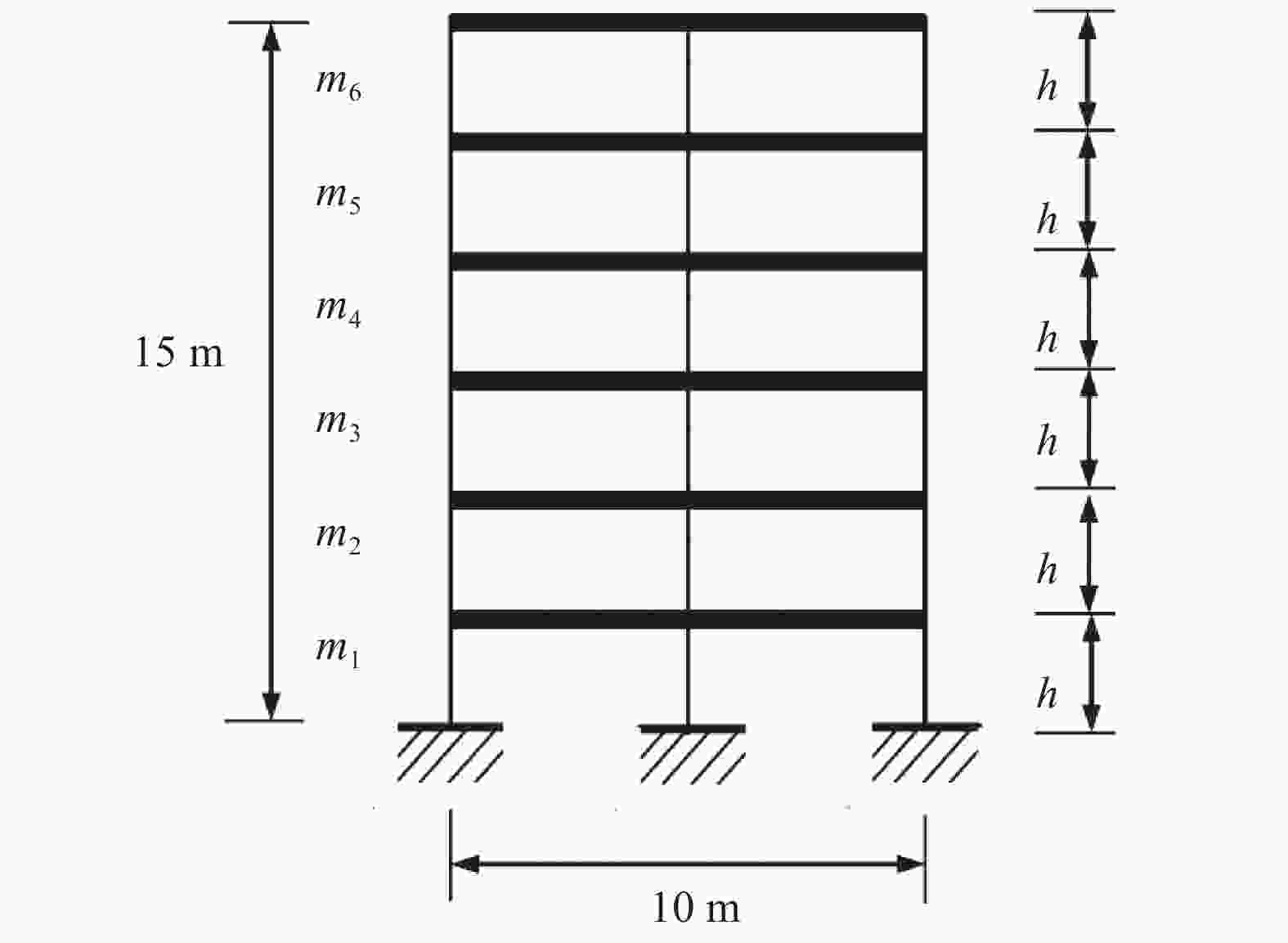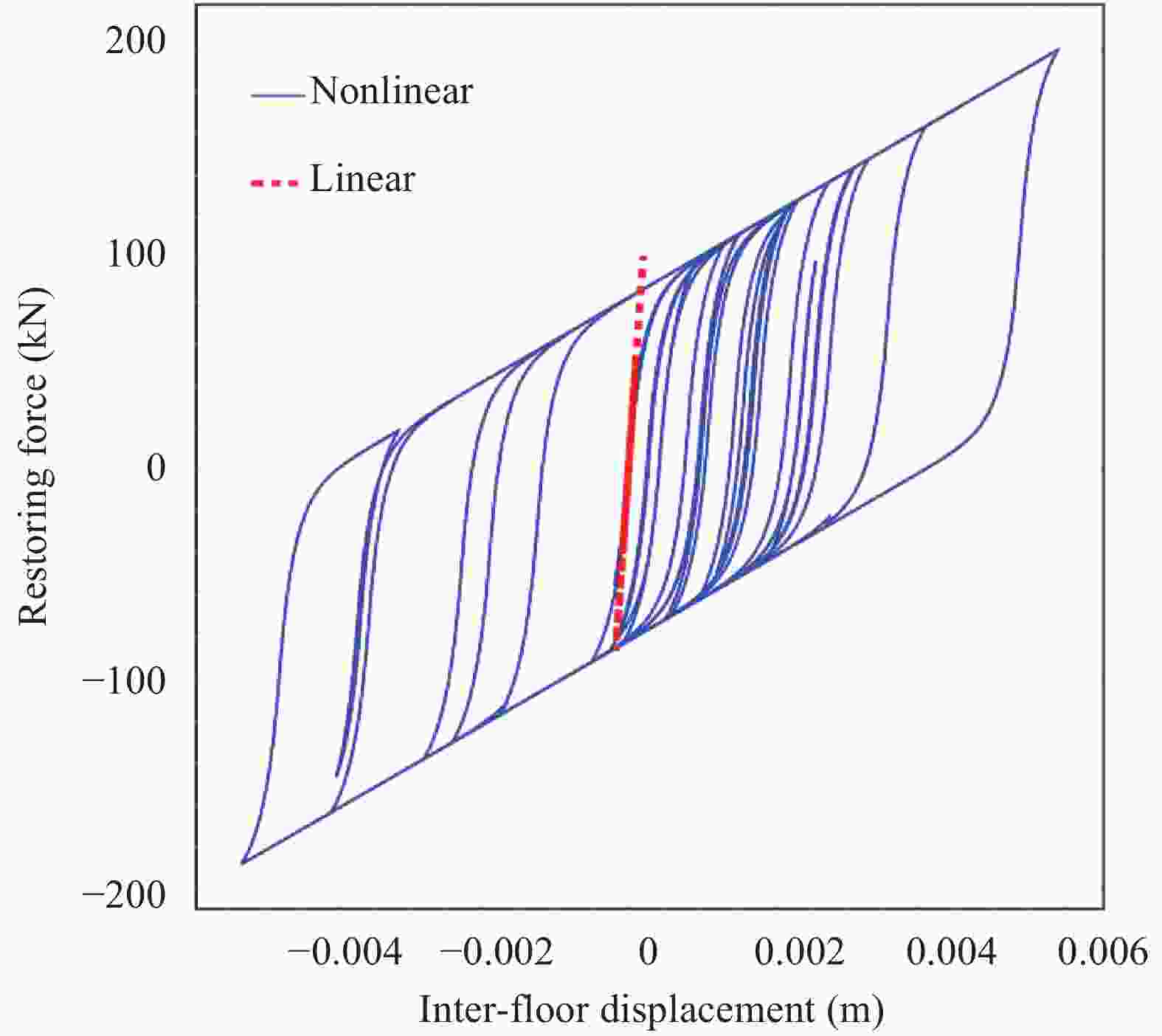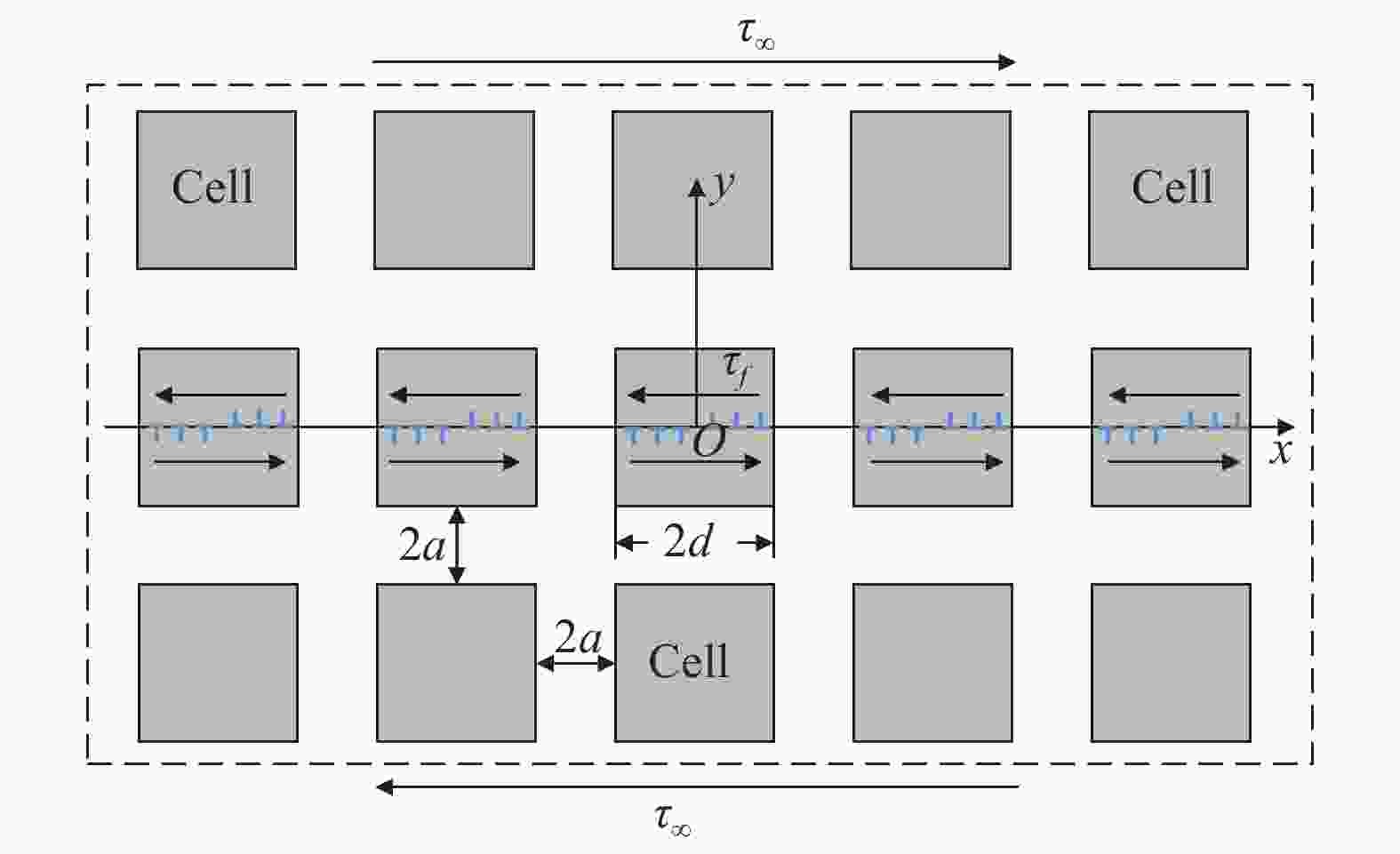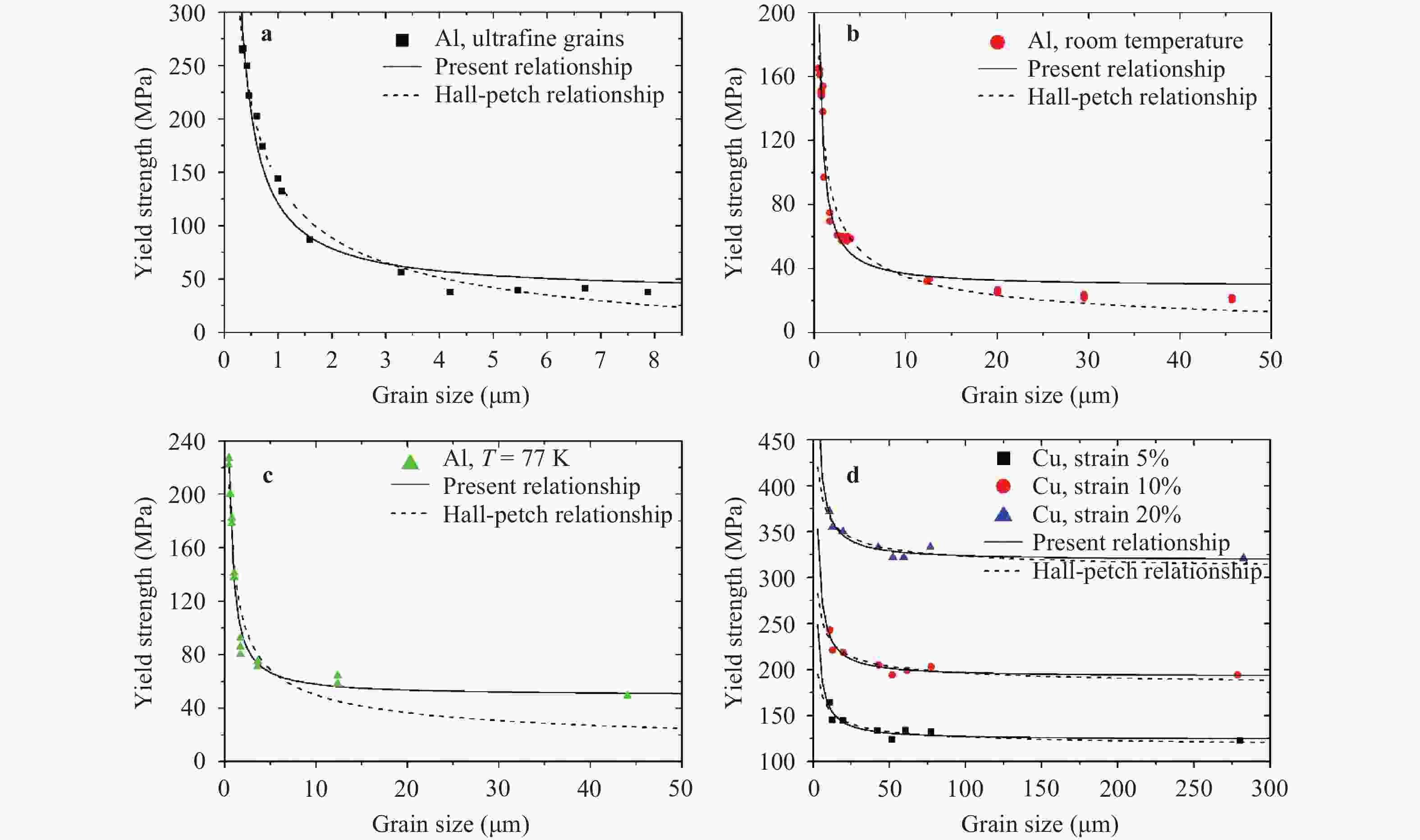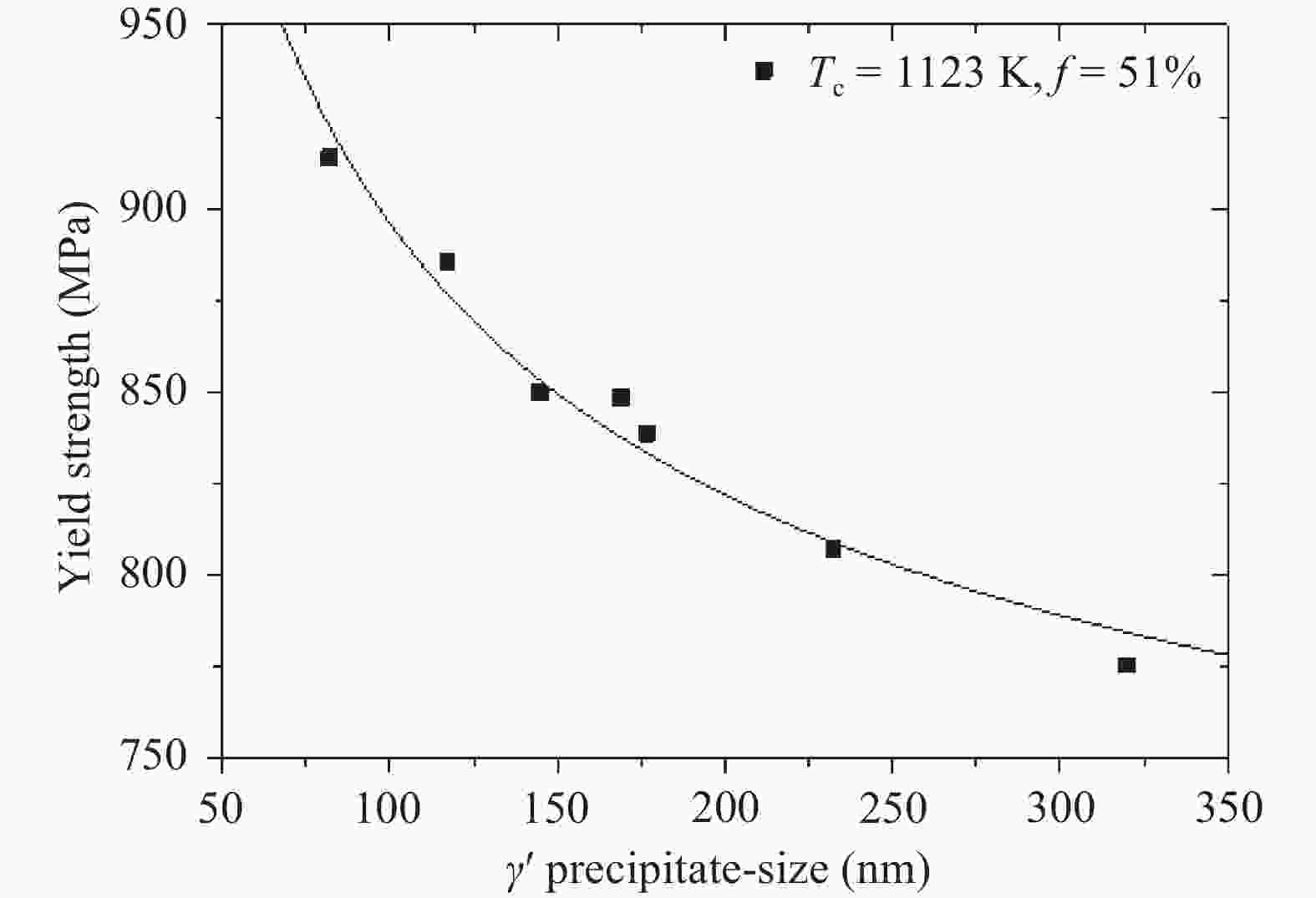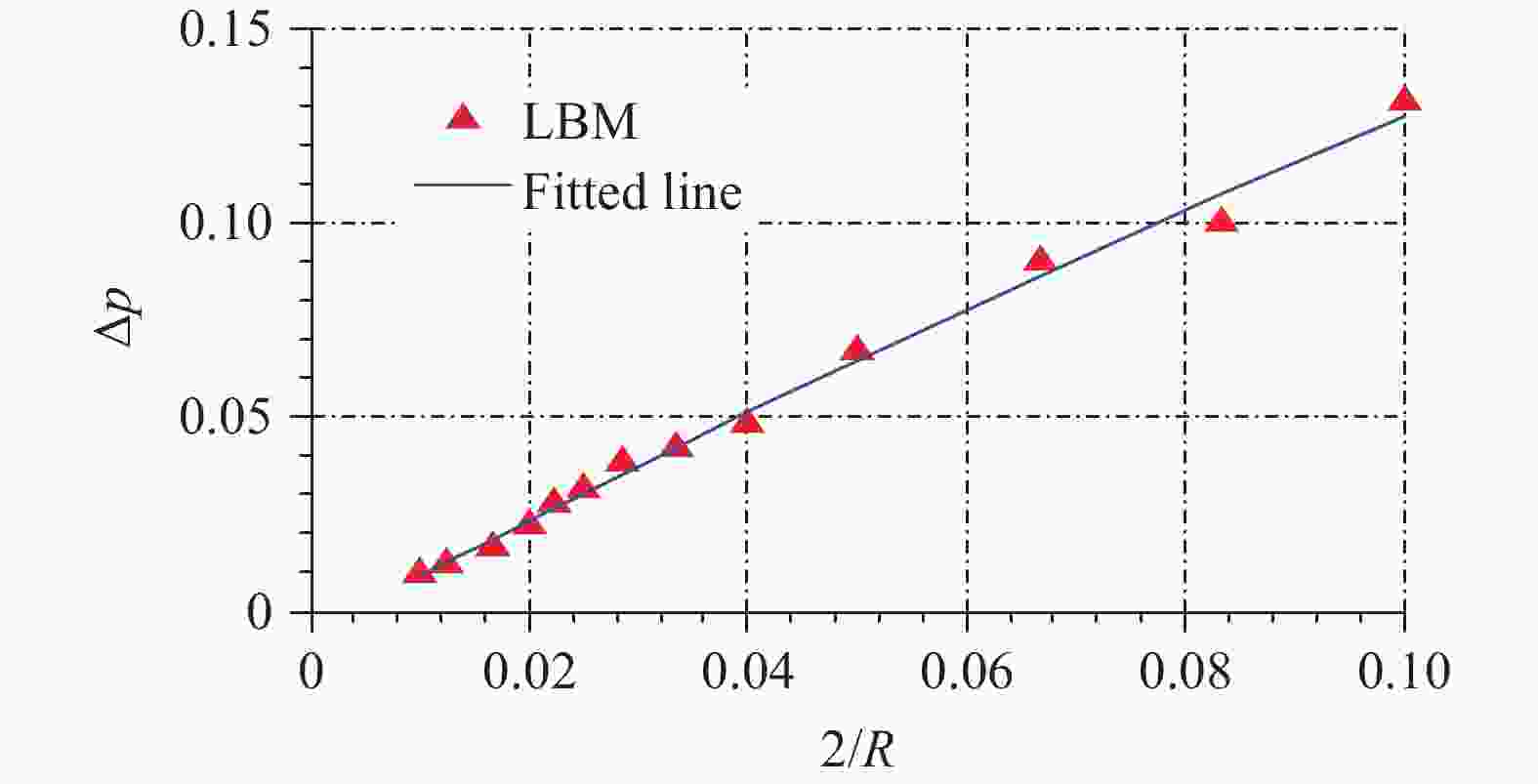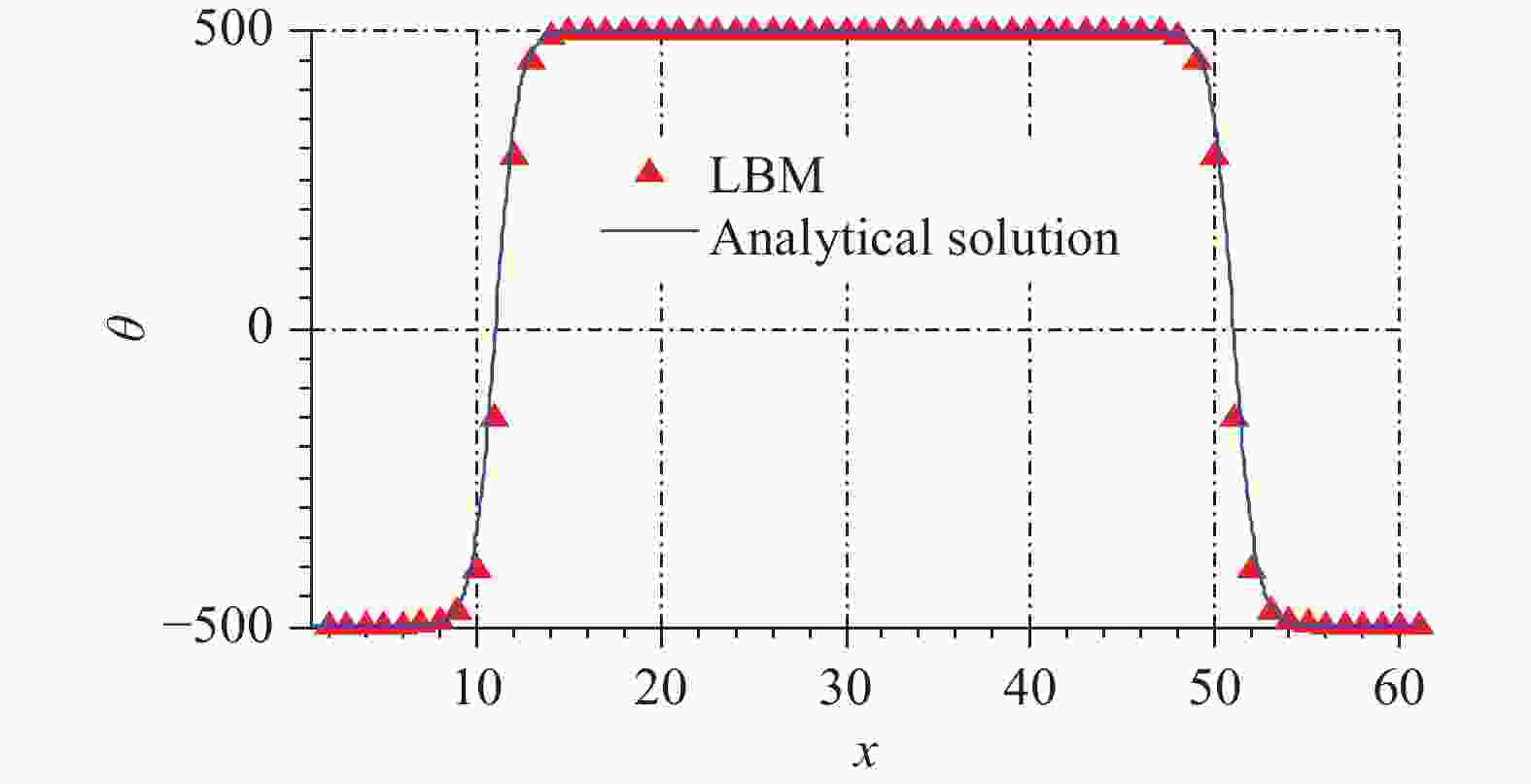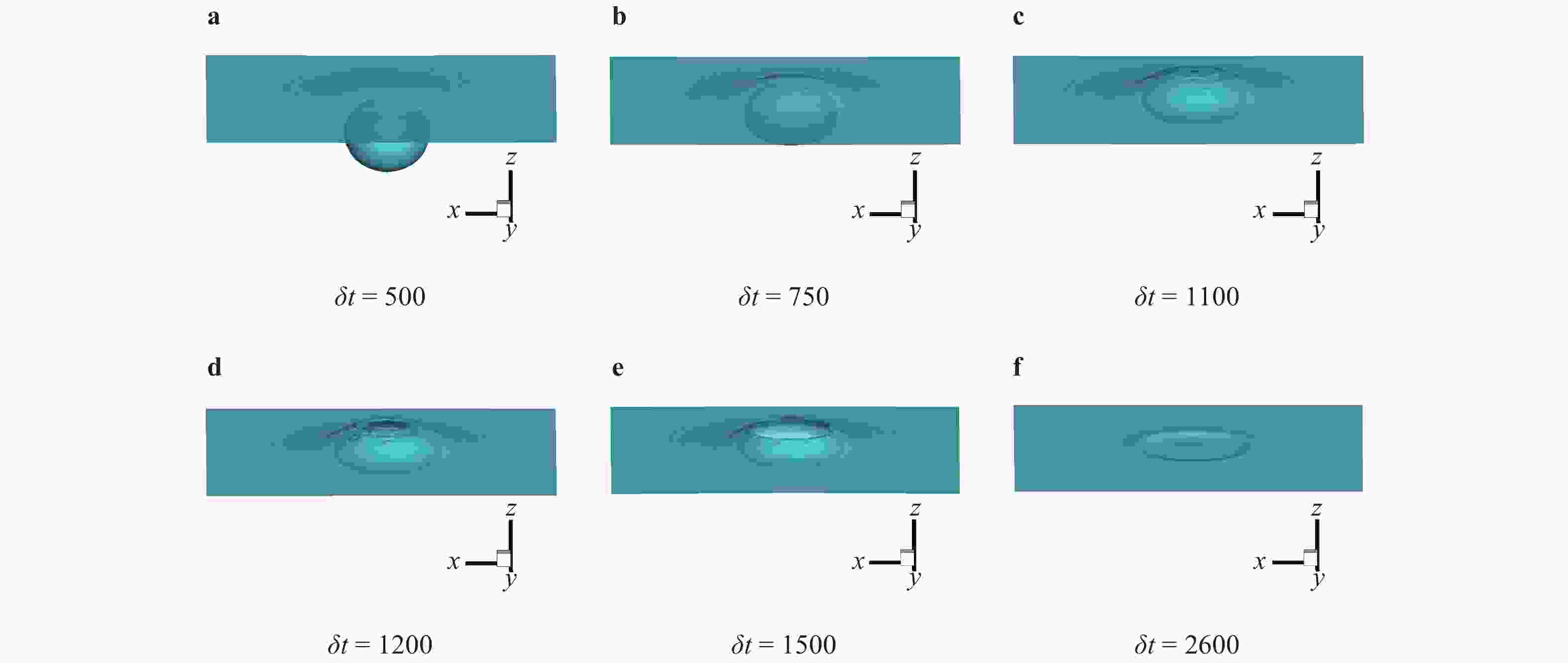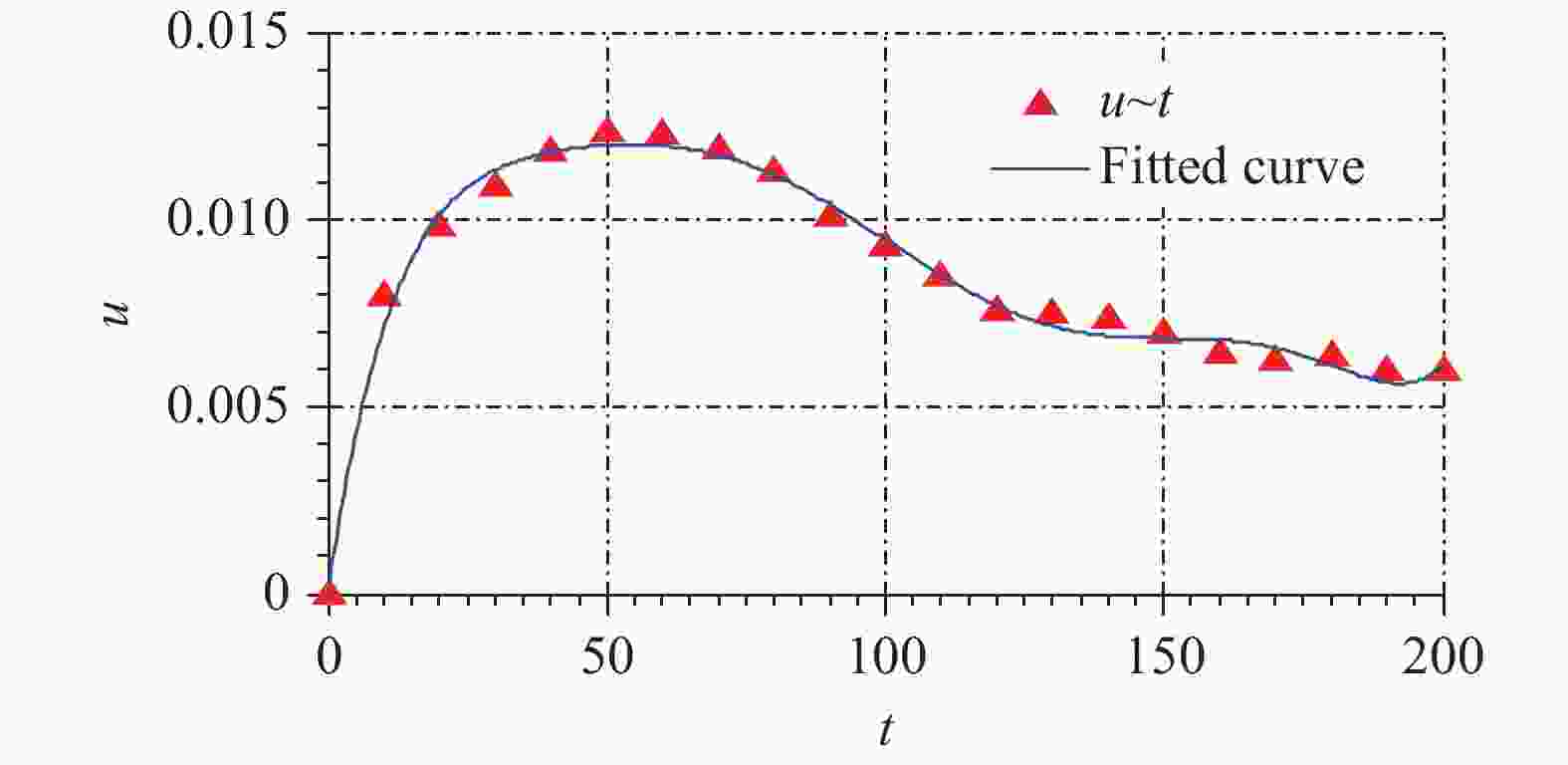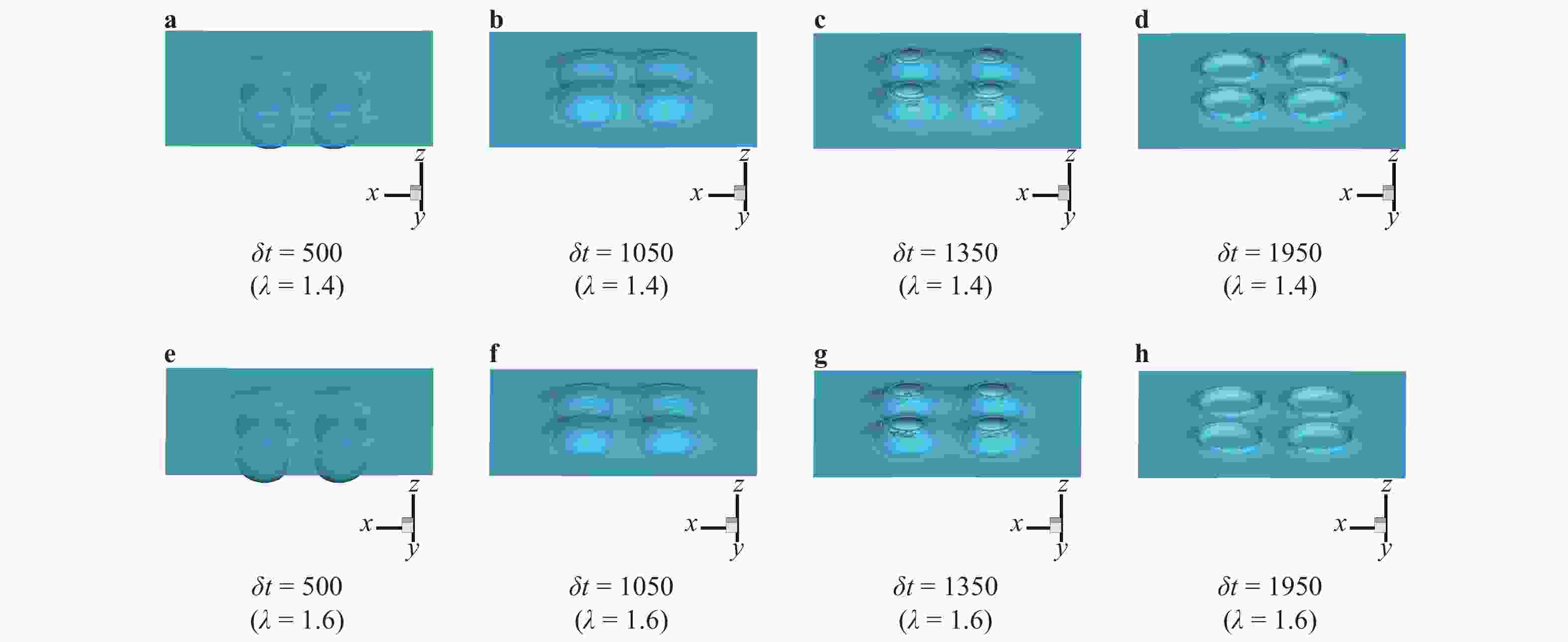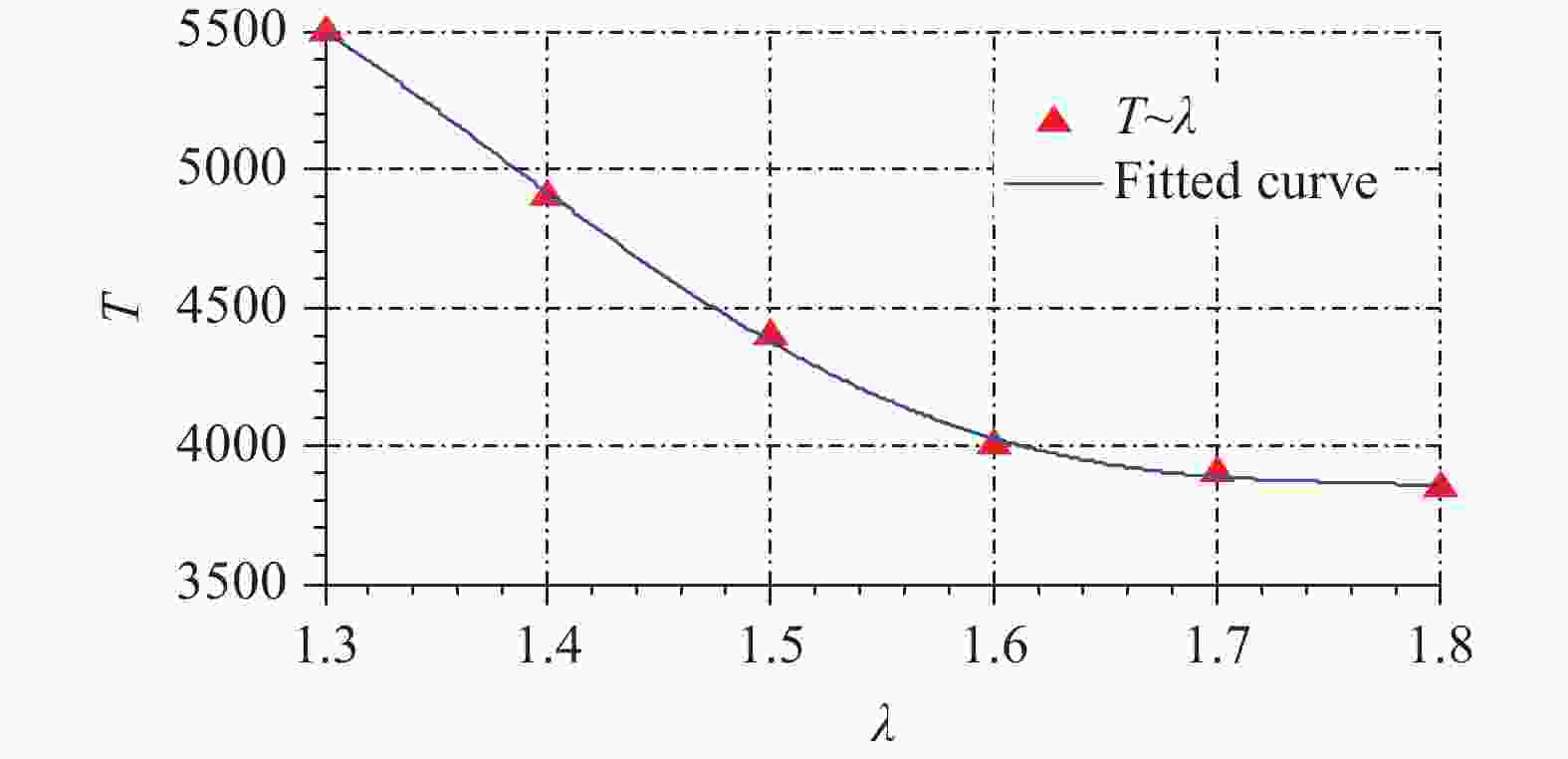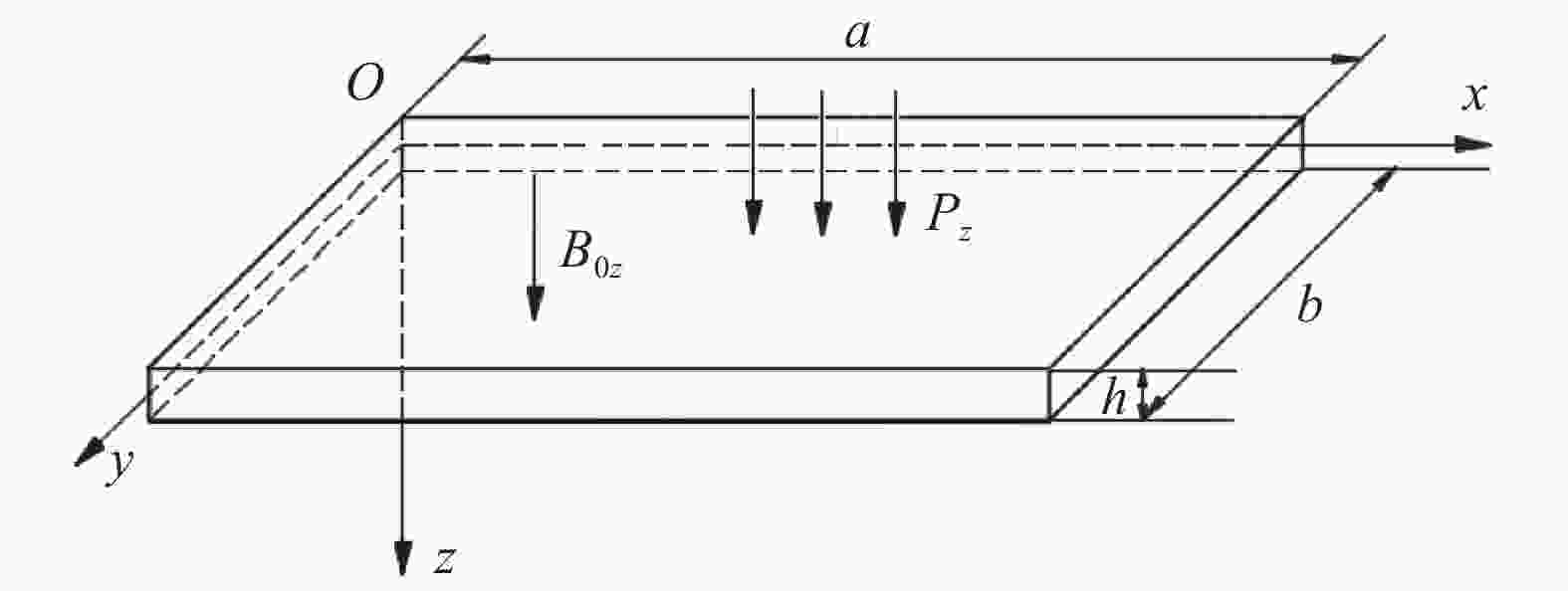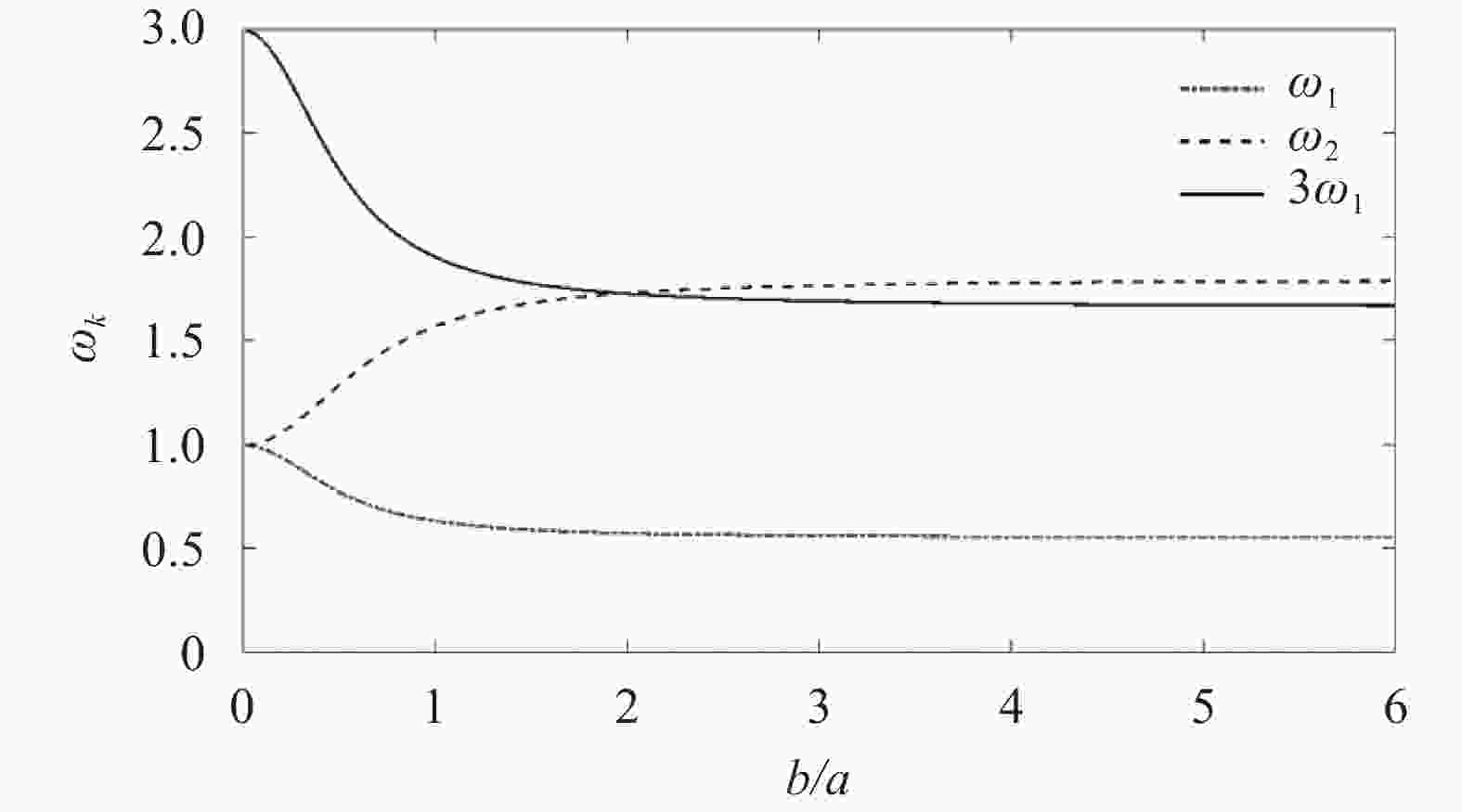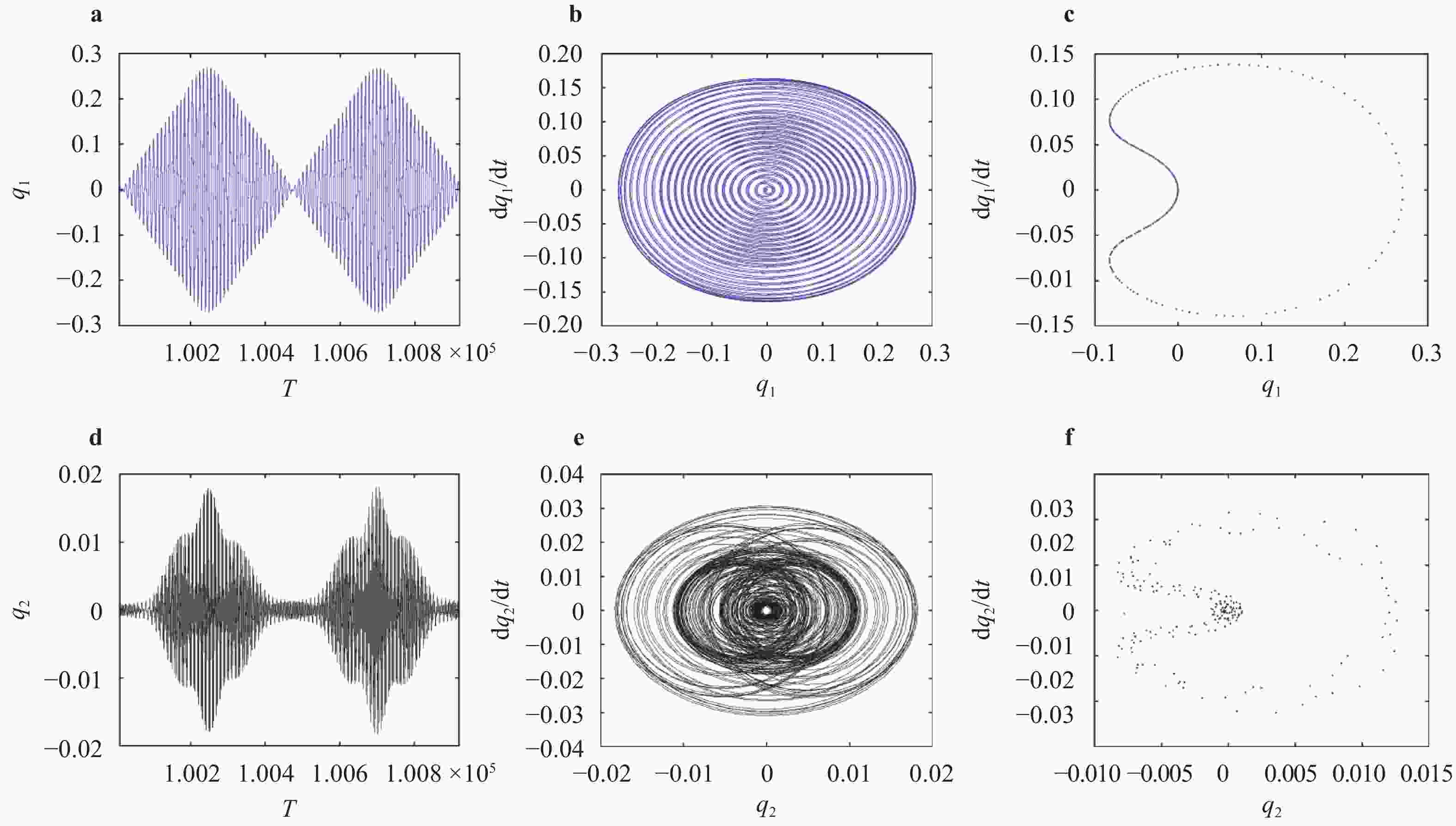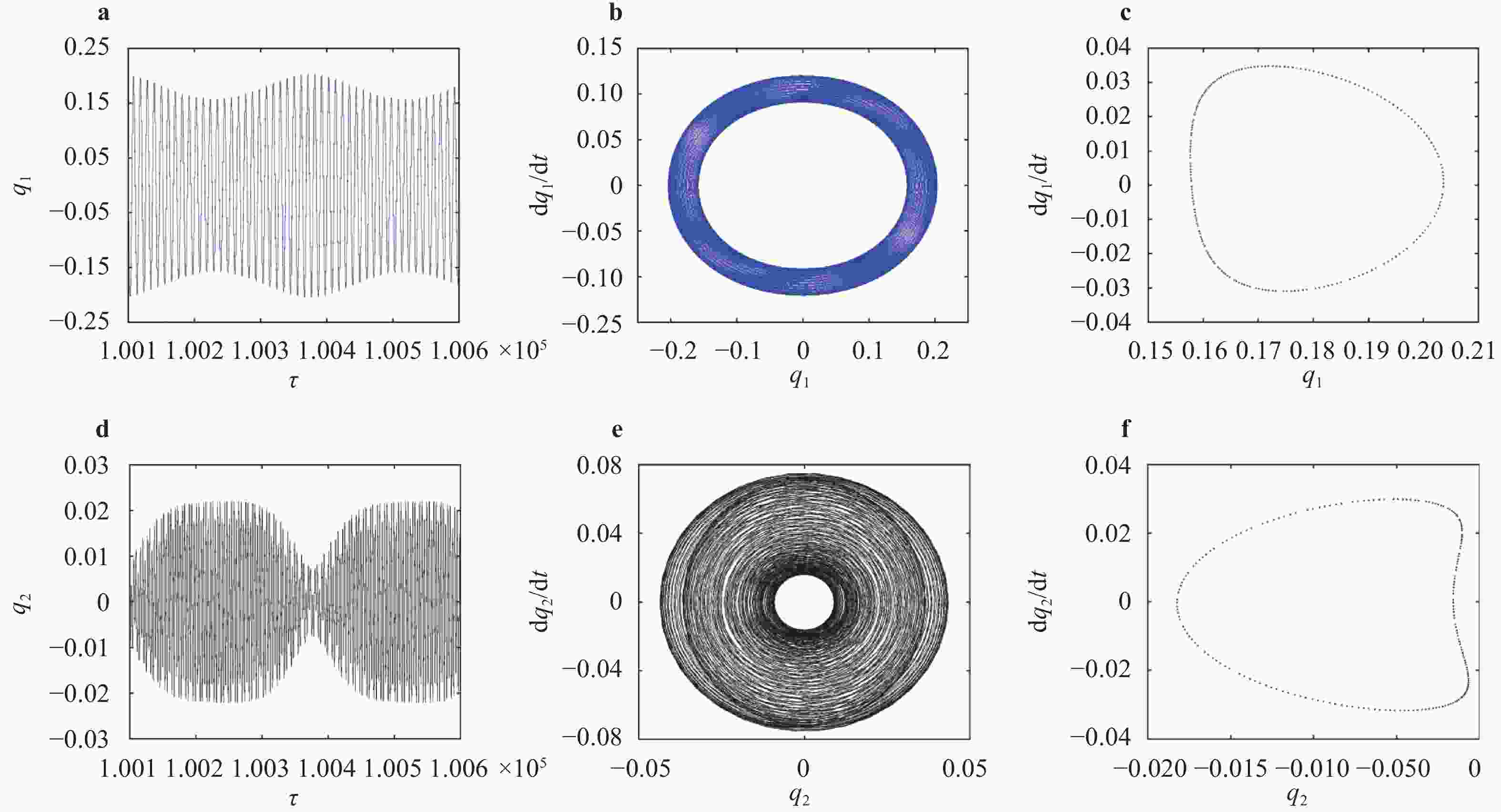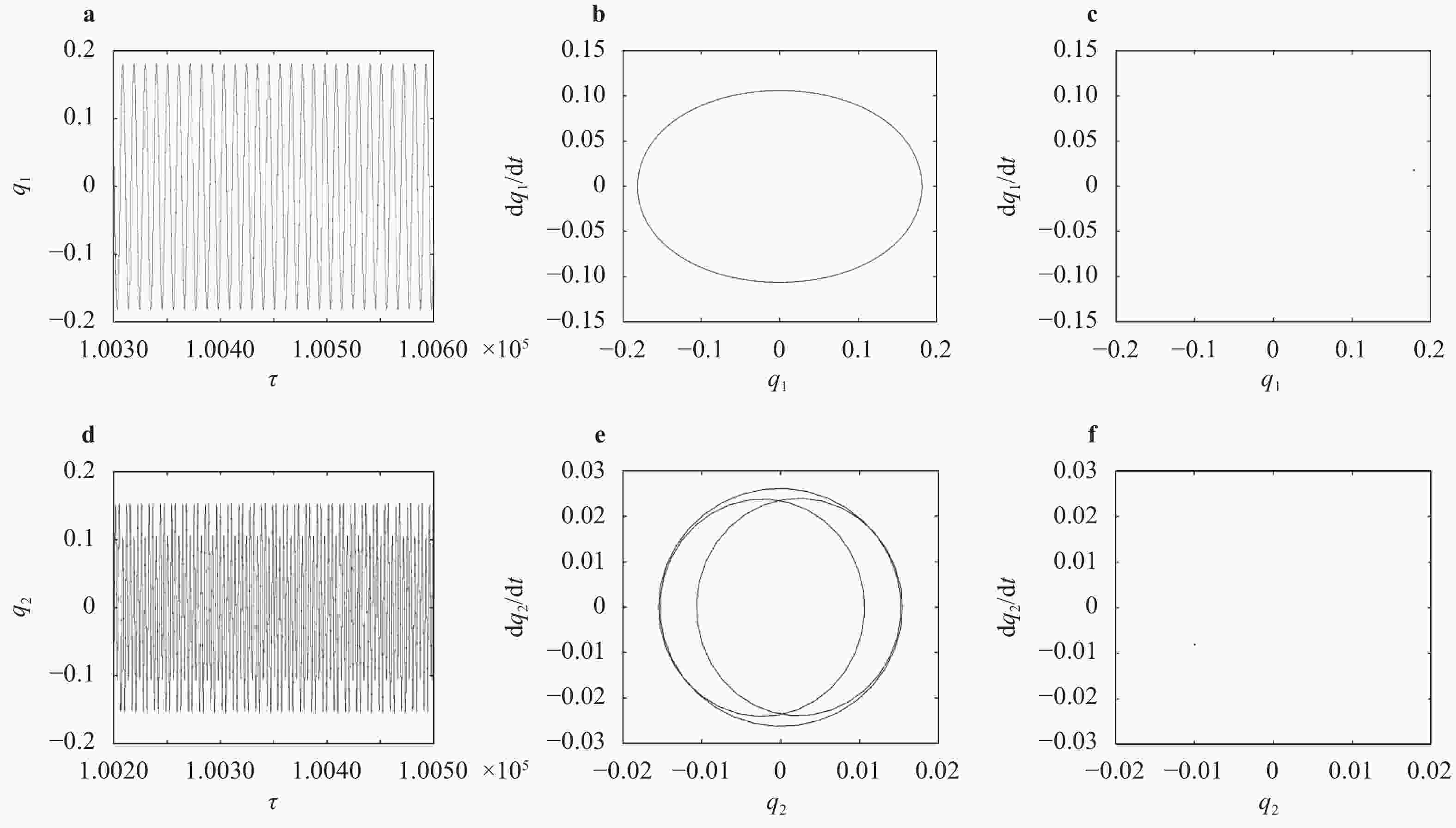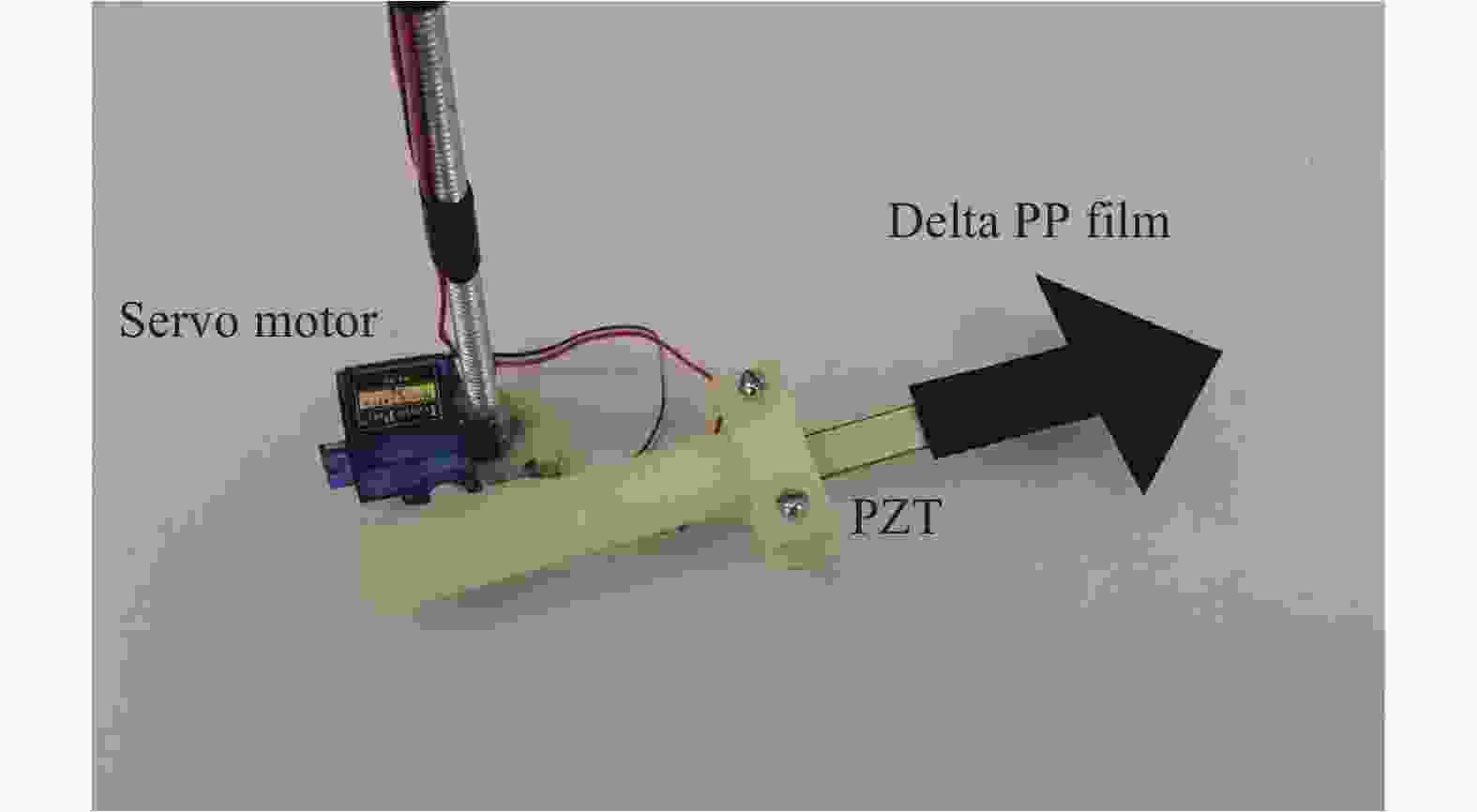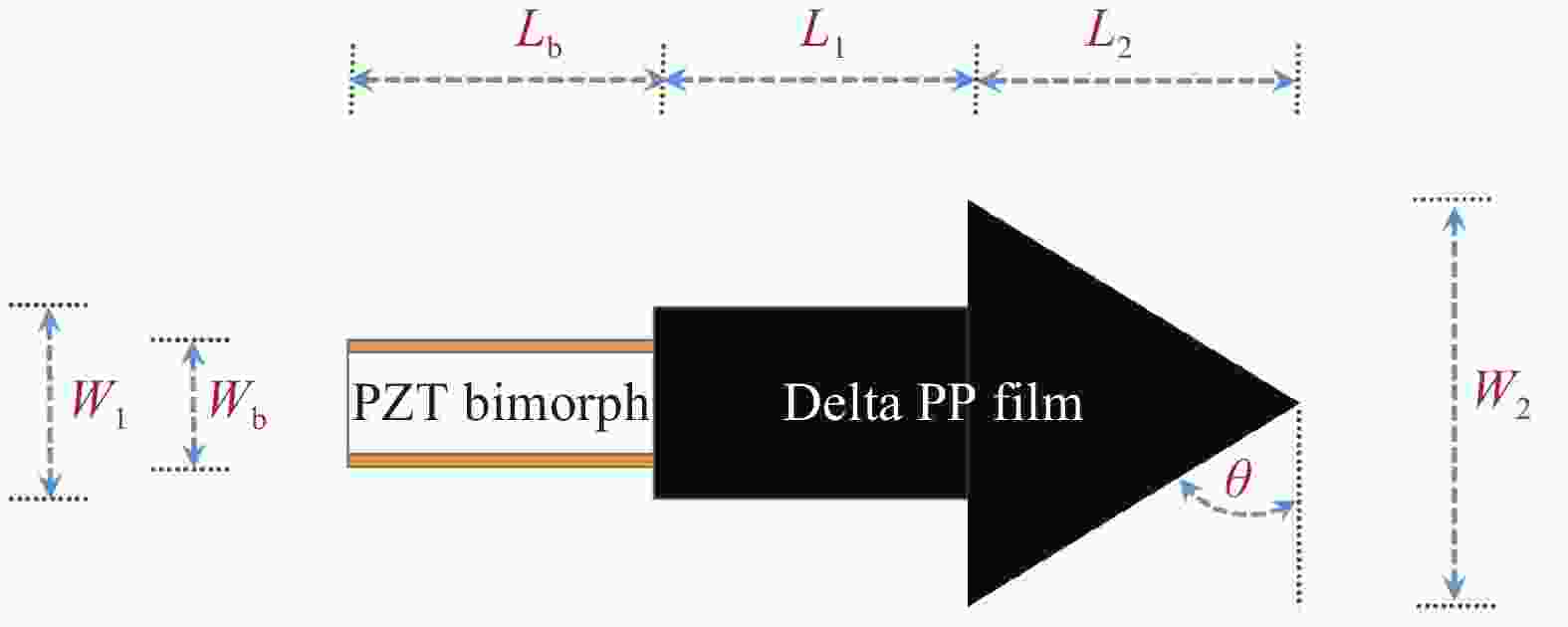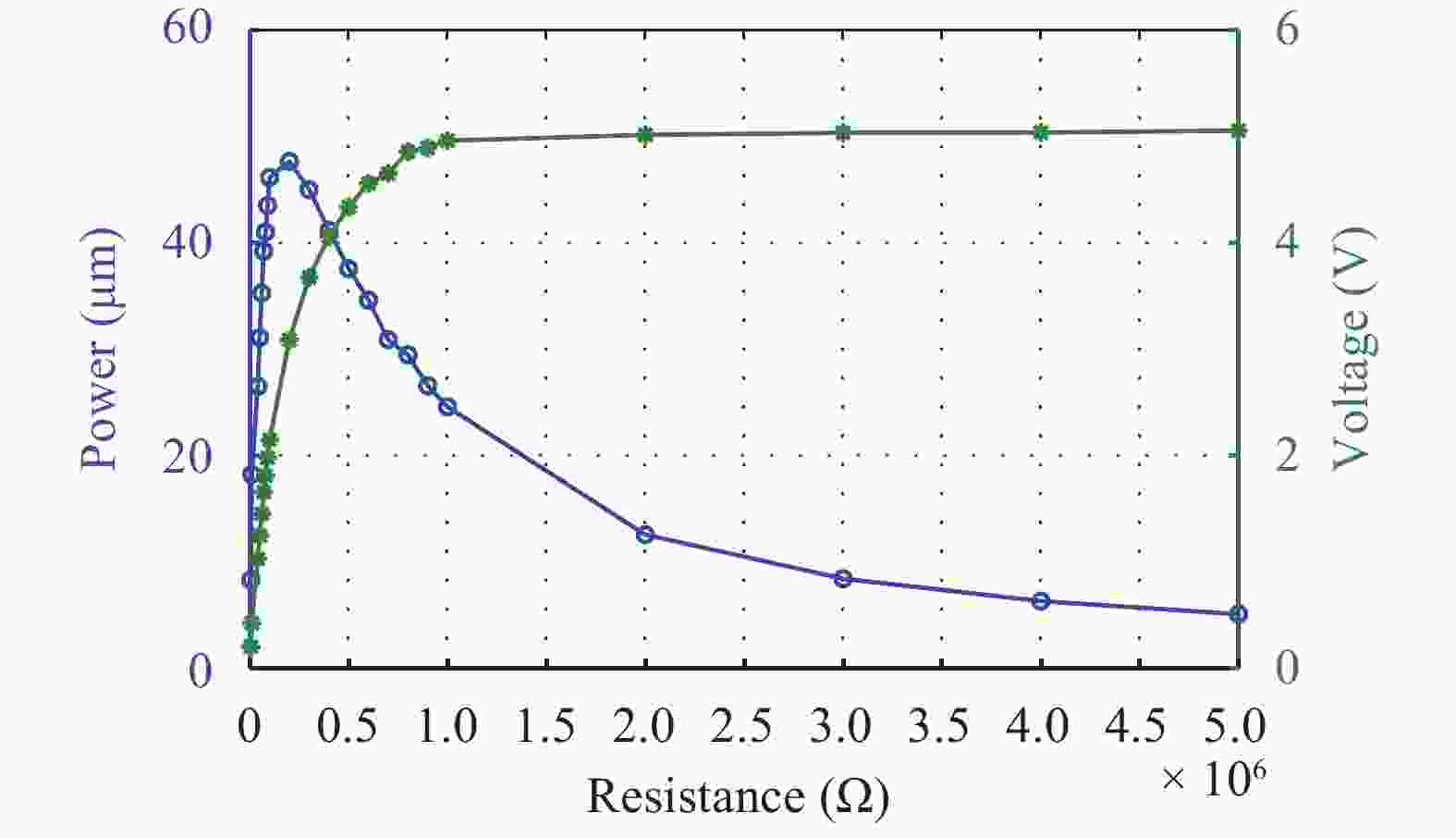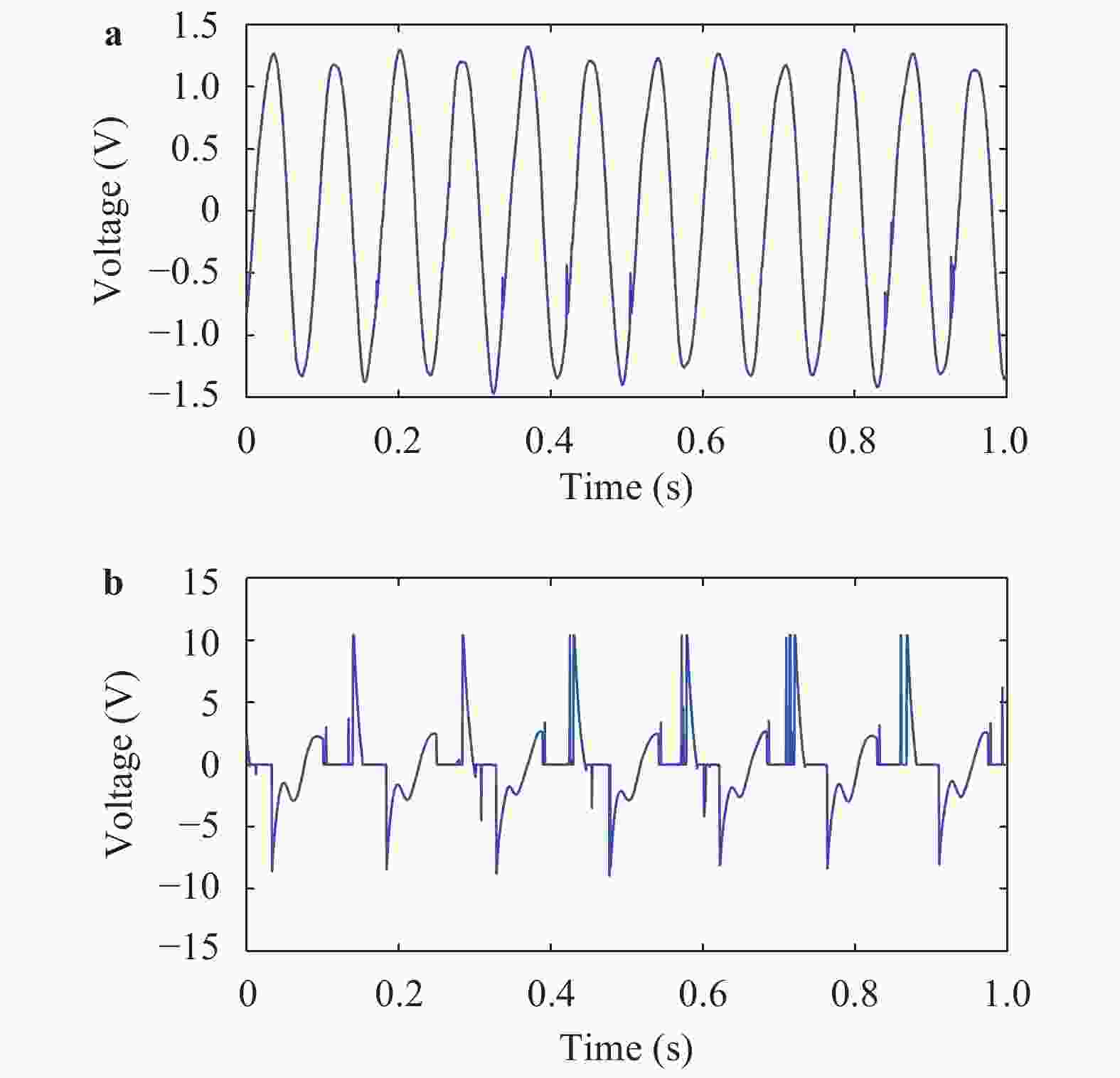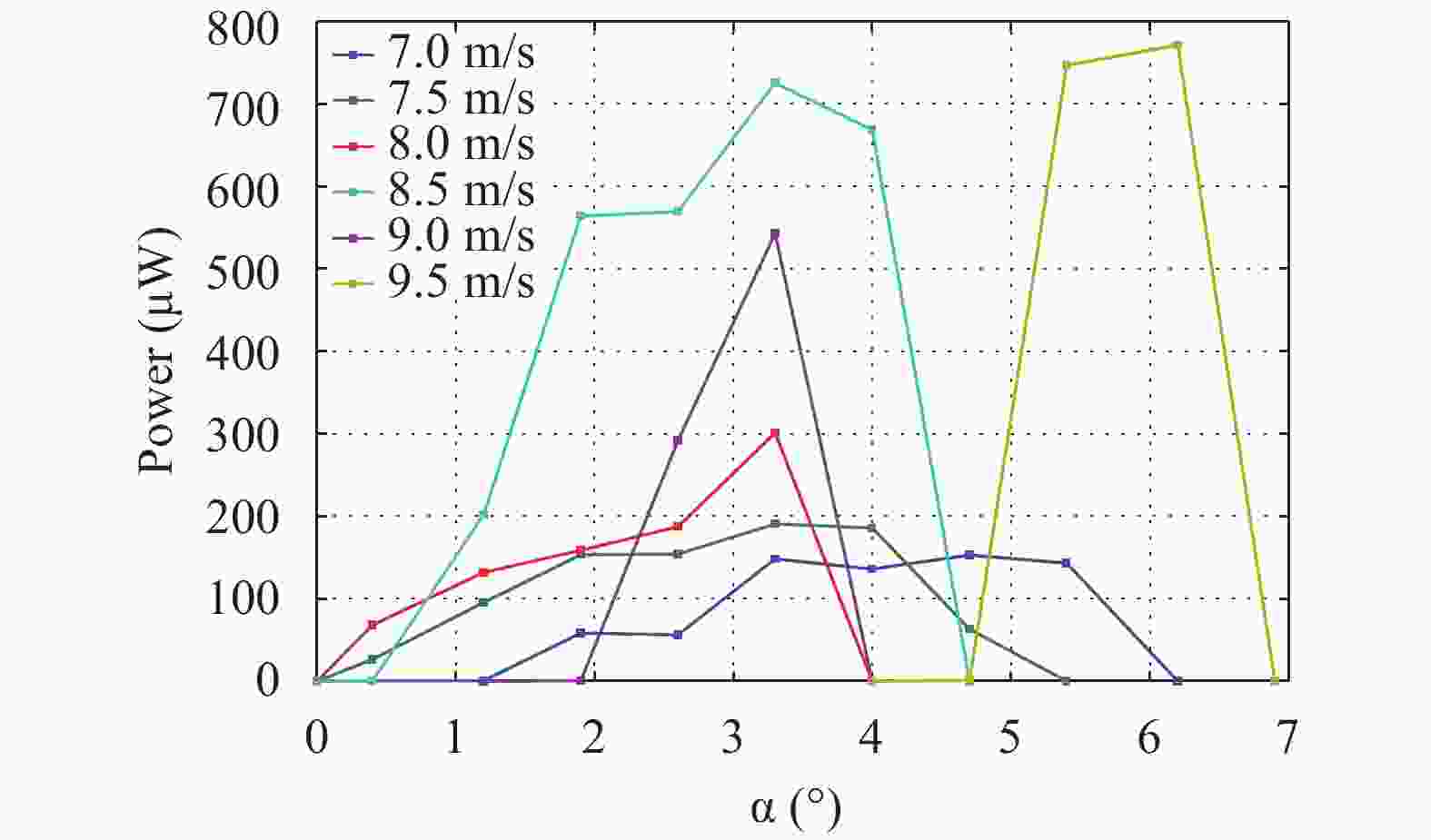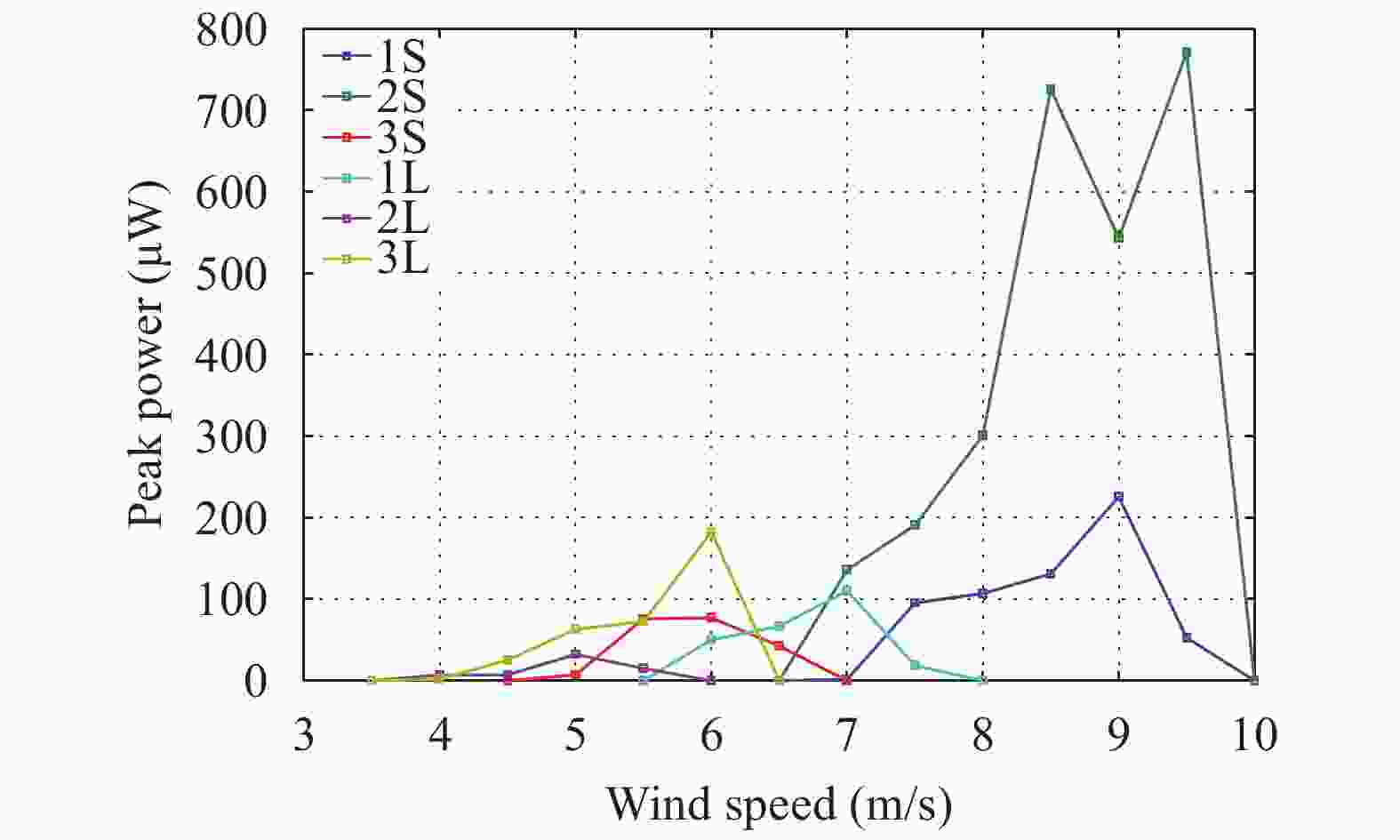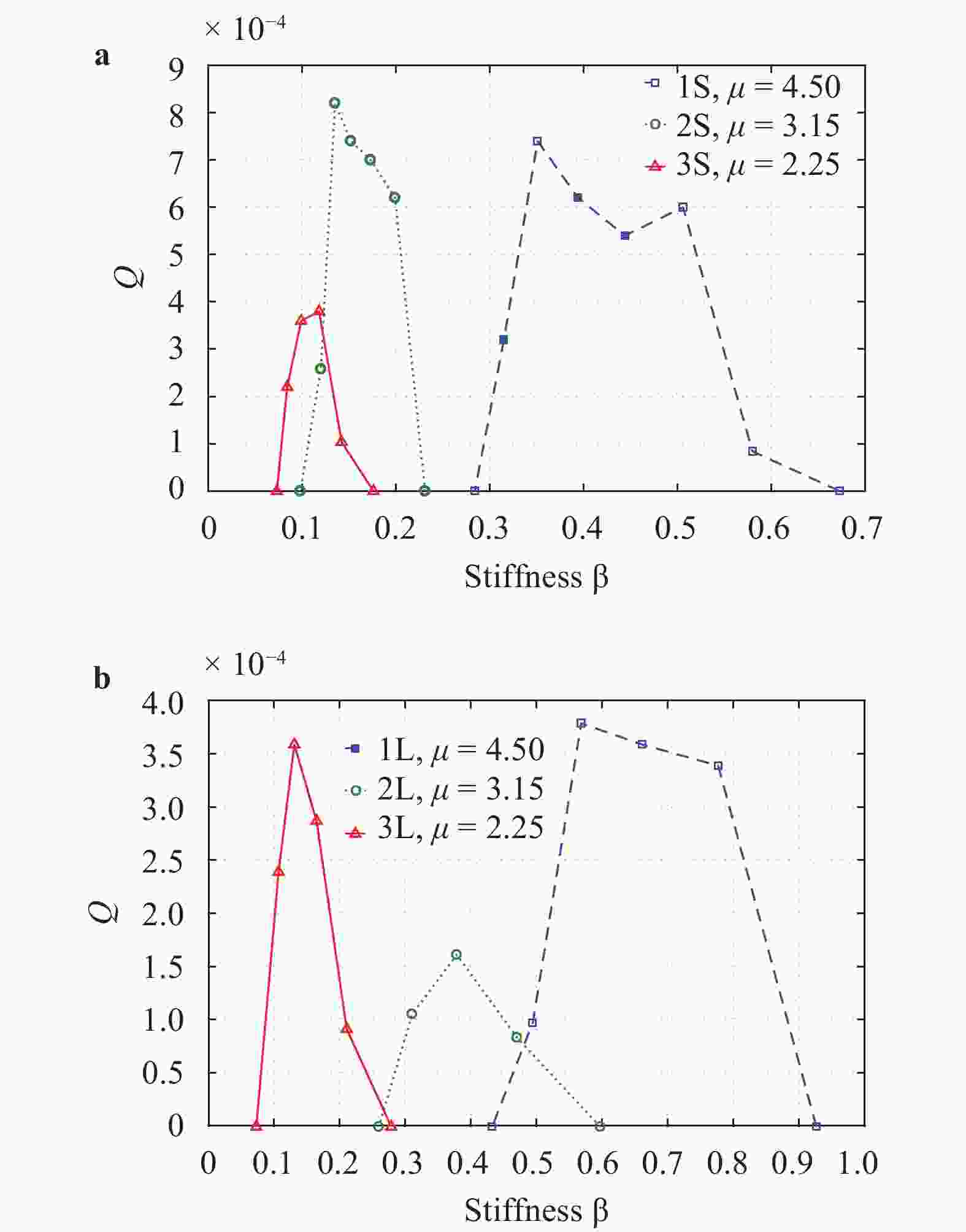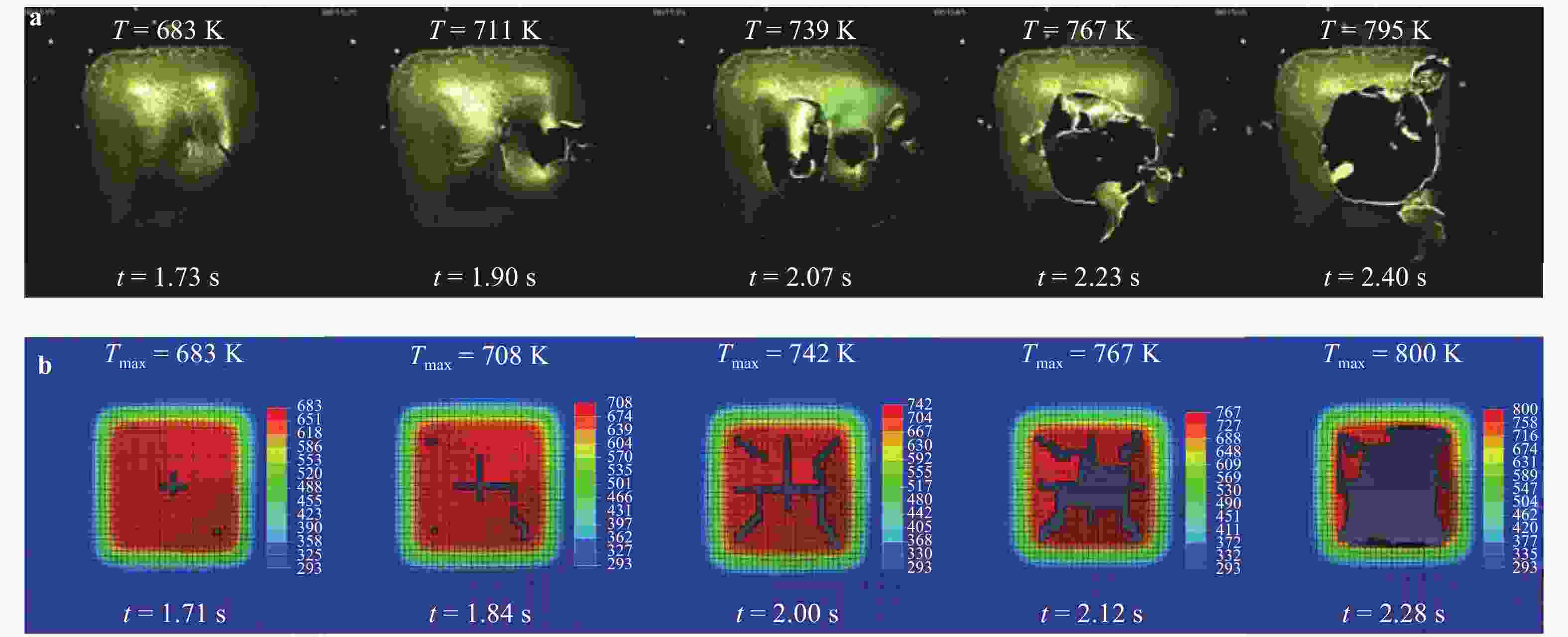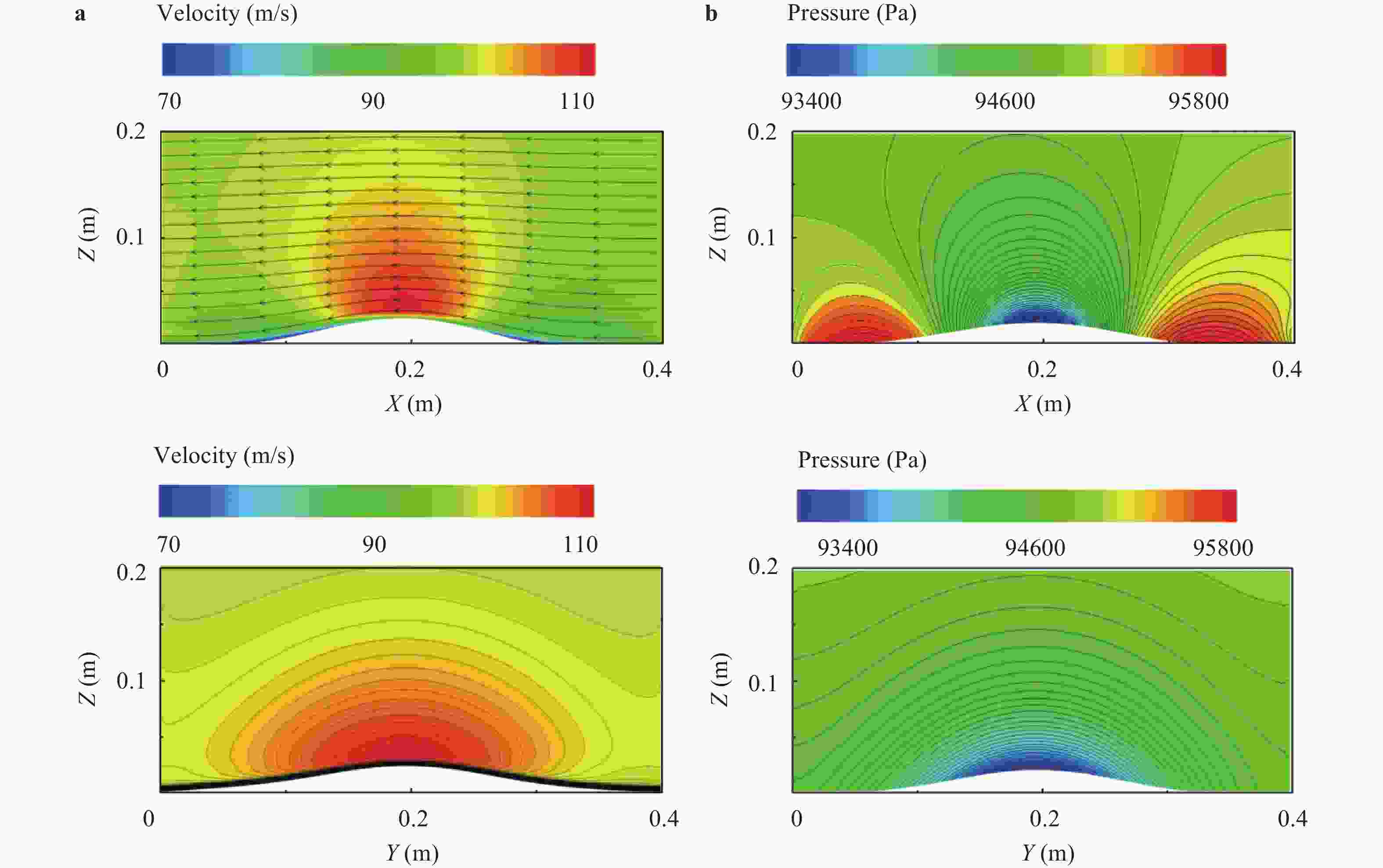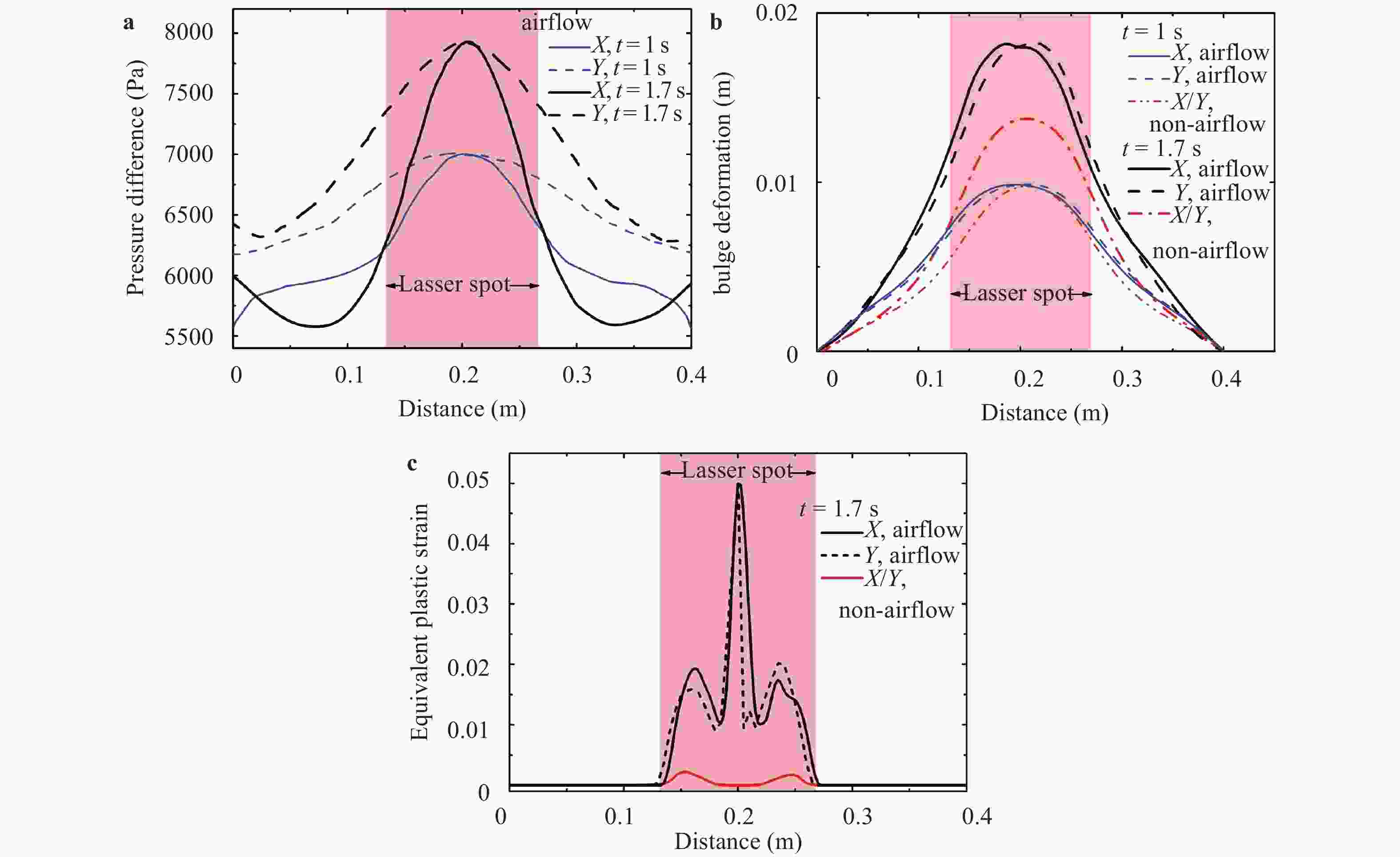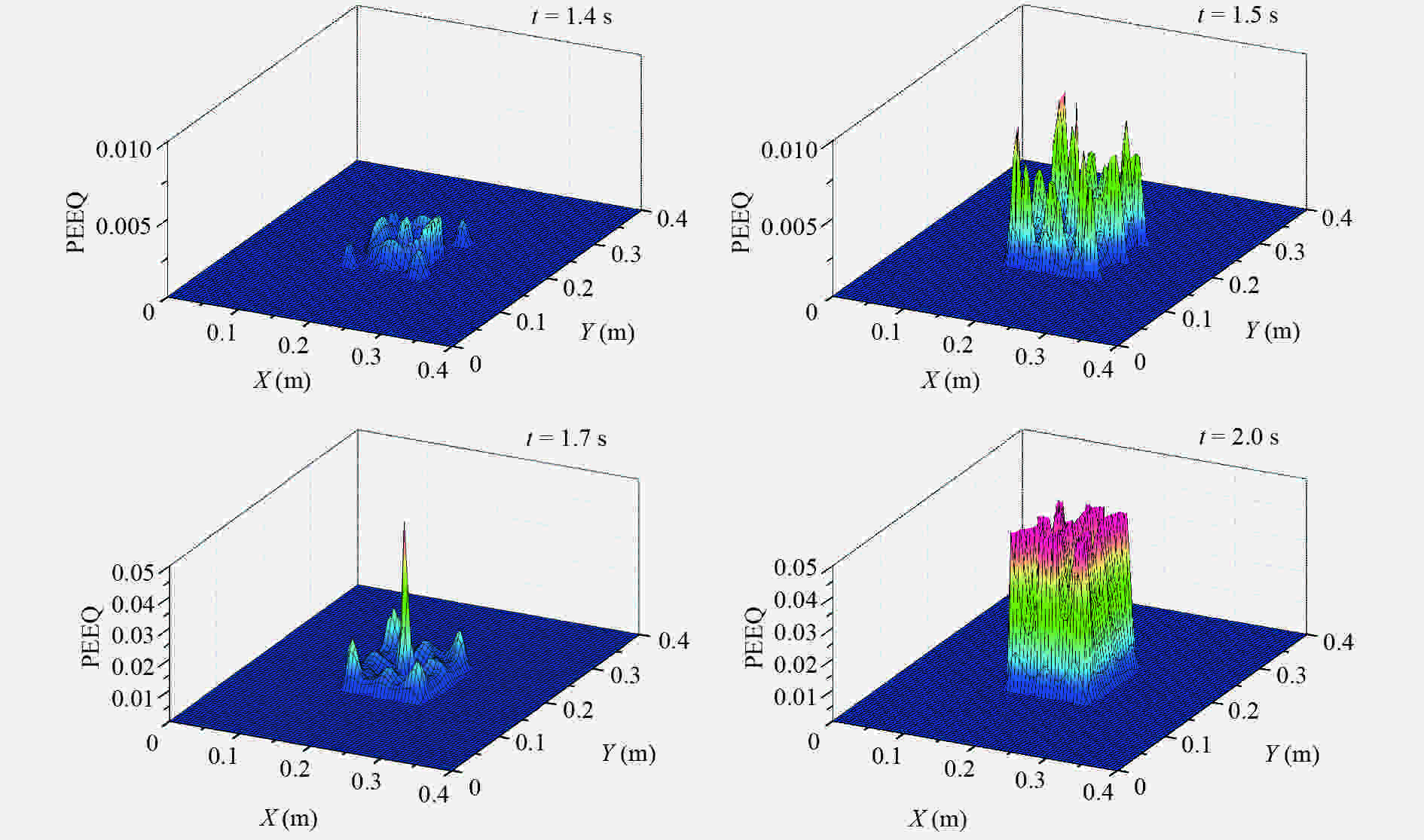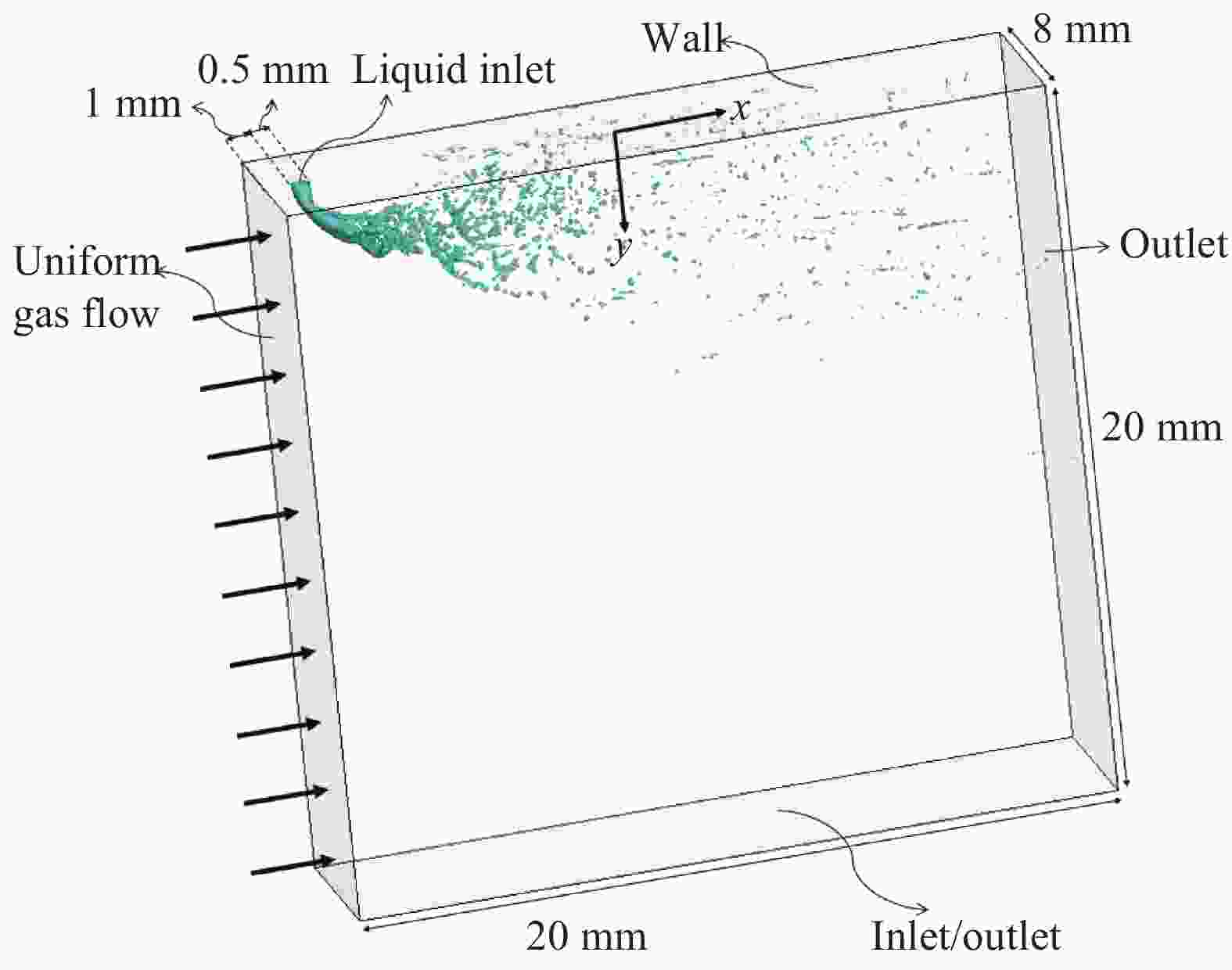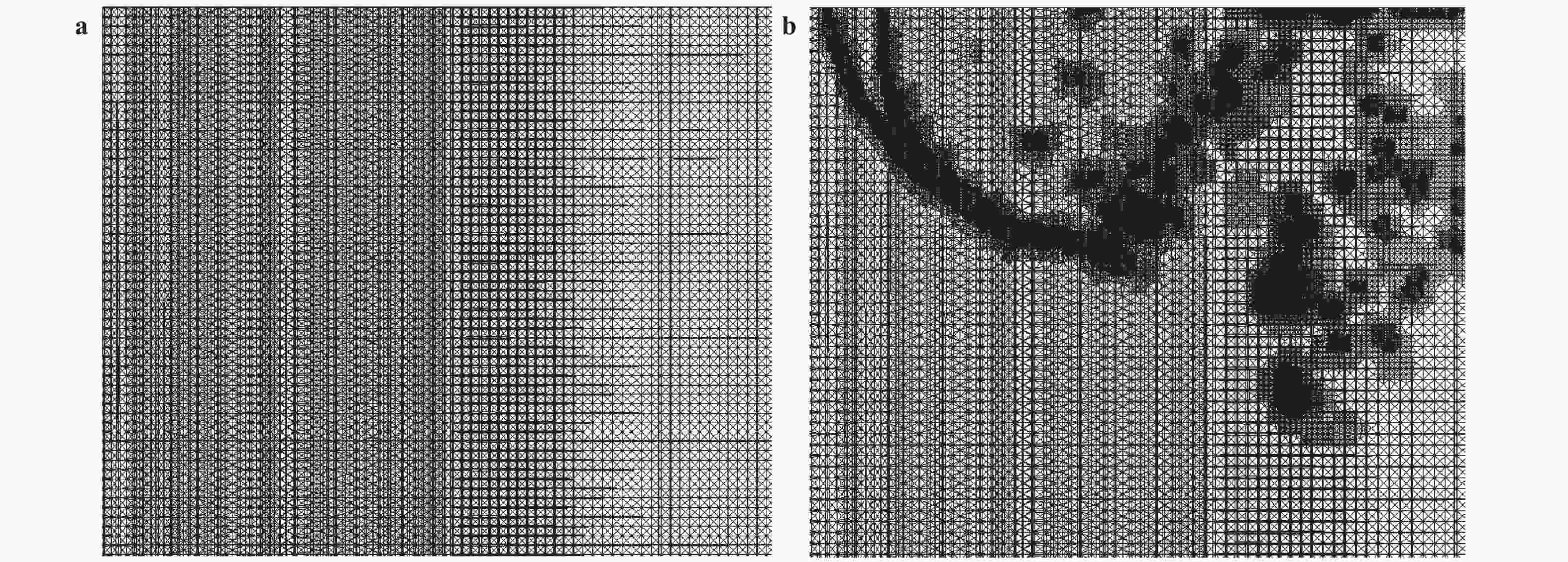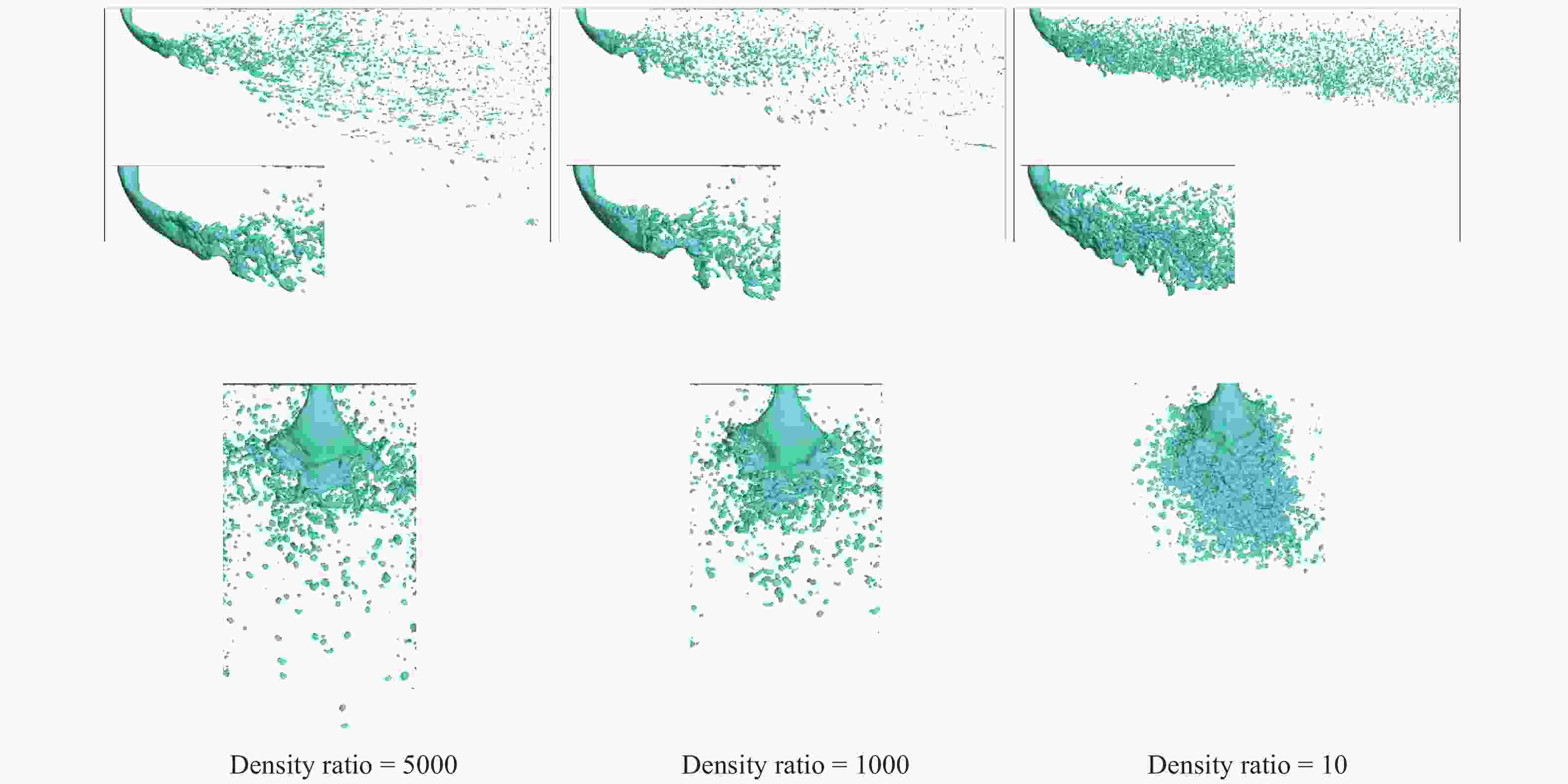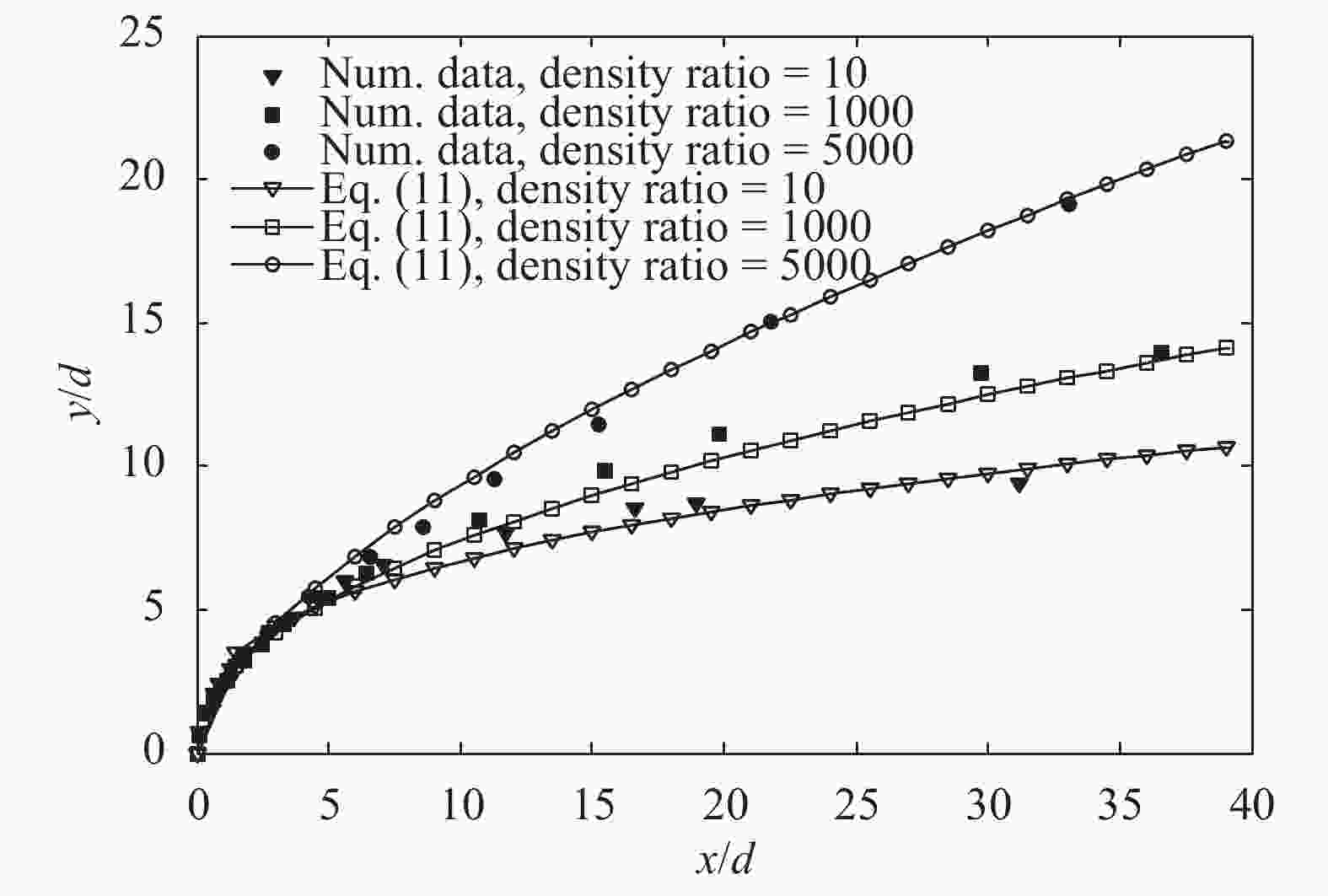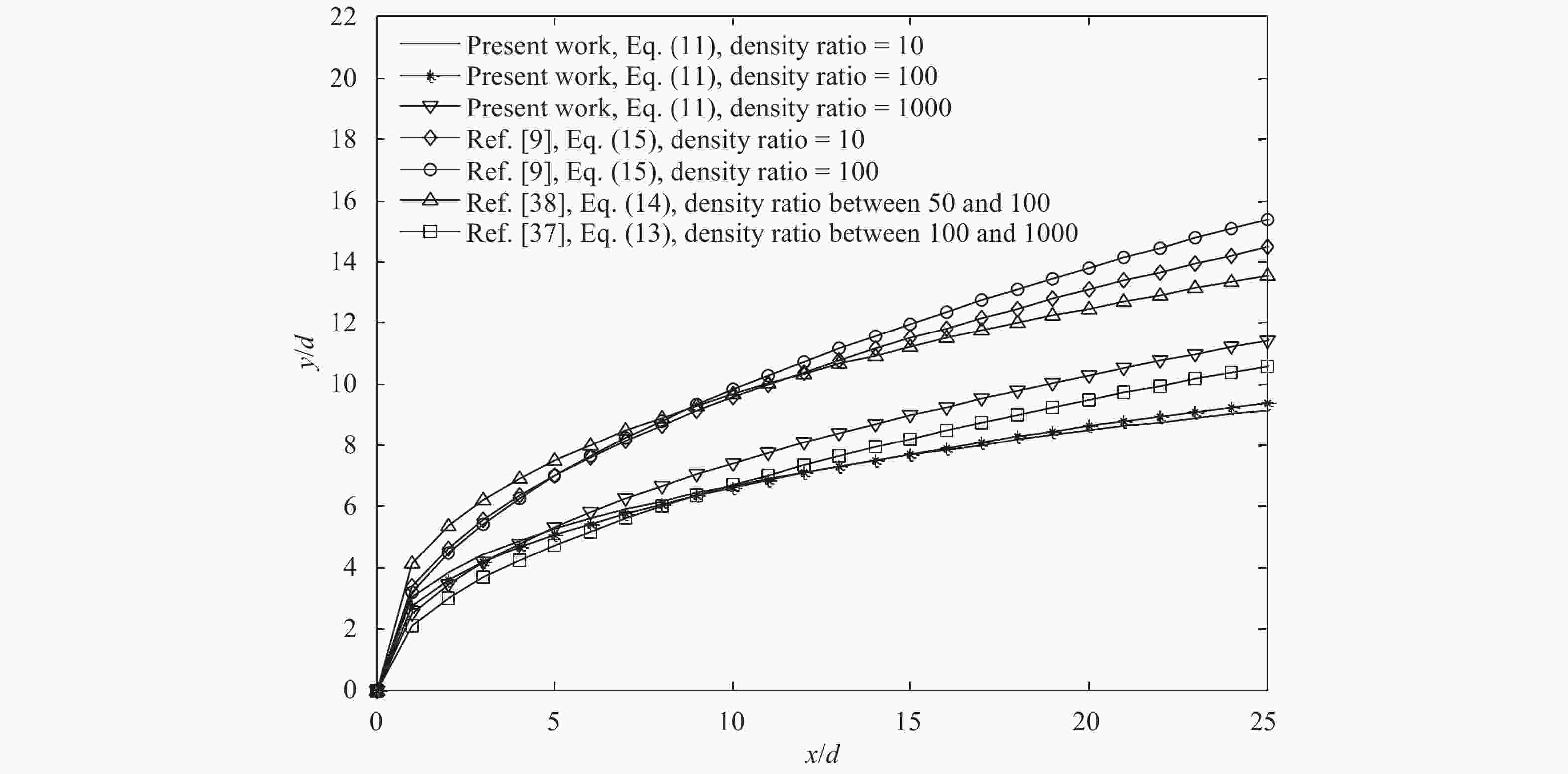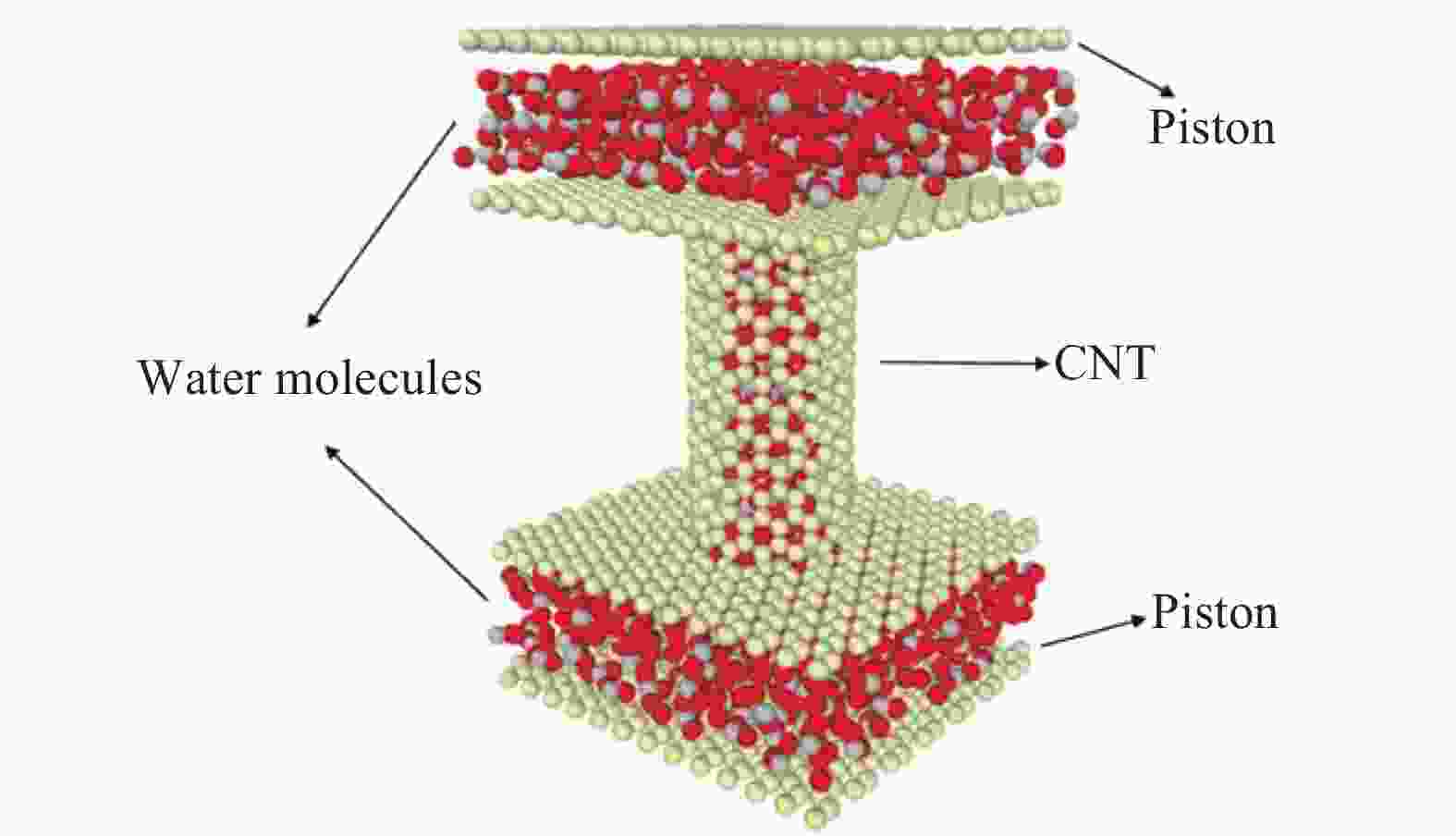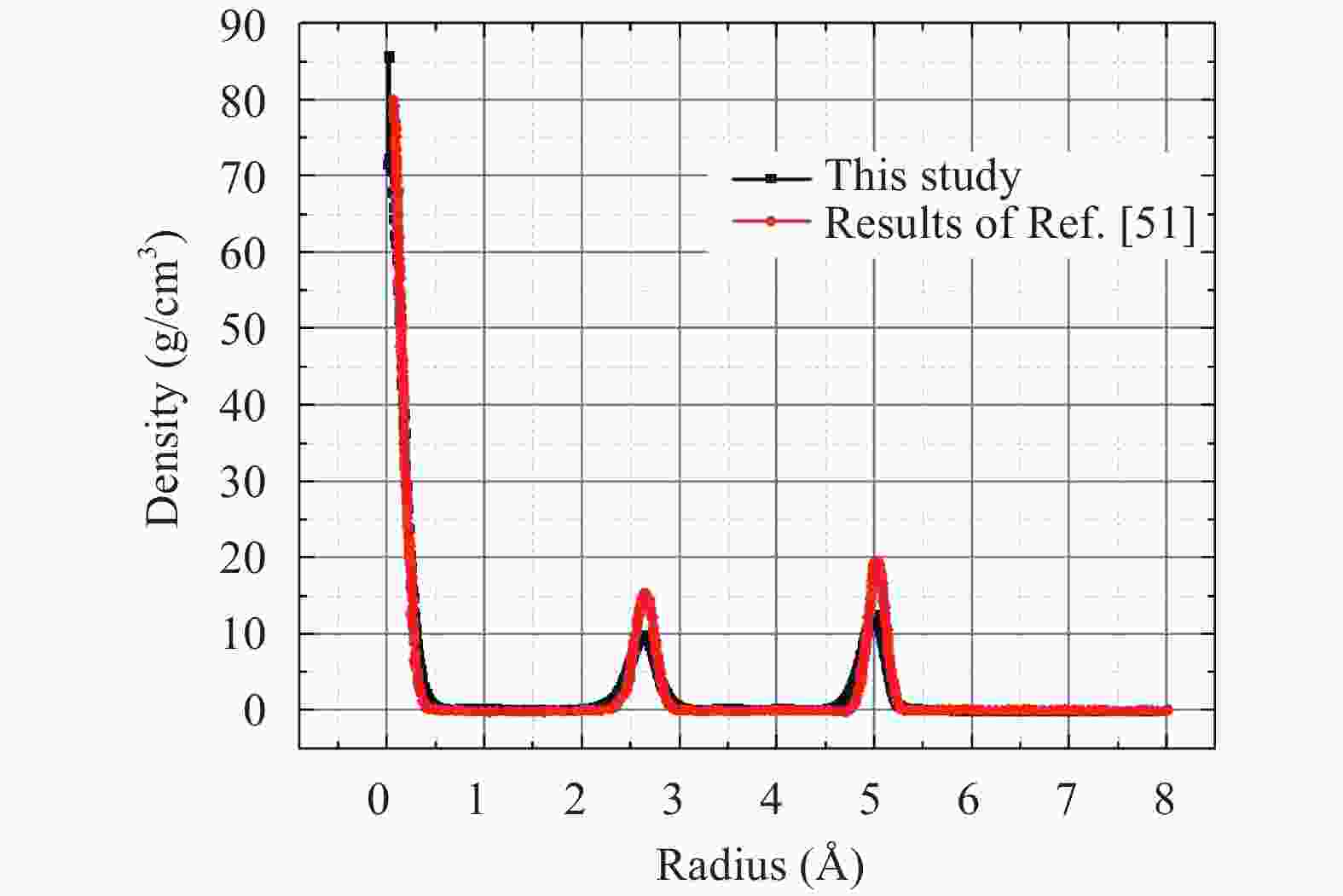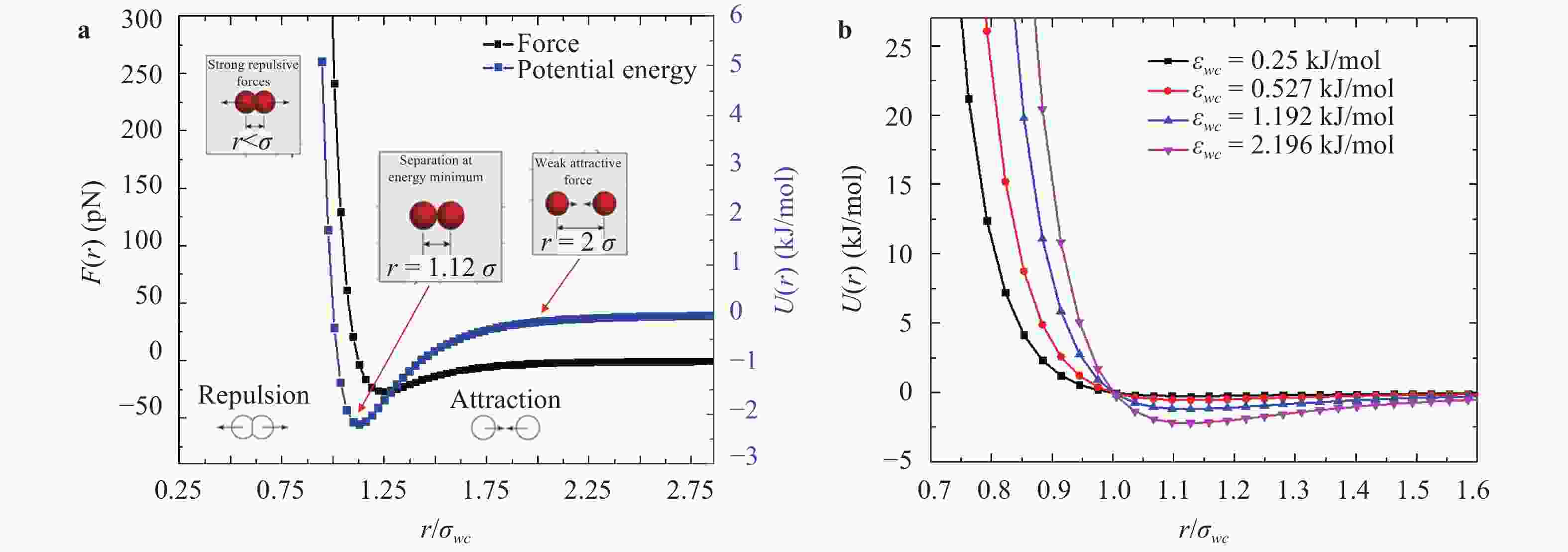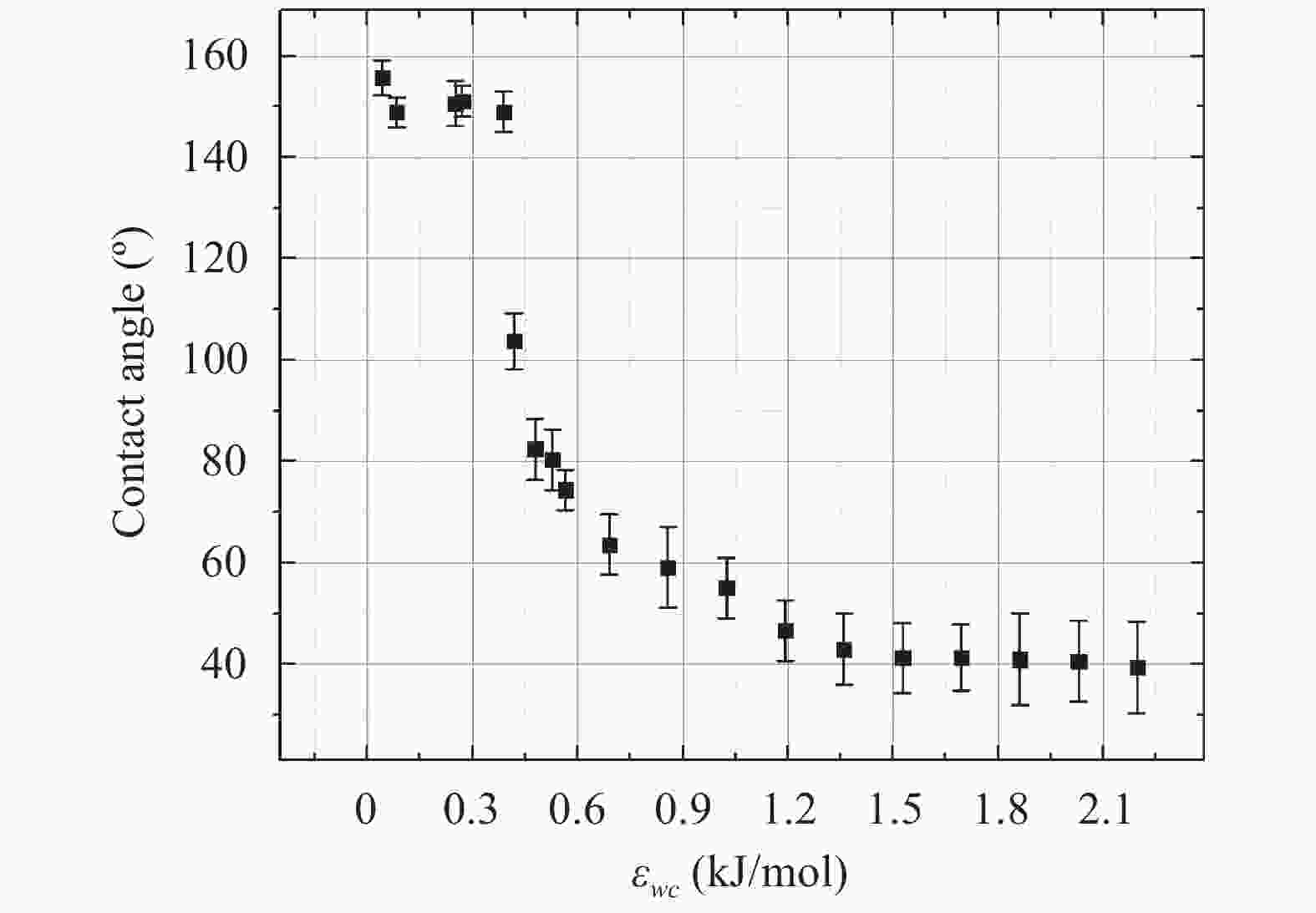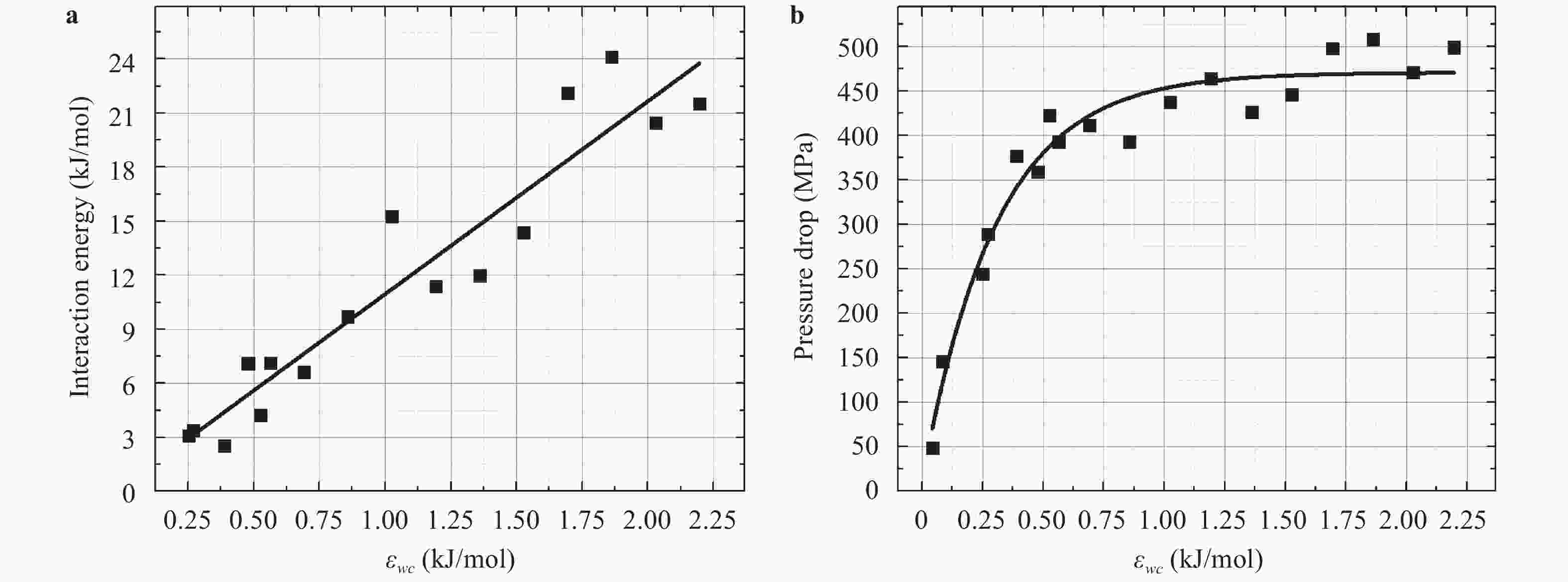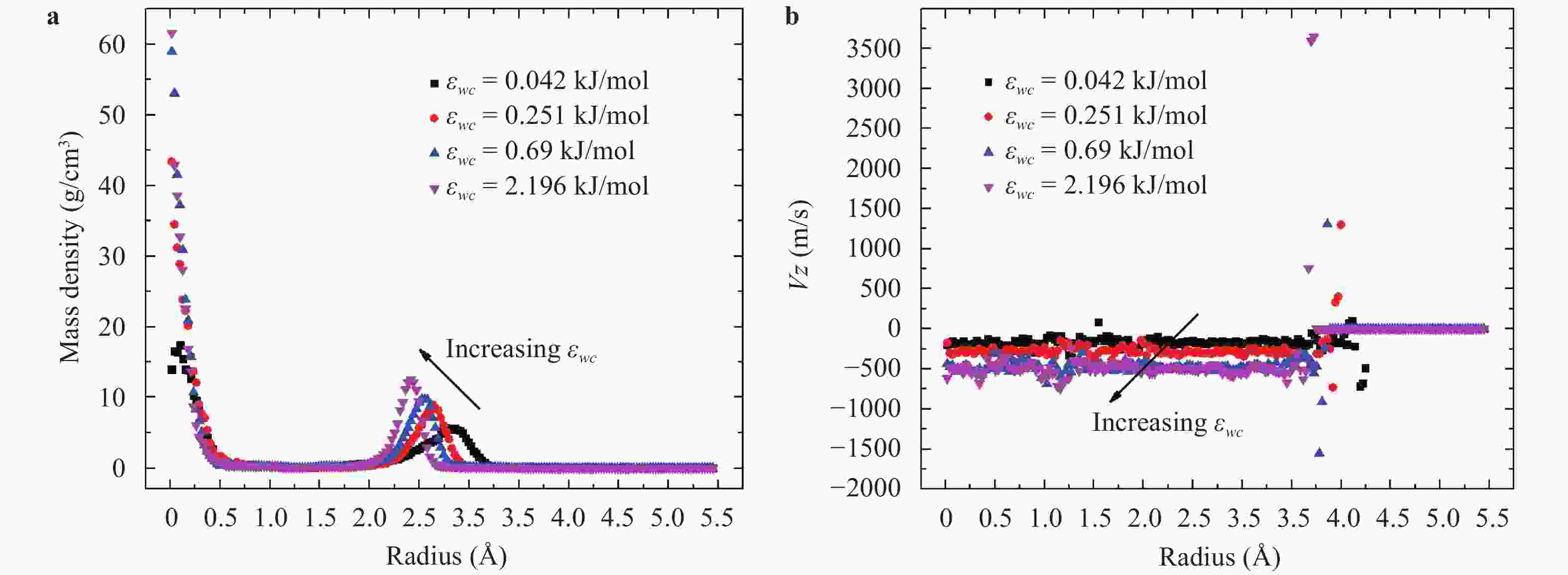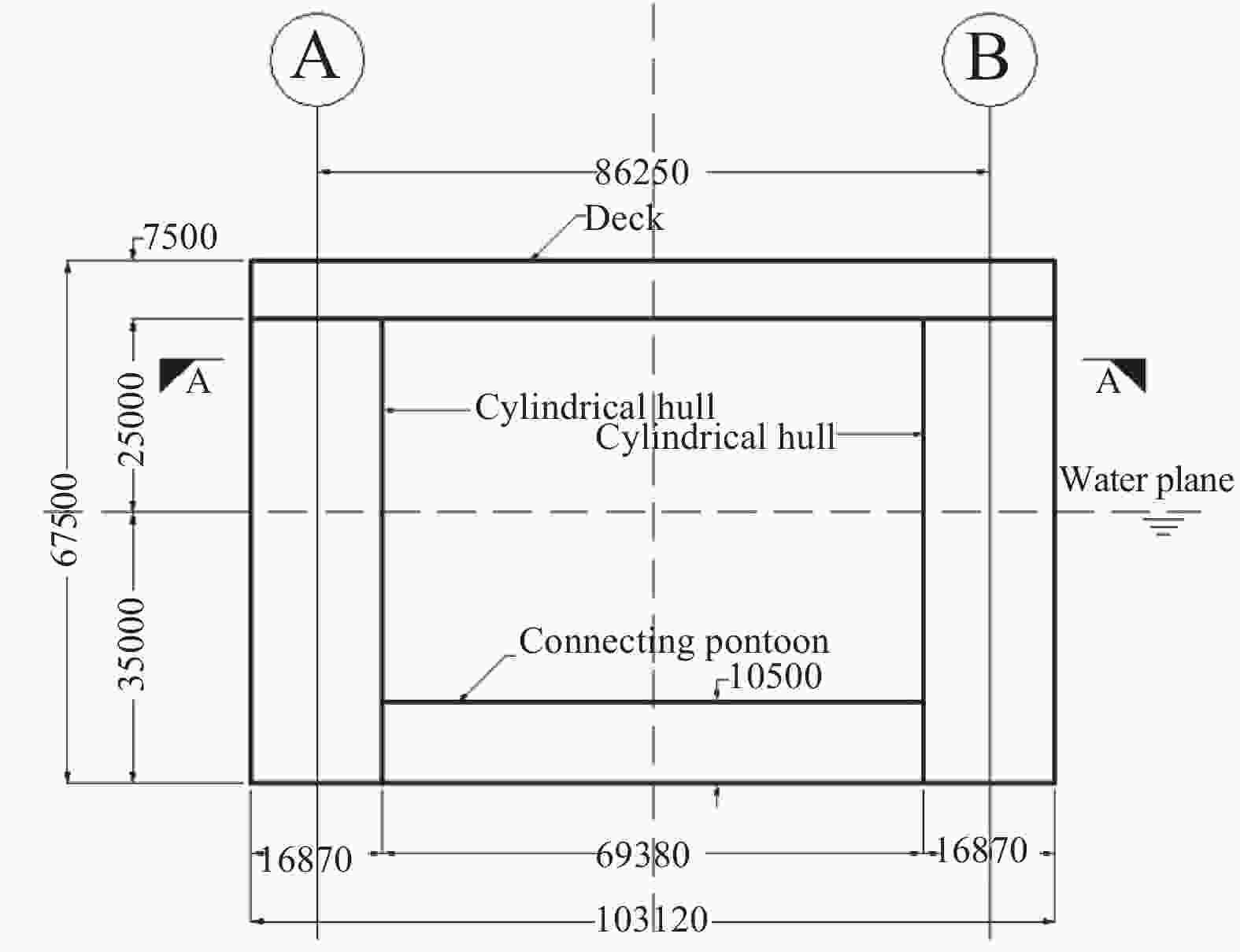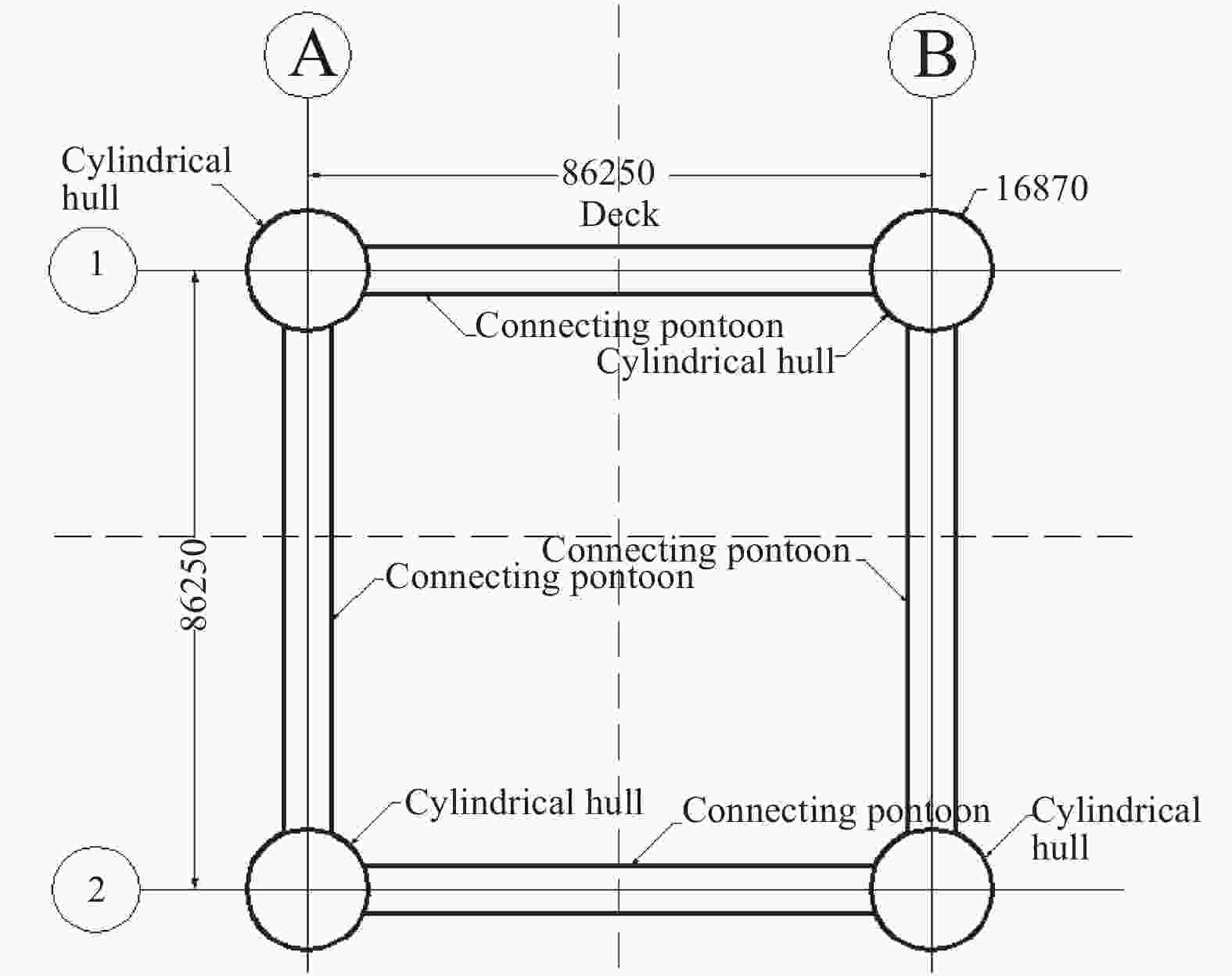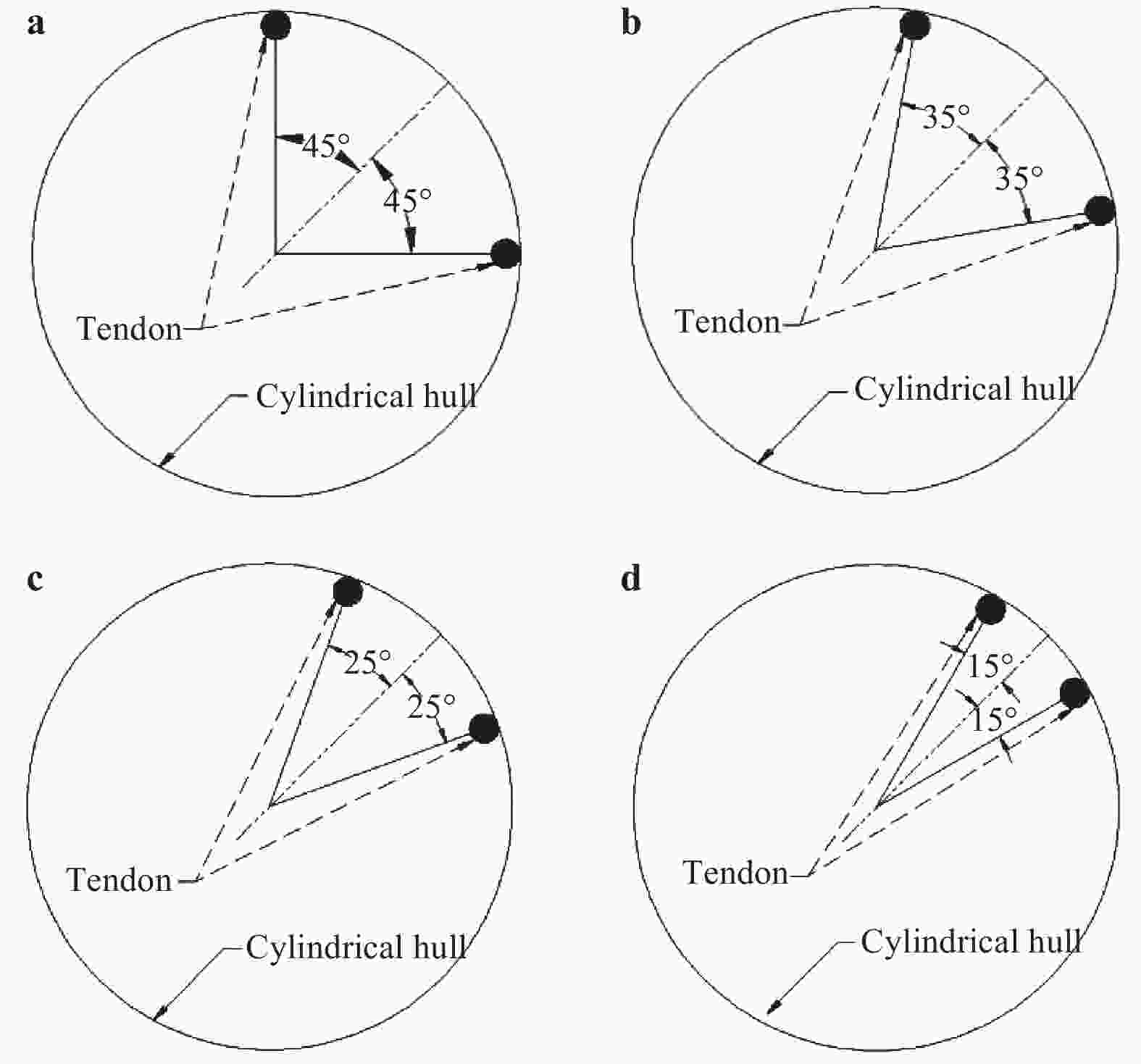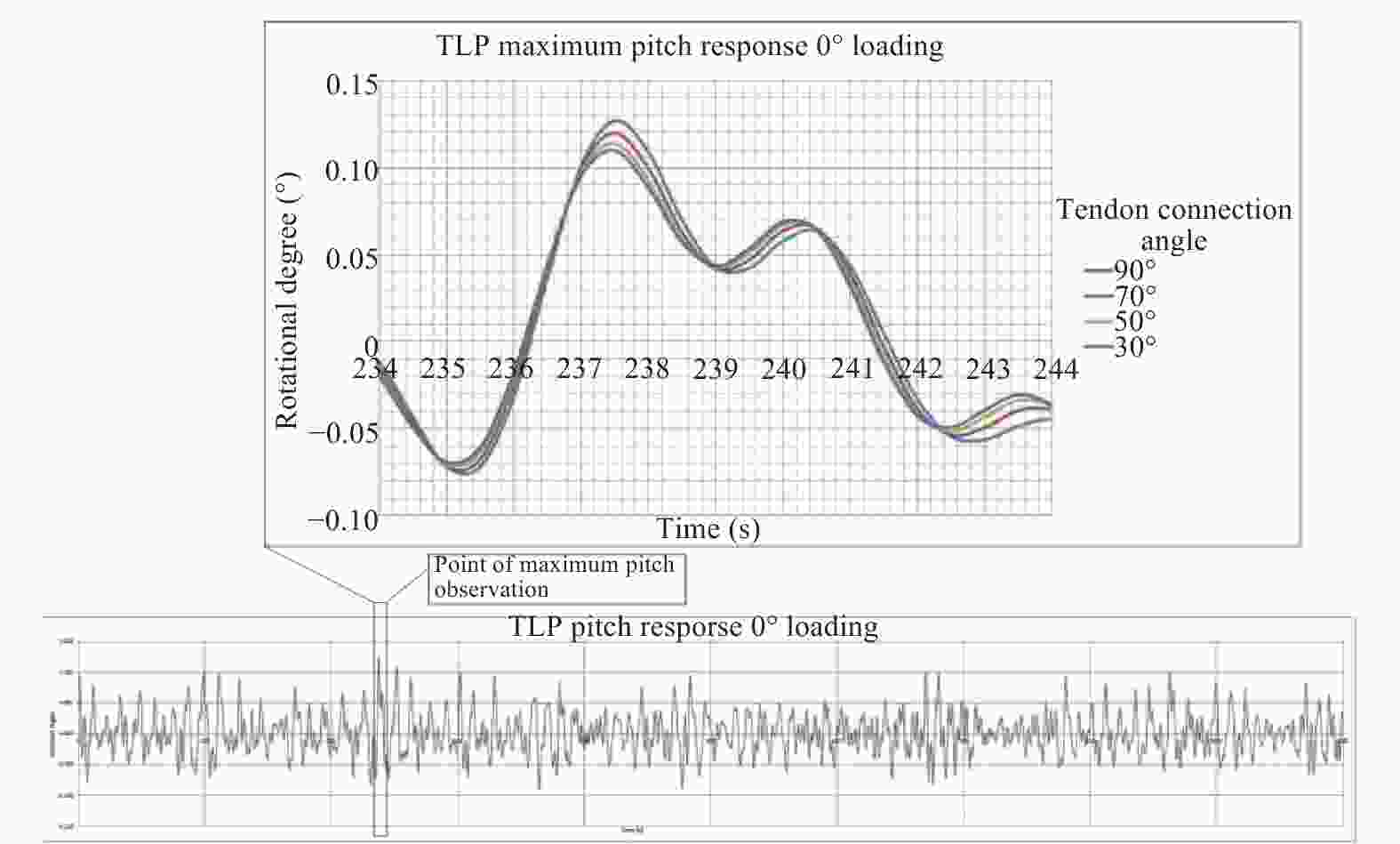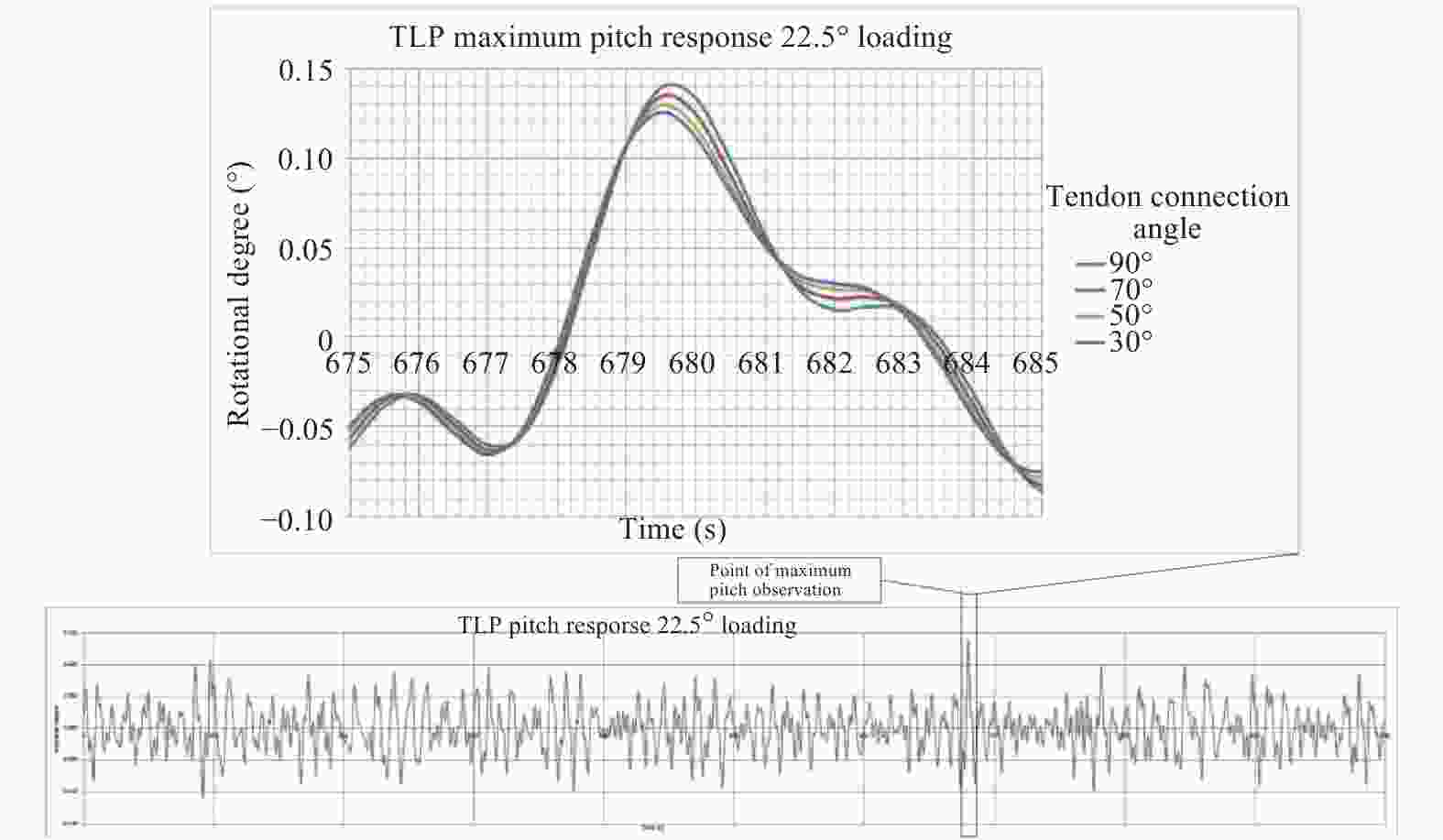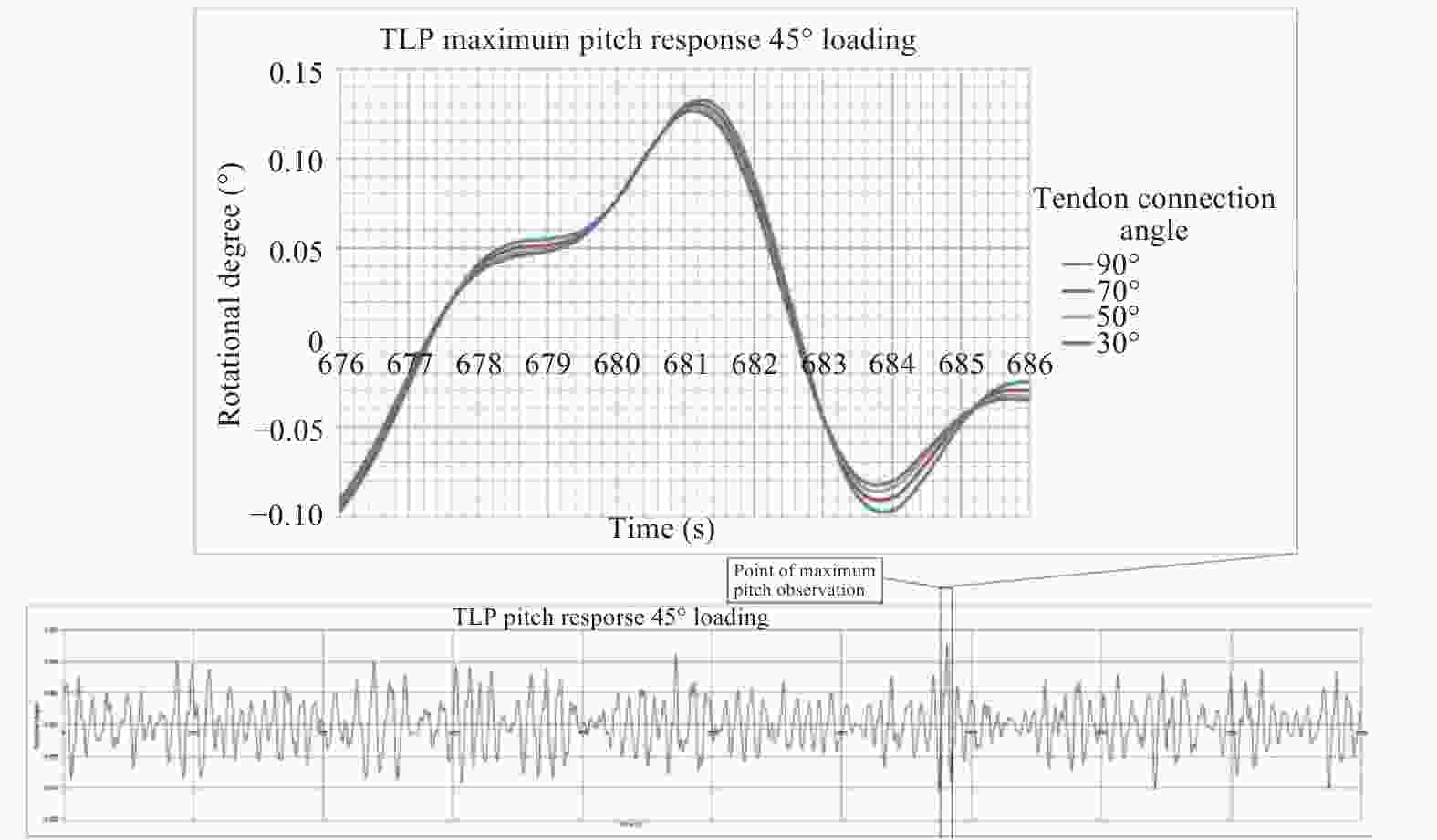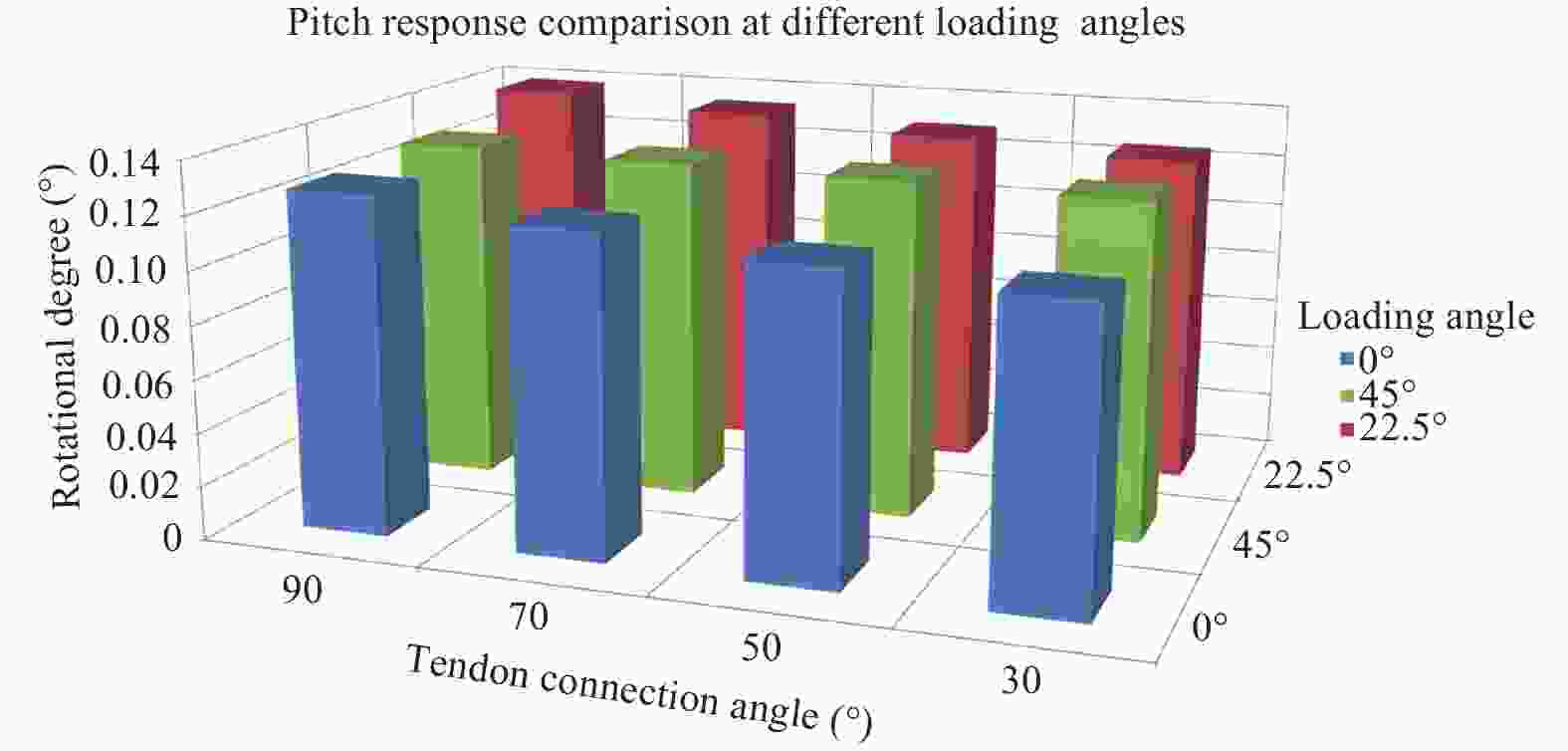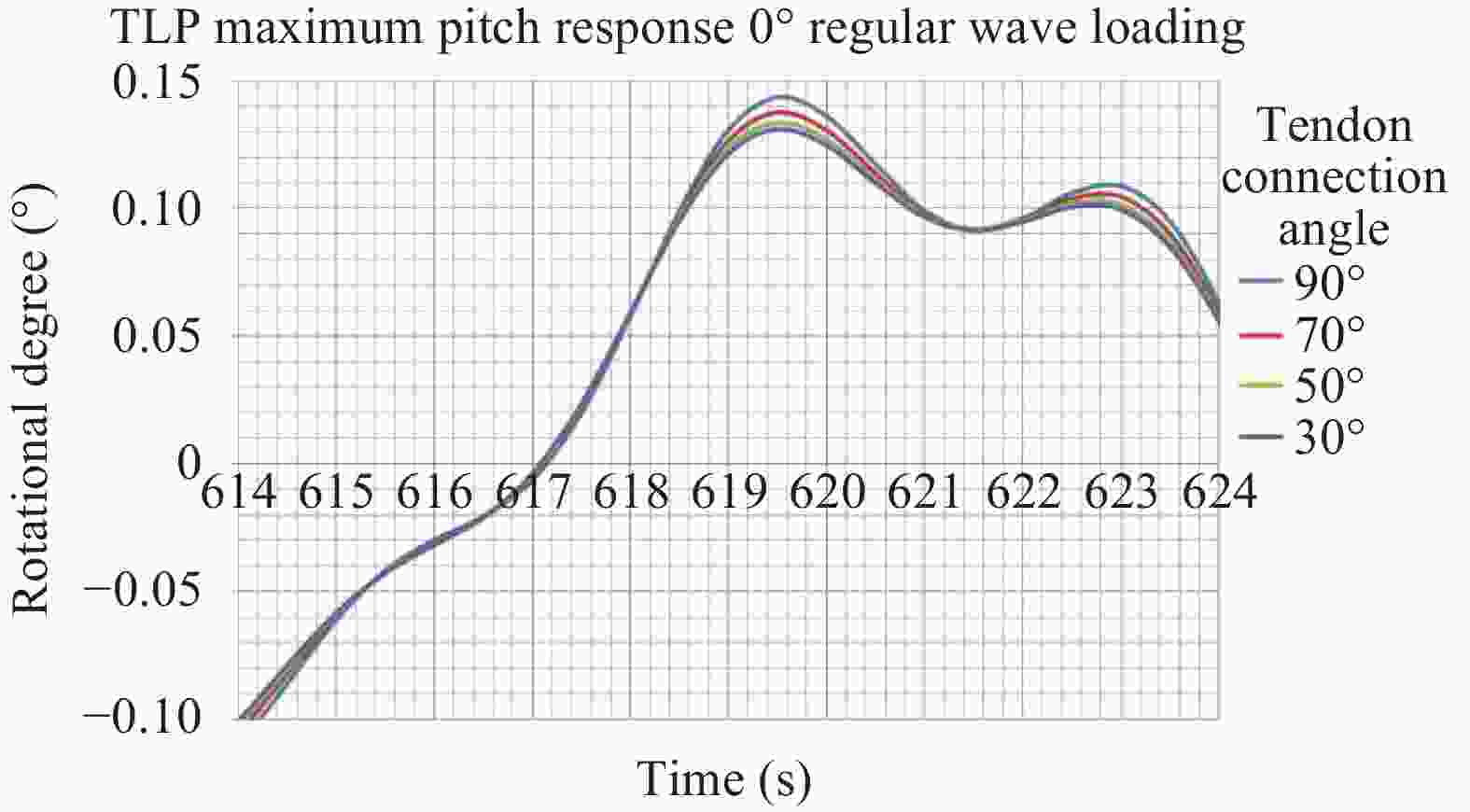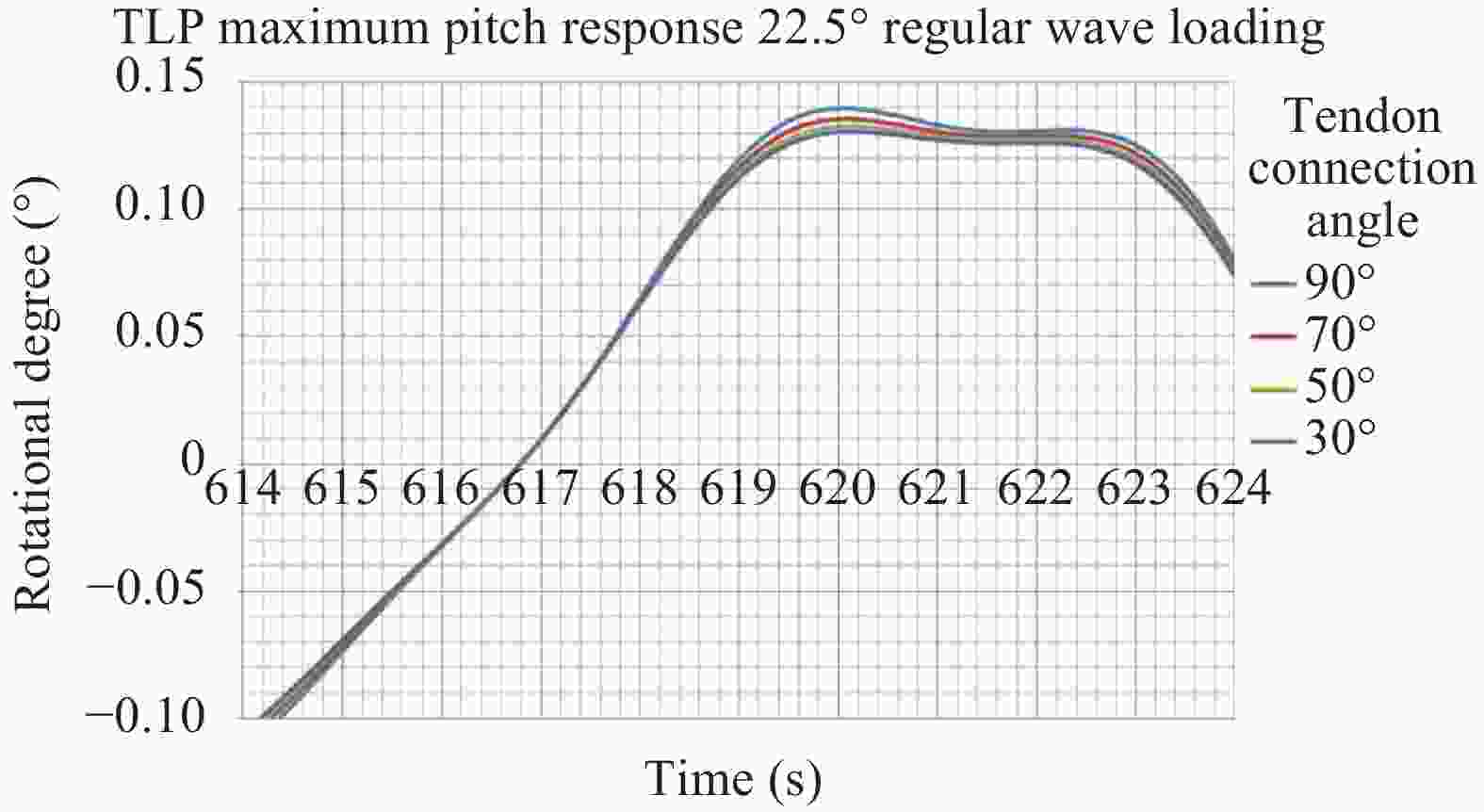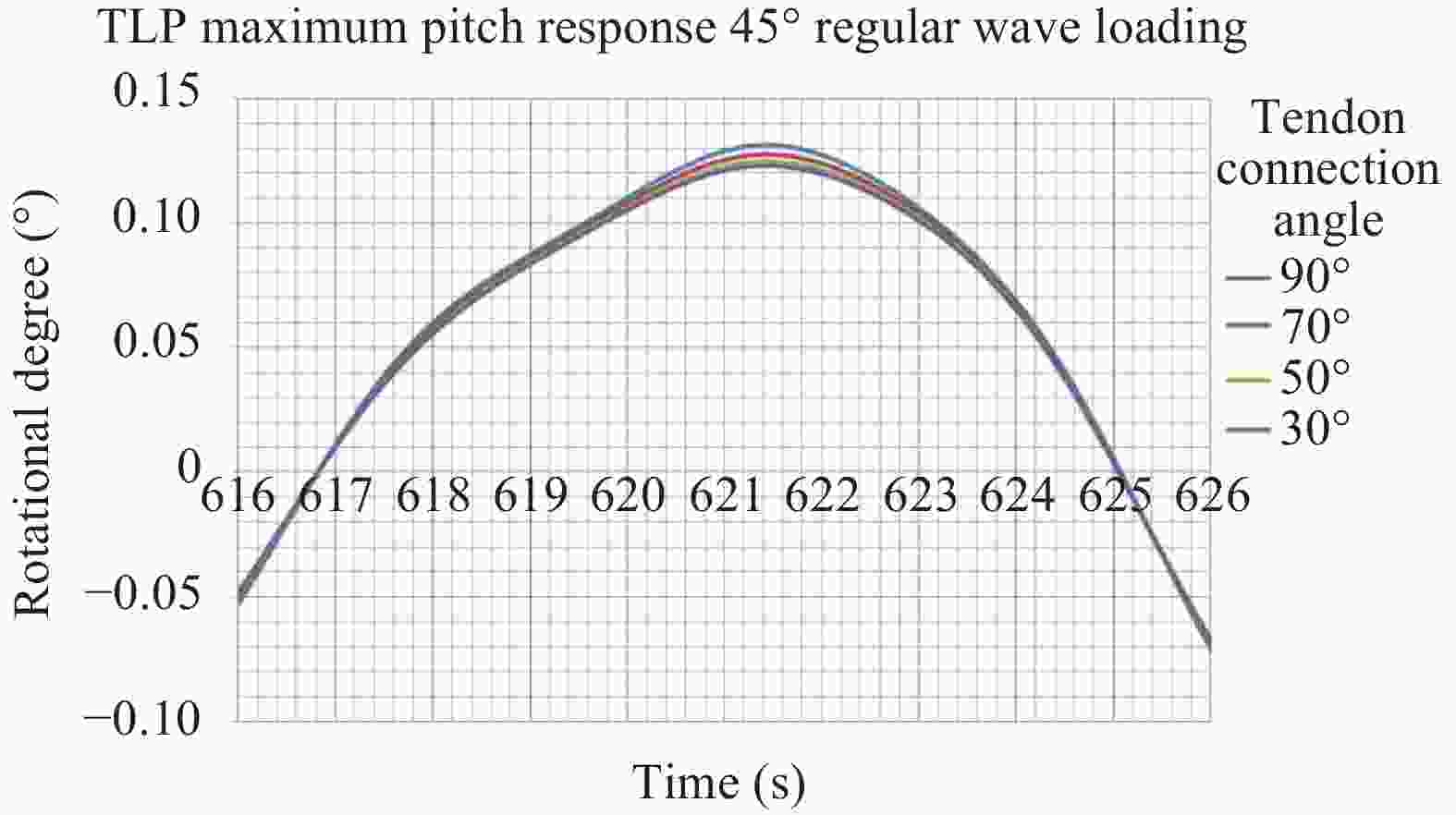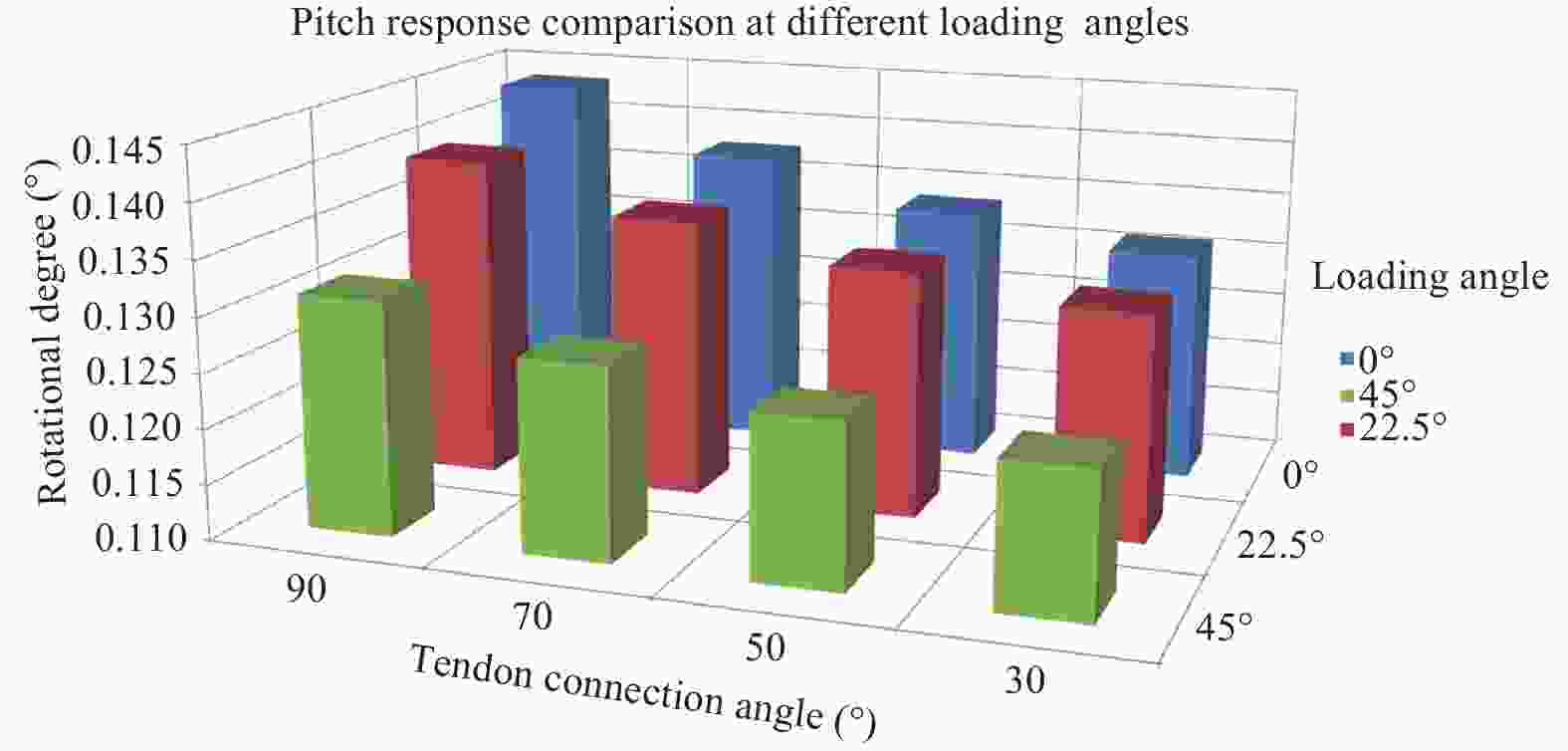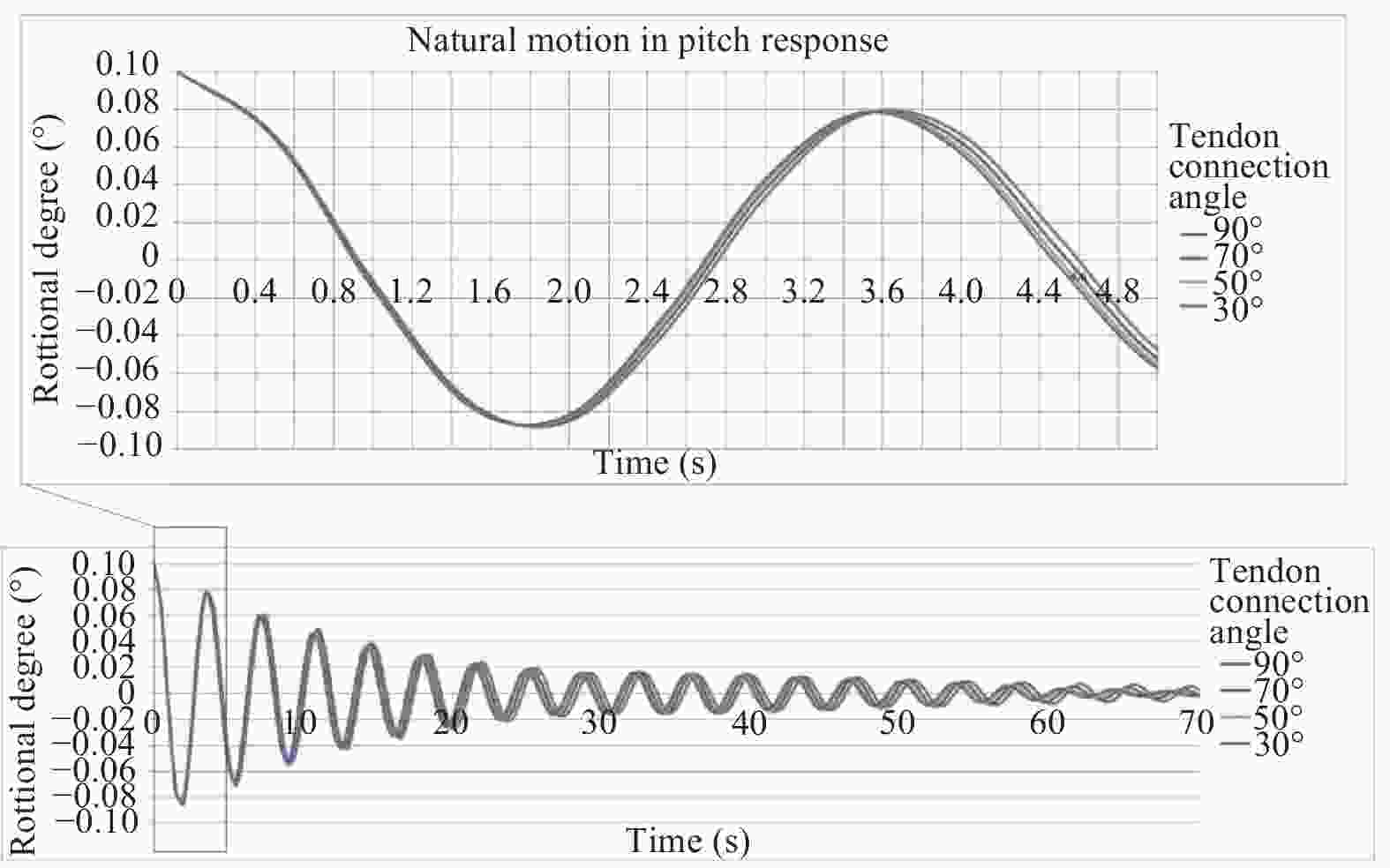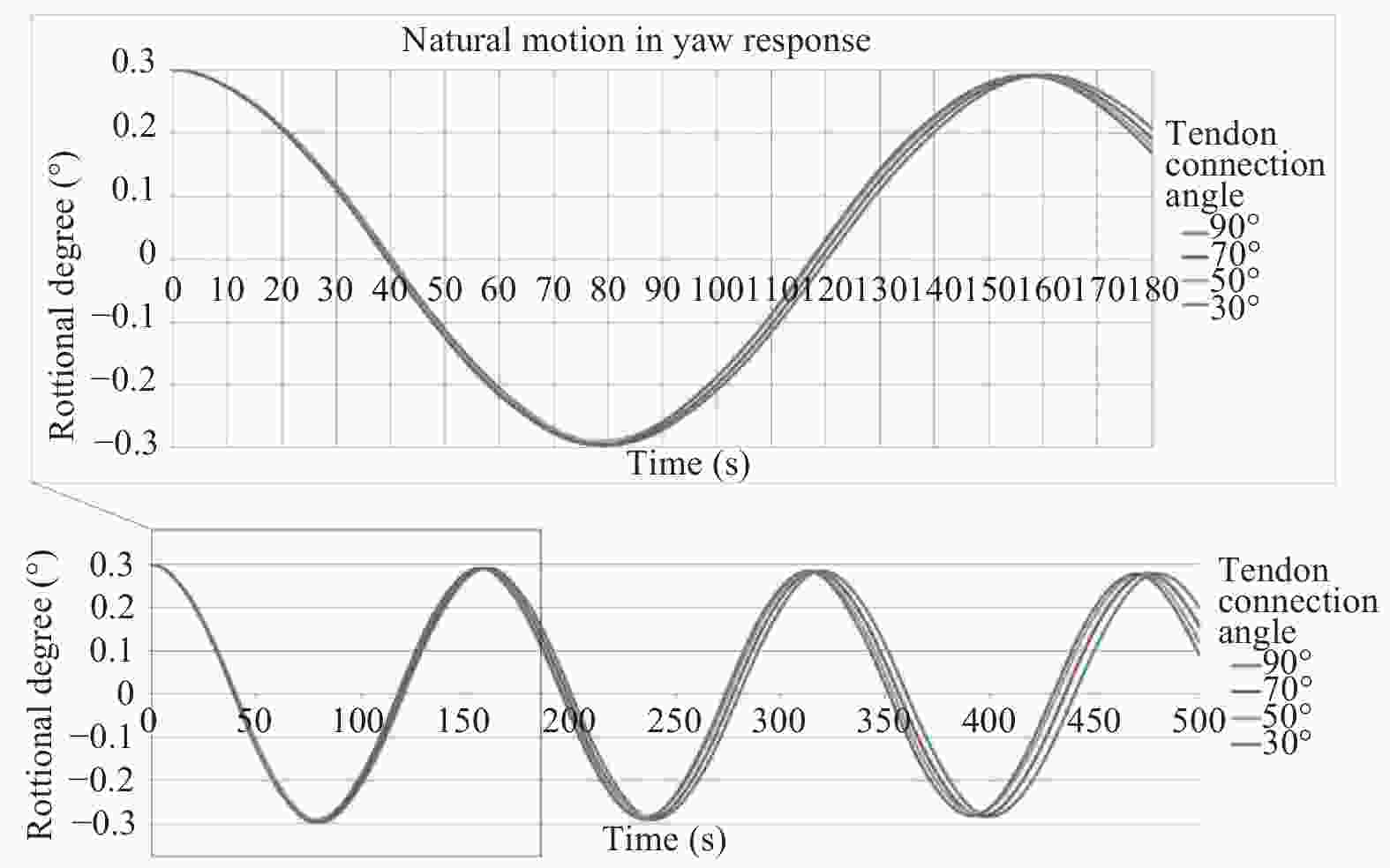Institute of Mechanics,
Chinese Academy of Sciences
2018 Vol.8(4)
Theoretical and Applied Mechanics Letters 2018, 8(4): 209-230.
doi: 10.1016/j.taml.2018.04.010
Abstract:
In a vast number of engineering fields like medicine, aerospace or robotics, materials are required to meet unusual performances that simple homogeneous materials are often not able to fulfil. Consequently, many efforts are currently devoted to develop future generations of materials with enhanced properties and unusual functionalities. In many instances, biological systems served as a source of inspiration, as in the case of cellular materials. Commonly observed in nature, cellular materials offer useful combinations of structural properties and low weight, yielding the possibility of coexistence of what used to be antagonistic physical properties within a single material. Due to their peculiar characteristics, they are very promising for engineering applications in a variety of industries including aerospace, automotive, marine and constructions. However, their use is conditional upon the development of appropriate constitutive models for revealing the complex relations between the microstructure's parameters and the macroscopic behavior. From this point of view, a great variety of analytical and numerical techniques have been proposed and exhaustively discussed in recent years. Noteworthy contributions, suggesting different assumptions and techniques are critically presented in this review paper.
In a vast number of engineering fields like medicine, aerospace or robotics, materials are required to meet unusual performances that simple homogeneous materials are often not able to fulfil. Consequently, many efforts are currently devoted to develop future generations of materials with enhanced properties and unusual functionalities. In many instances, biological systems served as a source of inspiration, as in the case of cellular materials. Commonly observed in nature, cellular materials offer useful combinations of structural properties and low weight, yielding the possibility of coexistence of what used to be antagonistic physical properties within a single material. Due to their peculiar characteristics, they are very promising for engineering applications in a variety of industries including aerospace, automotive, marine and constructions. However, their use is conditional upon the development of appropriate constitutive models for revealing the complex relations between the microstructure's parameters and the macroscopic behavior. From this point of view, a great variety of analytical and numerical techniques have been proposed and exhaustively discussed in recent years. Noteworthy contributions, suggesting different assumptions and techniques are critically presented in this review paper.
Theoretical and Applied Mechanics Letters 2018, 8(4): 231-244.
doi: 10.1016/j.taml.2018.04.008
Abstract:
Stochastic dynamic analysis of the nonlinear system is an open research question which has drawn many scholars' attention for its importance and challenge. Fokker–Planck–Kolmogorov (FPK) equation is of great significance because of its theoretical strictness and computational accuracy. However, practical difficulties with the FPK method appear when the analysis of multi-degree-of-freedom (MDOF) with more general nonlinearity is required. In the present paper, by invoking the idea of equivalence of probability flux, the general high-dimensional FPK equation related to MDOF system is reduced to one-dimensional FPK equation. Then a cell renormalized method (CRM) which is based on the numerical reconstruction of the derived moments of FPK equation is introduced by coarsening the continuous state space into a discretized region of cells. Then the cell renormalized FPK (CR-FPK) equation is solved by difference method. Three numerical examples are illustrated and the effectiveness of proposed method is assessed and verified.
Stochastic dynamic analysis of the nonlinear system is an open research question which has drawn many scholars' attention for its importance and challenge. Fokker–Planck–Kolmogorov (FPK) equation is of great significance because of its theoretical strictness and computational accuracy. However, practical difficulties with the FPK method appear when the analysis of multi-degree-of-freedom (MDOF) with more general nonlinearity is required. In the present paper, by invoking the idea of equivalence of probability flux, the general high-dimensional FPK equation related to MDOF system is reduced to one-dimensional FPK equation. Then a cell renormalized method (CRM) which is based on the numerical reconstruction of the derived moments of FPK equation is introduced by coarsening the continuous state space into a discretized region of cells. Then the cell renormalized FPK (CR-FPK) equation is solved by difference method. Three numerical examples are illustrated and the effectiveness of proposed method is assessed and verified.
Theoretical and Applied Mechanics Letters 2018, 8(4): 245-251.
doi: 10.1016/j.taml.2018.04.001
Abstract:
Numerous experimental evidences show that the grain size may significantly alter the yield strength of metals. Similarly, in \begin{document}$\gamma ' $\end{document} ![]()
![]()
-strengthened nickel-based superalloys, the precipitate size also influences their yield strength. Then, how to describe such two kinds of size effects on the yield strength is a very practical challenge. In this study, according to experimental observations, a collinear micro-shear-bands model is proposed to explore these size effects on metal materials’ yield strength. An analytical solution for the simple model is derived. It reveals that the yield strength is a function of average grain-size or precipitate-size, which is able to reasonably explain size effects on yield strength. The typical example validation shows that the new relationship is not only able to precisely describe the grain-size effect in some cases, but also able to theoretically address the unexplained Hall-Petch relationship between the \begin{document}$\gamma ' $\end{document} ![]()
![]()
precipitate size and the yield strength of nickel-based superalloys.
Numerous experimental evidences show that the grain size may significantly alter the yield strength of metals. Similarly, in
Theoretical and Applied Mechanics Letters 2018, 8(4): 252-256.
doi: 10.1016/j.taml.2018.04.006
Abstract:
The bubbles rise up and burst at the free surface is a complex two-phase process. A free energy lattice Boltzmann method (LBM) model is adopted in this paper to study this phenomenon. The interface capturing technique [Zheng et al., 2006] is used to deal with the high density ratio problem. The Laplace law and the air-water interface capturing ability are validated for the multiphase model. The interaction between the single bubble or multiple bubbles and the free surface are studied by the multiphase model. The force acting on the bubble and the evolution of the free surface is studied. Meanwhile, effect of the initial distance between two adjacent bubbles on interaction effects of multiple bubbles is investigated as well.
The bubbles rise up and burst at the free surface is a complex two-phase process. A free energy lattice Boltzmann method (LBM) model is adopted in this paper to study this phenomenon. The interface capturing technique [Zheng et al., 2006] is used to deal with the high density ratio problem. The Laplace law and the air-water interface capturing ability are validated for the multiphase model. The interaction between the single bubble or multiple bubbles and the free surface are studied by the multiphase model. The force acting on the bubble and the evolution of the free surface is studied. Meanwhile, effect of the initial distance between two adjacent bubbles on interaction effects of multiple bubbles is investigated as well.
Theoretical and Applied Mechanics Letters 2018, 8(4): 257-266.
doi: 10.1016/j.taml.2018.04.004
Abstract:
The principle and 1:3 internal resonance of a rectangular thin plate in a transverse magnetic field is investigated. Based on the magneto-elastic vibration equation and electromagnetic force expressions of the thin plates, the nonlinear magneto-elastic vibration differential equations of rectangular plates under external excitation in a transverse magnetic field are derived. For a rectangular plate with one side fixed and three other sides simply supported, the two-degree-of-freedom nonlinear Duffing vibration differen-tial equations are proposed by the method of Galerkin. The method of multiple scales is adopted to solve the model equations and obtain four first-order ordinary differential equations governing modulation of the amplitudes and phase angles involved via the first-order or the second-order primary-internal reso-nances. With a numerical example, the amplitude frequency response curves, time history responses, phase portraits and Poincare maps of the first two order vibration modes via principle-internal resonance are respectively captured. And the effects of external excitation amplitudes, magnetic field intensities and thicknesses on the vibration of system are discussed. The results show that the response is dominated by the low mode when principle-internal resonance occurs. The internal resonance provides a mechanism for transferring energy from a high mode to a low mode.
The principle and 1:3 internal resonance of a rectangular thin plate in a transverse magnetic field is investigated. Based on the magneto-elastic vibration equation and electromagnetic force expressions of the thin plates, the nonlinear magneto-elastic vibration differential equations of rectangular plates under external excitation in a transverse magnetic field are derived. For a rectangular plate with one side fixed and three other sides simply supported, the two-degree-of-freedom nonlinear Duffing vibration differen-tial equations are proposed by the method of Galerkin. The method of multiple scales is adopted to solve the model equations and obtain four first-order ordinary differential equations governing modulation of the amplitudes and phase angles involved via the first-order or the second-order primary-internal reso-nances. With a numerical example, the amplitude frequency response curves, time history responses, phase portraits and Poincare maps of the first two order vibration modes via principle-internal resonance are respectively captured. And the effects of external excitation amplitudes, magnetic field intensities and thicknesses on the vibration of system are discussed. The results show that the response is dominated by the low mode when principle-internal resonance occurs. The internal resonance provides a mechanism for transferring energy from a high mode to a low mode.
Theoretical and Applied Mechanics Letters 2018, 8(4): 267-271.
doi: 10.1016/j.taml.2018.04.005
Abstract:
The potential for harvesting energy from a flexible delta wing using a piezoelectric bimorph is experimentally investigated. Different configurations of the proposed harvesting system were tested in a wind tunnel over a broad range of airspeeds. In addition to evaluating the level of harvested power, an analysis is performed to extract critical aspects for the relation between speed, flexibility, geometry and the potential power that can be harvested from a clamped, cantilevered flexible delta wing at low angles of attack and low speeds. This analysis provides an insight into parameters that impact energy harvesting from flexible membranes or elements.
The potential for harvesting energy from a flexible delta wing using a piezoelectric bimorph is experimentally investigated. Different configurations of the proposed harvesting system were tested in a wind tunnel over a broad range of airspeeds. In addition to evaluating the level of harvested power, an analysis is performed to extract critical aspects for the relation between speed, flexibility, geometry and the potential power that can be harvested from a clamped, cantilevered flexible delta wing at low angles of attack and low speeds. This analysis provides an insight into parameters that impact energy harvesting from flexible membranes or elements.
Theoretical and Applied Mechanics Letters 2018, 8(4): 272-276.
doi: 10.1016/j.taml.2018.04.003
Abstract:
To reproduce the premature rupture process of metal sheet subjected to laser irradiation with subsonic airflow, which is an interesting phenomenon observed in the experiments given by Lawrence Livermore National Laboratory, a coupled numerical model considering the interaction and evolution of metal elastoplastic deformation and aerodynamic pressure profile is presented. With the thermal elastoplastic constitutive relationship and failure criterion, the simulated failure modes and dynamic rupture process are basically consistent with the experimental results, indicating plastic flow and multiple fracturing is the main failure mechanism. Compared with the case of non-airflow, subsonic airflow not only accelerates deformation, but also turns the bugle deformation, plastic strain and rupture mode into asymmetric.
To reproduce the premature rupture process of metal sheet subjected to laser irradiation with subsonic airflow, which is an interesting phenomenon observed in the experiments given by Lawrence Livermore National Laboratory, a coupled numerical model considering the interaction and evolution of metal elastoplastic deformation and aerodynamic pressure profile is presented. With the thermal elastoplastic constitutive relationship and failure criterion, the simulated failure modes and dynamic rupture process are basically consistent with the experimental results, indicating plastic flow and multiple fracturing is the main failure mechanism. Compared with the case of non-airflow, subsonic airflow not only accelerates deformation, but also turns the bugle deformation, plastic strain and rupture mode into asymmetric.
Theoretical and Applied Mechanics Letters 2018, 8(4): 277-283.
doi: 10.1016/j.taml.2018.04.002
Abstract:
Numerical simulations using volume of fluid (VOF) method are performed to study the impact of liquid-to-gas density ratio on the trajectory of nonturbulent liquid jets in gaseous crossflows. In this paper, large eddy simulation (LES) turbulence model is coupled with the VOF method to describe the turbulence effects accurately. In addition, dynamic adaptive mesh refinement method with two refinement levels is applied to refine the size of the cells located at gas-liquid interface. Density ratio is changed from 10 to 5000 while other nondimensional numbers are kept constant. Large density ratios are considered in this paper since they are common in many practical applications such as solution precursor/suspension plasma sprays. Our simulations show that the penetration height, especially in the farfield, increases as the density ratio increases. A general correlation for the jet trajectory, which can be used for a wide range of density ratios, is developed based on our simulation results.
Numerical simulations using volume of fluid (VOF) method are performed to study the impact of liquid-to-gas density ratio on the trajectory of nonturbulent liquid jets in gaseous crossflows. In this paper, large eddy simulation (LES) turbulence model is coupled with the VOF method to describe the turbulence effects accurately. In addition, dynamic adaptive mesh refinement method with two refinement levels is applied to refine the size of the cells located at gas-liquid interface. Density ratio is changed from 10 to 5000 while other nondimensional numbers are kept constant. Large density ratios are considered in this paper since they are common in many practical applications such as solution precursor/suspension plasma sprays. Our simulations show that the penetration height, especially in the farfield, increases as the density ratio increases. A general correlation for the jet trajectory, which can be used for a wide range of density ratios, is developed based on our simulation results.
Theoretical and Applied Mechanics Letters 2018, 8(4): 284-290.
doi: 10.1016/j.taml.2018.04.007
Abstract:
This work focuses on the study of the effect of hydrophobicity on the water flow in carbon nanotubes (CNTs) using a molecular dynamics (MD) approach for a wide range of potential applications such as water purification and high efficiency of nanofluid energy absorption systems (NEAS). The hydrophobicity between liquid water and surface of CNTs was characterized by interaction-energy-coefficient (IEC)—a parameter describing the energy interaction strength between water molecules and carbon atoms. It is shown that the static contact angles between water and carbon surface decrease from 155° to 44° when the values of IEC increase from 0.042 kJ/mol to 2.196 kJ/mol. In addition, the pressure drops in CNT became independent of IEC when the IEC value was higher than 1.192 kJ/mol for a given flow rate. It was found that the hydrophobicity of CNT surface has a significant impact on the pressure drop of water flow in the CNTs and MD method provides a quantitative evaluation of the impact.
This work focuses on the study of the effect of hydrophobicity on the water flow in carbon nanotubes (CNTs) using a molecular dynamics (MD) approach for a wide range of potential applications such as water purification and high efficiency of nanofluid energy absorption systems (NEAS). The hydrophobicity between liquid water and surface of CNTs was characterized by interaction-energy-coefficient (IEC)—a parameter describing the energy interaction strength between water molecules and carbon atoms. It is shown that the static contact angles between water and carbon surface decrease from 155° to 44° when the values of IEC increase from 0.042 kJ/mol to 2.196 kJ/mol. In addition, the pressure drops in CNT became independent of IEC when the IEC value was higher than 1.192 kJ/mol for a given flow rate. It was found that the hydrophobicity of CNT surface has a significant impact on the pressure drop of water flow in the CNTs and MD method provides a quantitative evaluation of the impact.
Theoretical and Applied Mechanics Letters 2018, 8(4): 291-297.
doi: 10.1016/j.taml.2018.04.009
Abstract:
This paper aims to investigate the hydrodynamic behavior of a tension leg platform (TLP) when the tendon connection angles are varied at 90°, 70°, 50°, and 30°. Three different types of loading conditions are applied to the TLP. Conditions include 100-year hurricane storm period, regular waves and no loading. The TLP displayed major response in the pitch degree of freedom. A maximum reduction of 14% in pitch rotation is achieved when 100-year hurricane storm conditions are applied to the TLP. This occurred in 0° loadings at 30° tendon connection angle as compared to 90° tendon connection angle. Reduction in pitch rotation is also achieved in the regular wave loadings. A maximum of 9% in pitch rotation is achieved during 0° wave loading at 30° tendon connection angle as compared to 90°. When the tendon connection angle is reduced from 90° to 30°, the natural frequency of the TLP increased both in pitch and yaw degrees of freedom by 2.55% and 2.40%, respectively.
This paper aims to investigate the hydrodynamic behavior of a tension leg platform (TLP) when the tendon connection angles are varied at 90°, 70°, 50°, and 30°. Three different types of loading conditions are applied to the TLP. Conditions include 100-year hurricane storm period, regular waves and no loading. The TLP displayed major response in the pitch degree of freedom. A maximum reduction of 14% in pitch rotation is achieved when 100-year hurricane storm conditions are applied to the TLP. This occurred in 0° loadings at 30° tendon connection angle as compared to 90° tendon connection angle. Reduction in pitch rotation is also achieved in the regular wave loadings. A maximum of 9% in pitch rotation is achieved during 0° wave loading at 30° tendon connection angle as compared to 90°. When the tendon connection angle is reduced from 90° to 30°, the natural frequency of the TLP increased both in pitch and yaw degrees of freedom by 2.55% and 2.40%, respectively.
 Submit a Paper
Submit a Paper
 Subscription
Subscription
News
MORE+
Call for Papers
MORE+
- Crossing-Mechanics Driven by Big Data
- Machine learning in the fluid mechanics research of wind energy
- Mechanics of Origami/Kirigami structures and metamaterials
- New insights and perspectives on impact biomechanics for human tissues: from injury prevention, protection to protective equipment
- Environmental Mechanics for Extreme Natural Events




